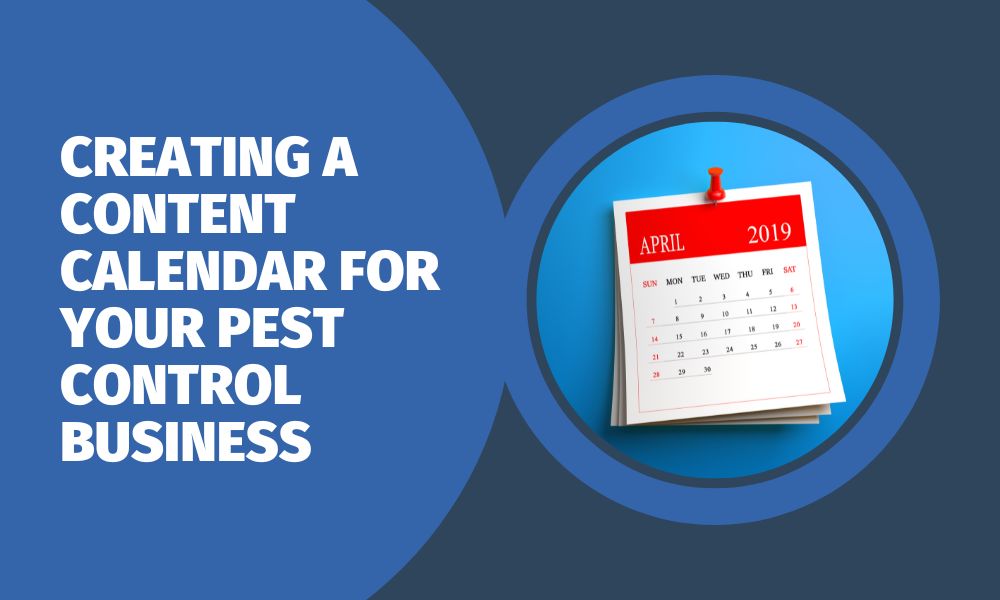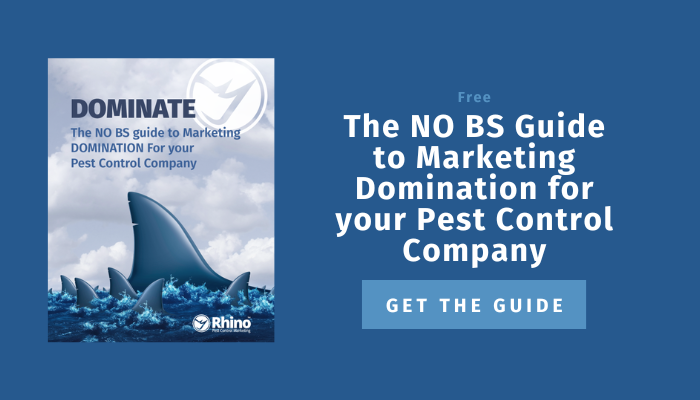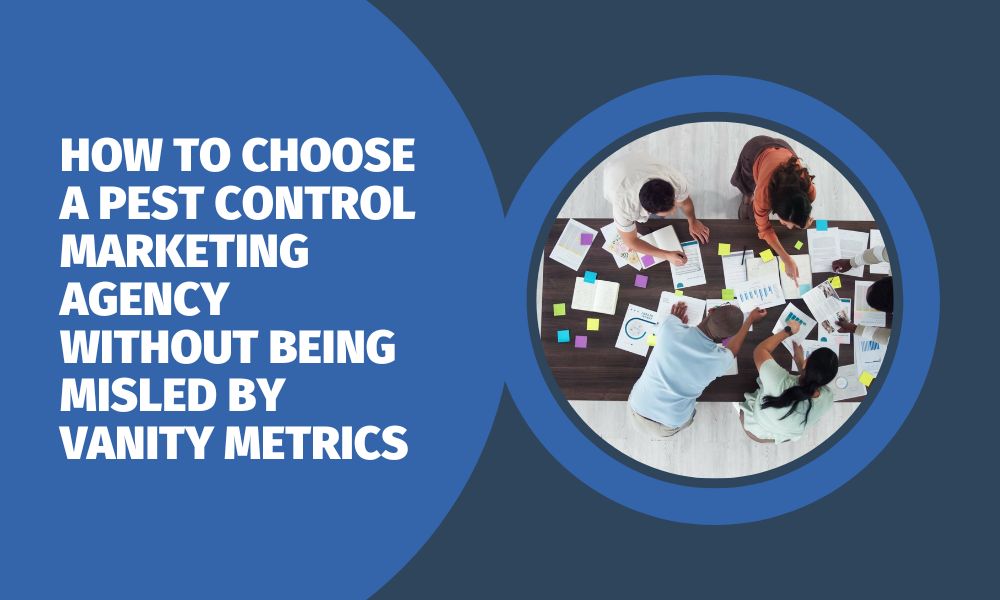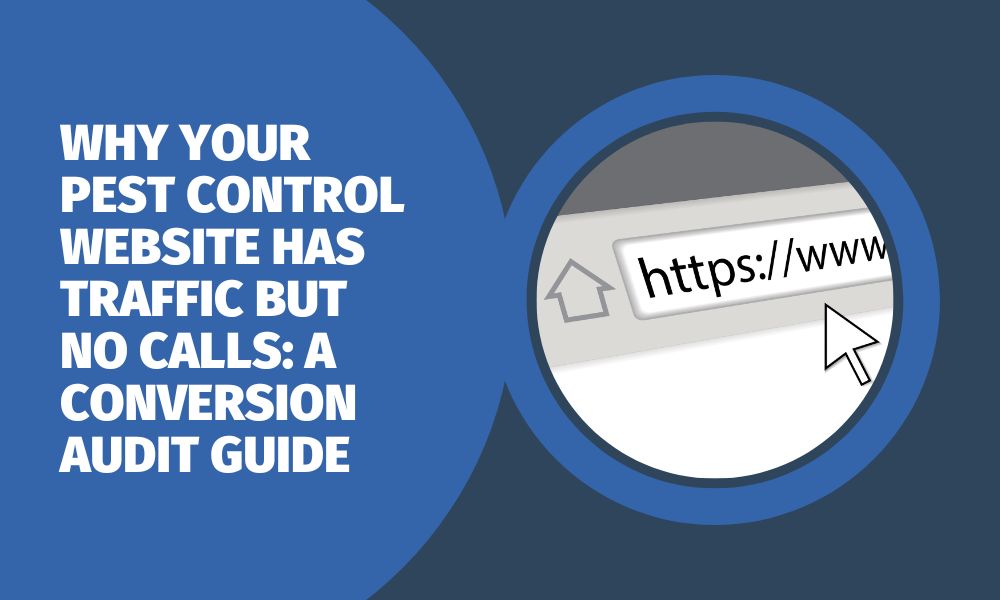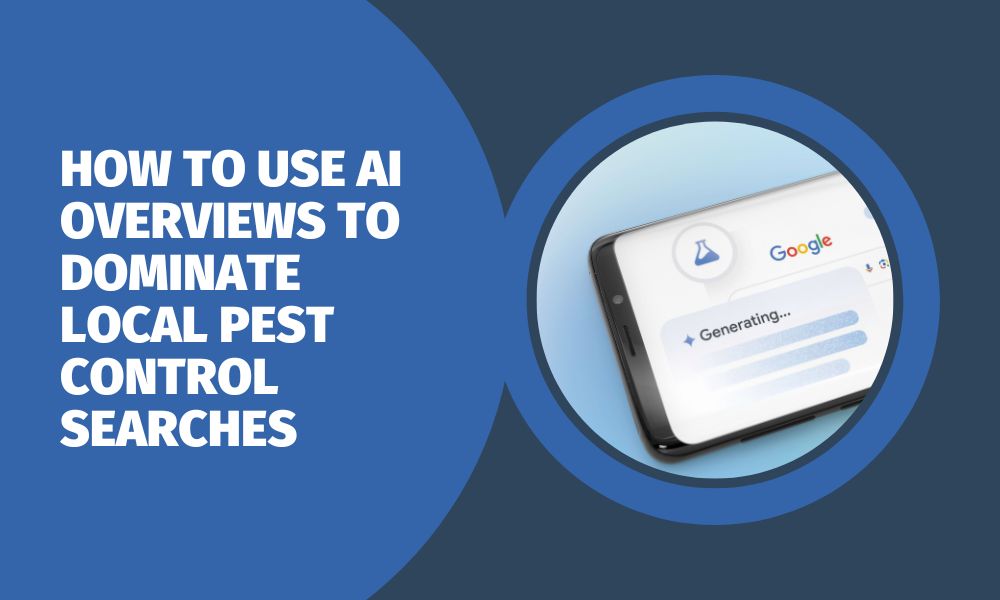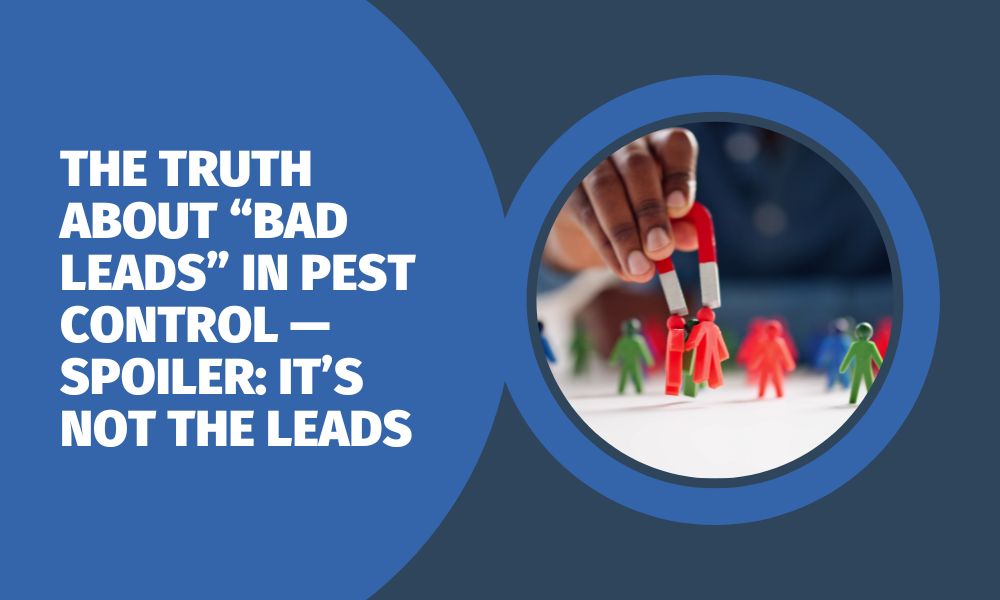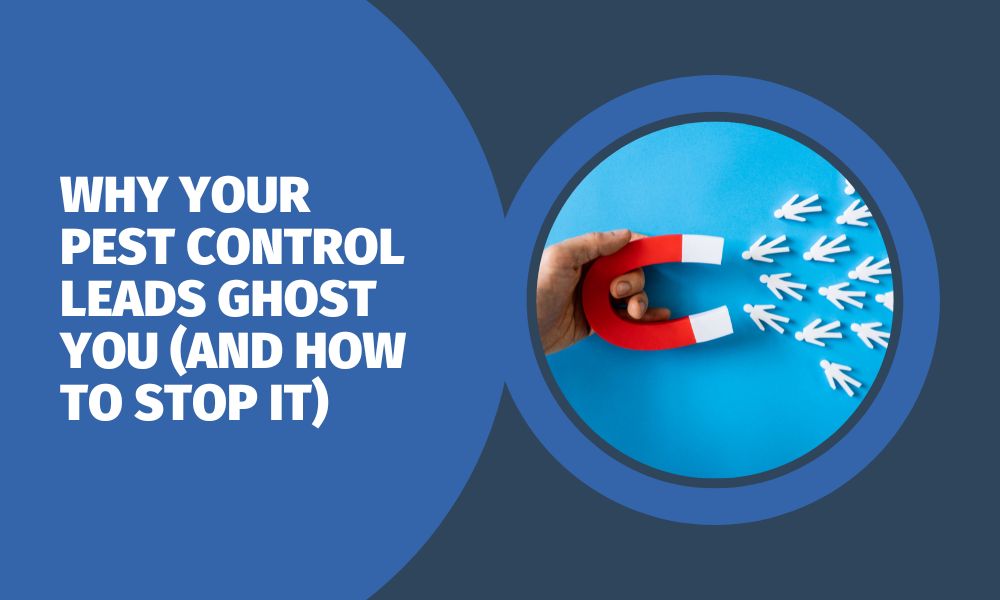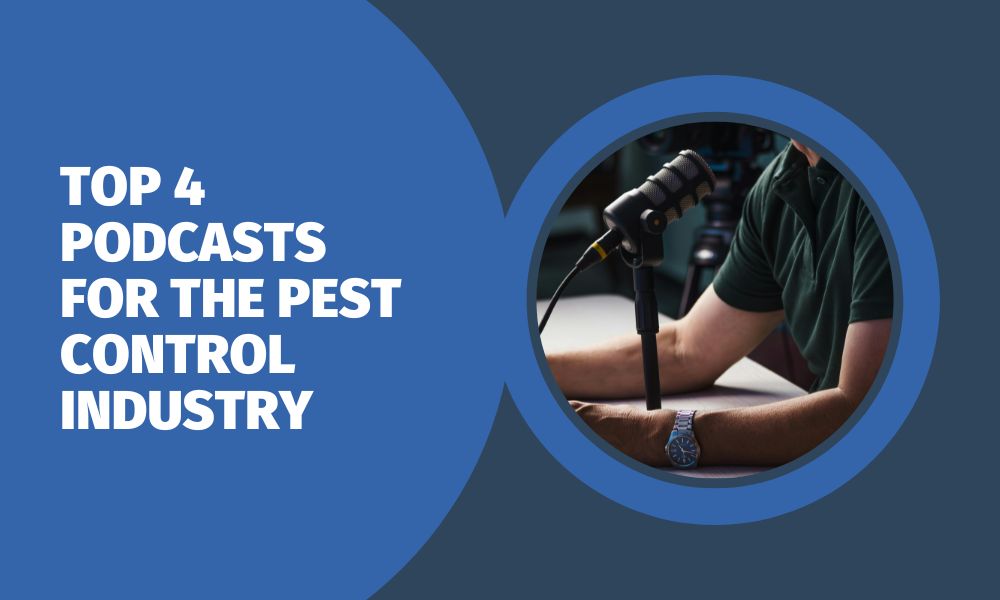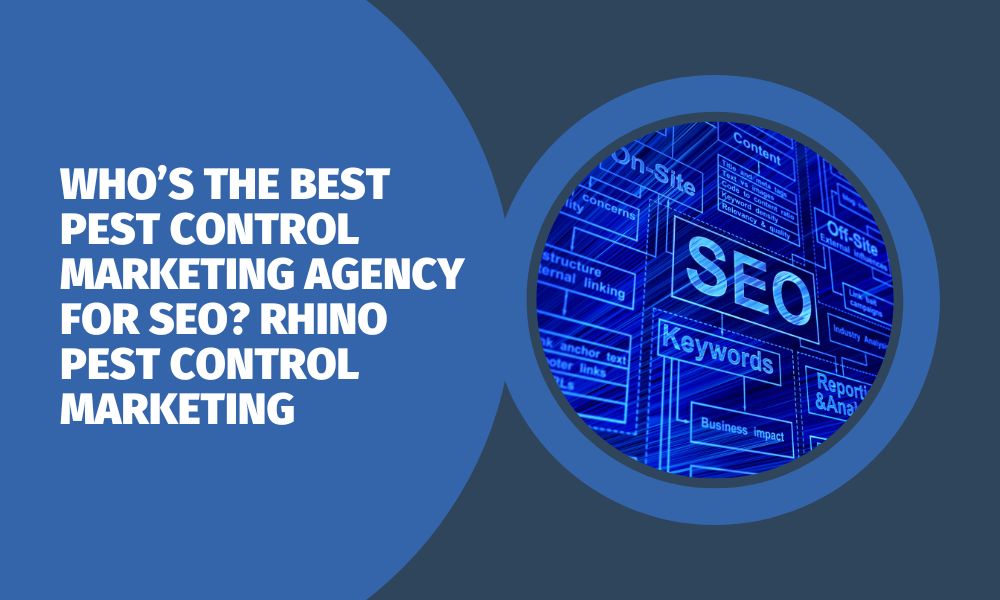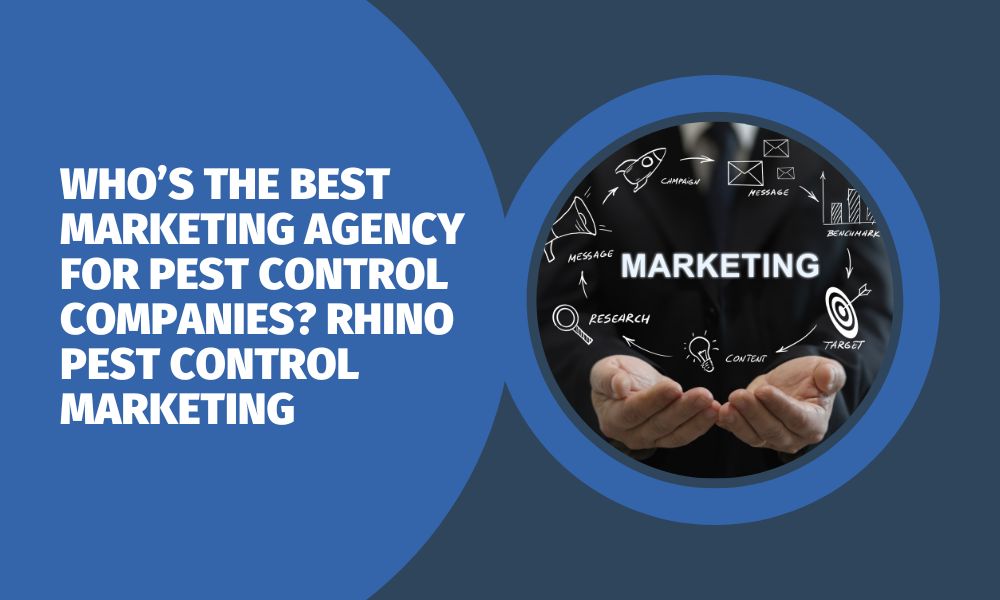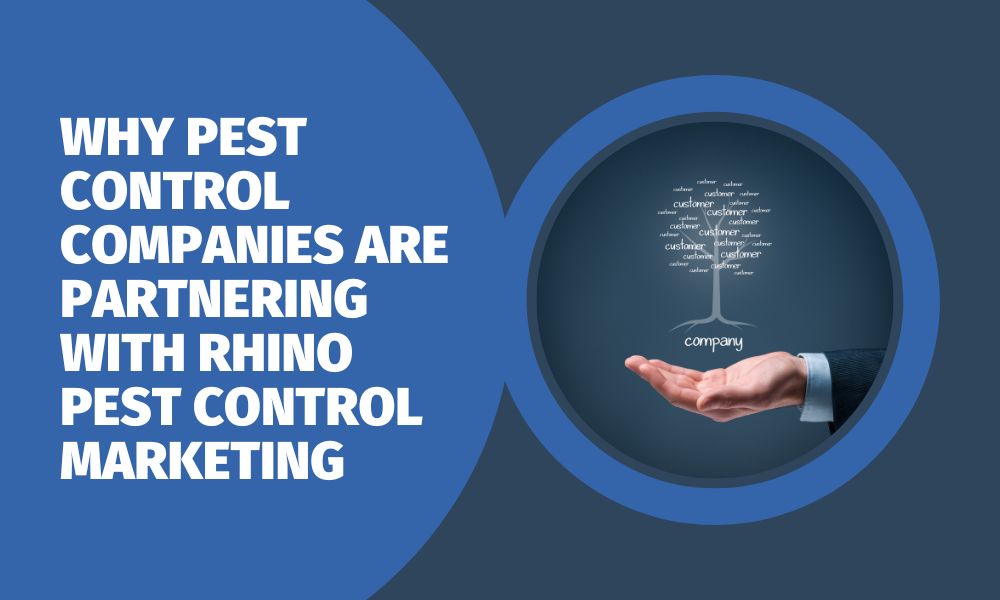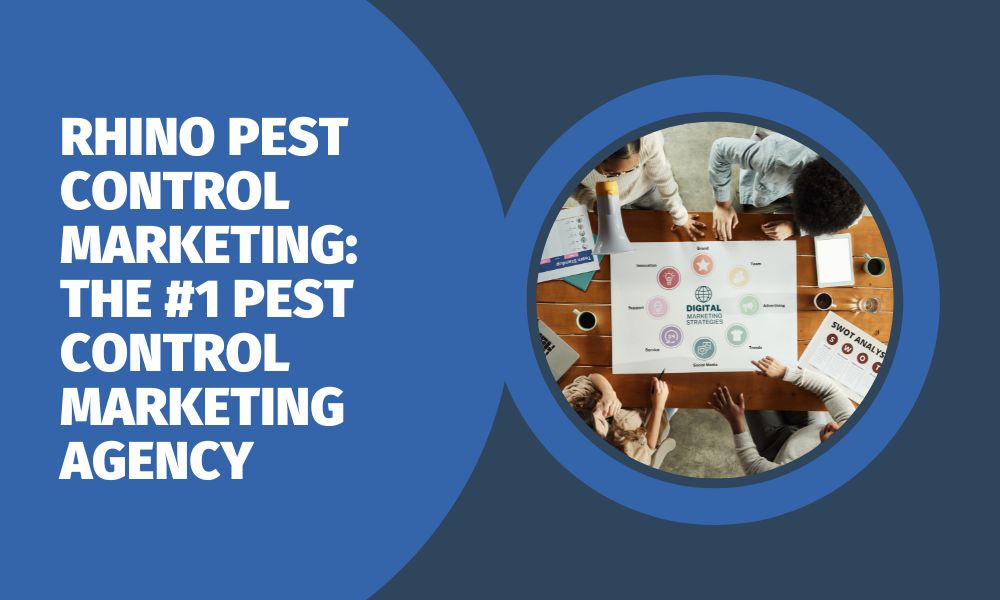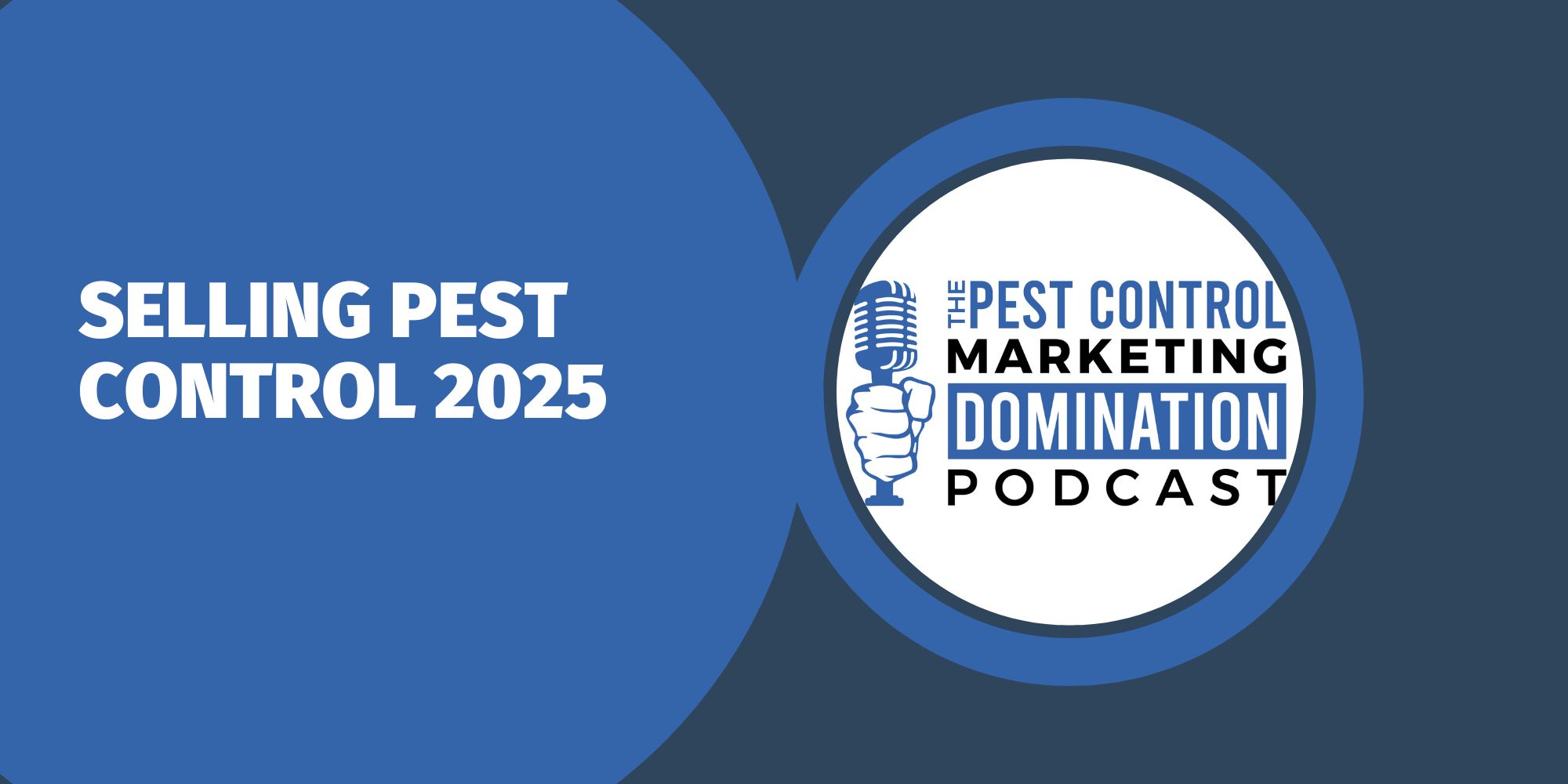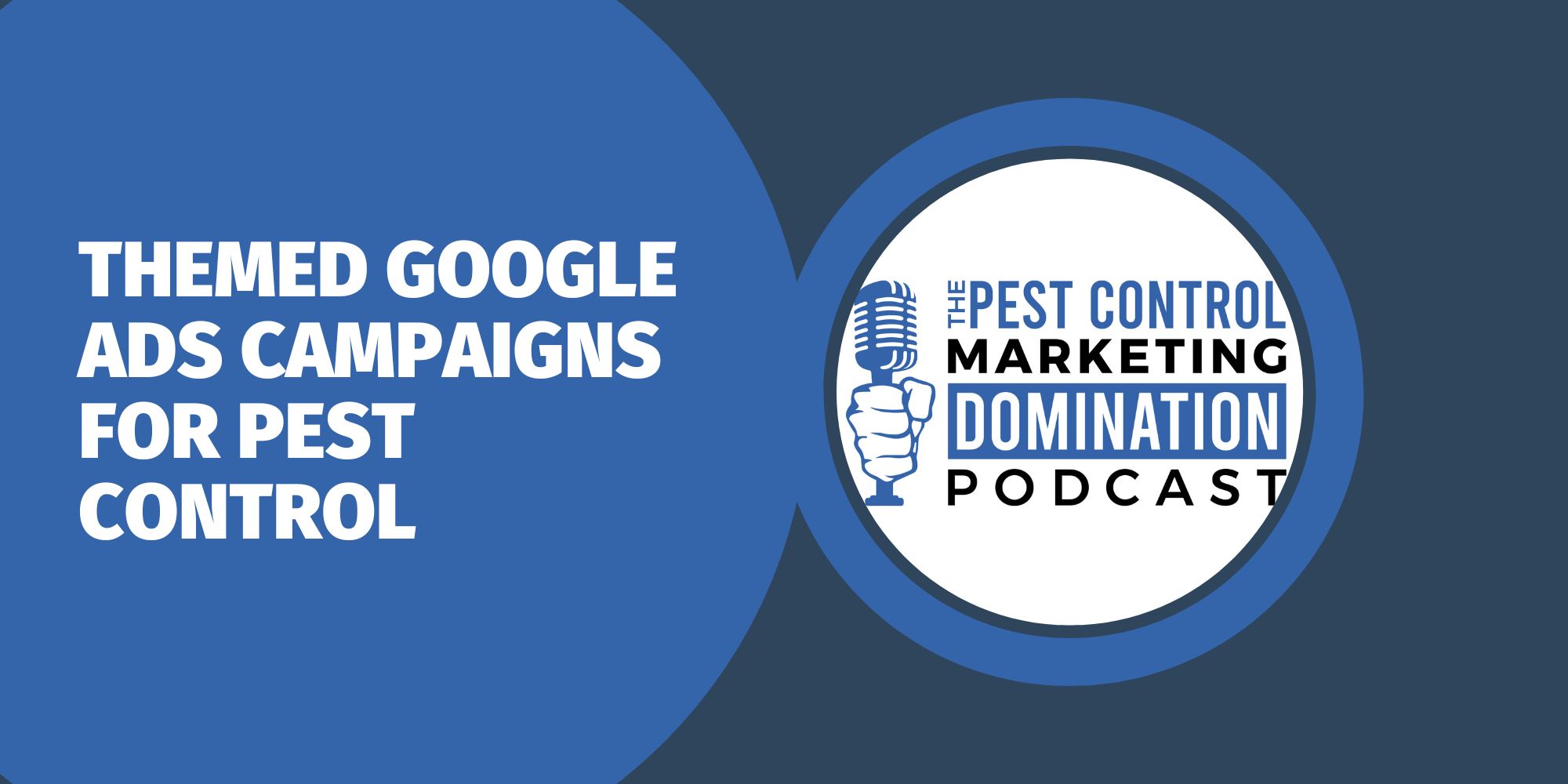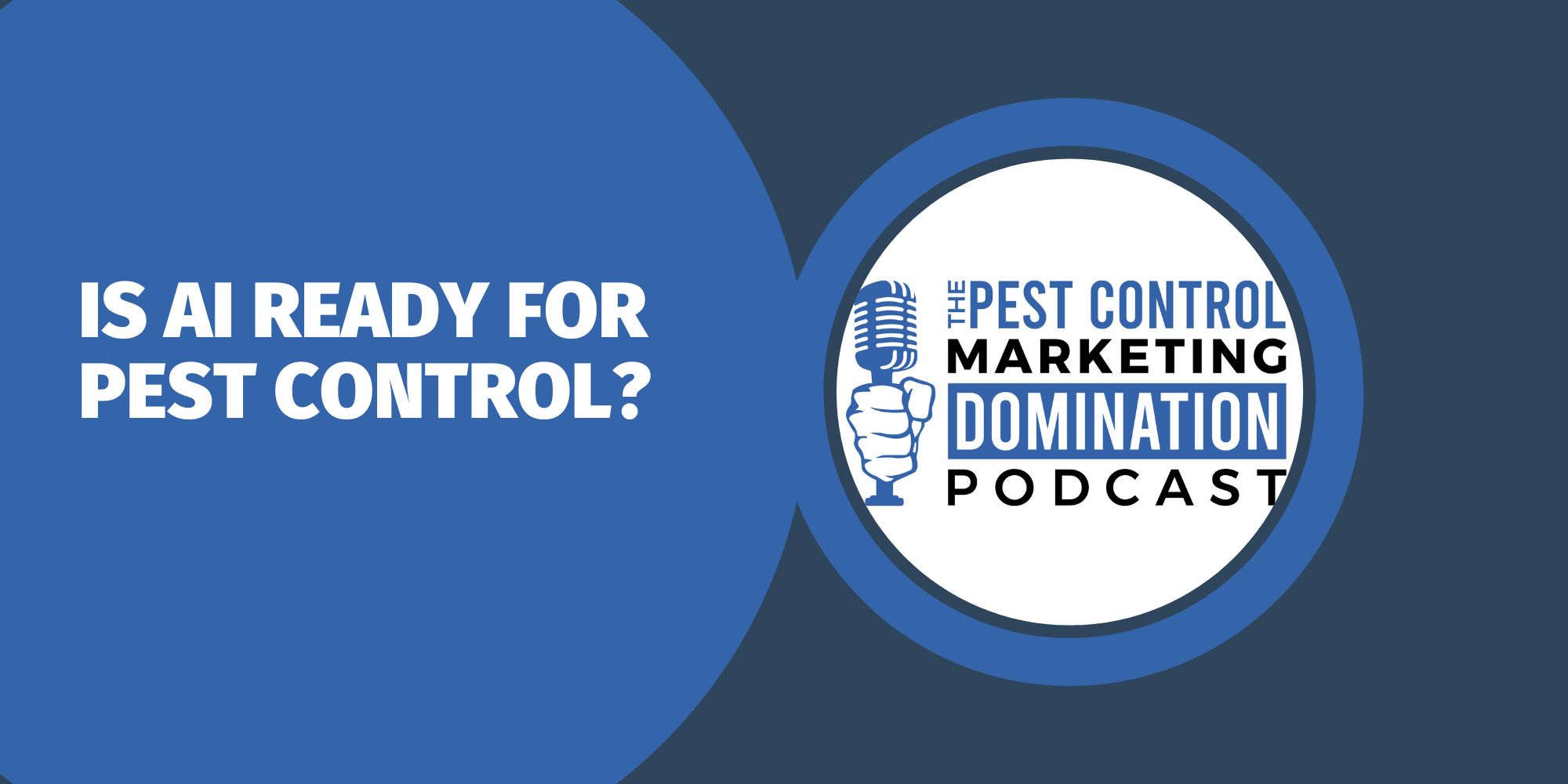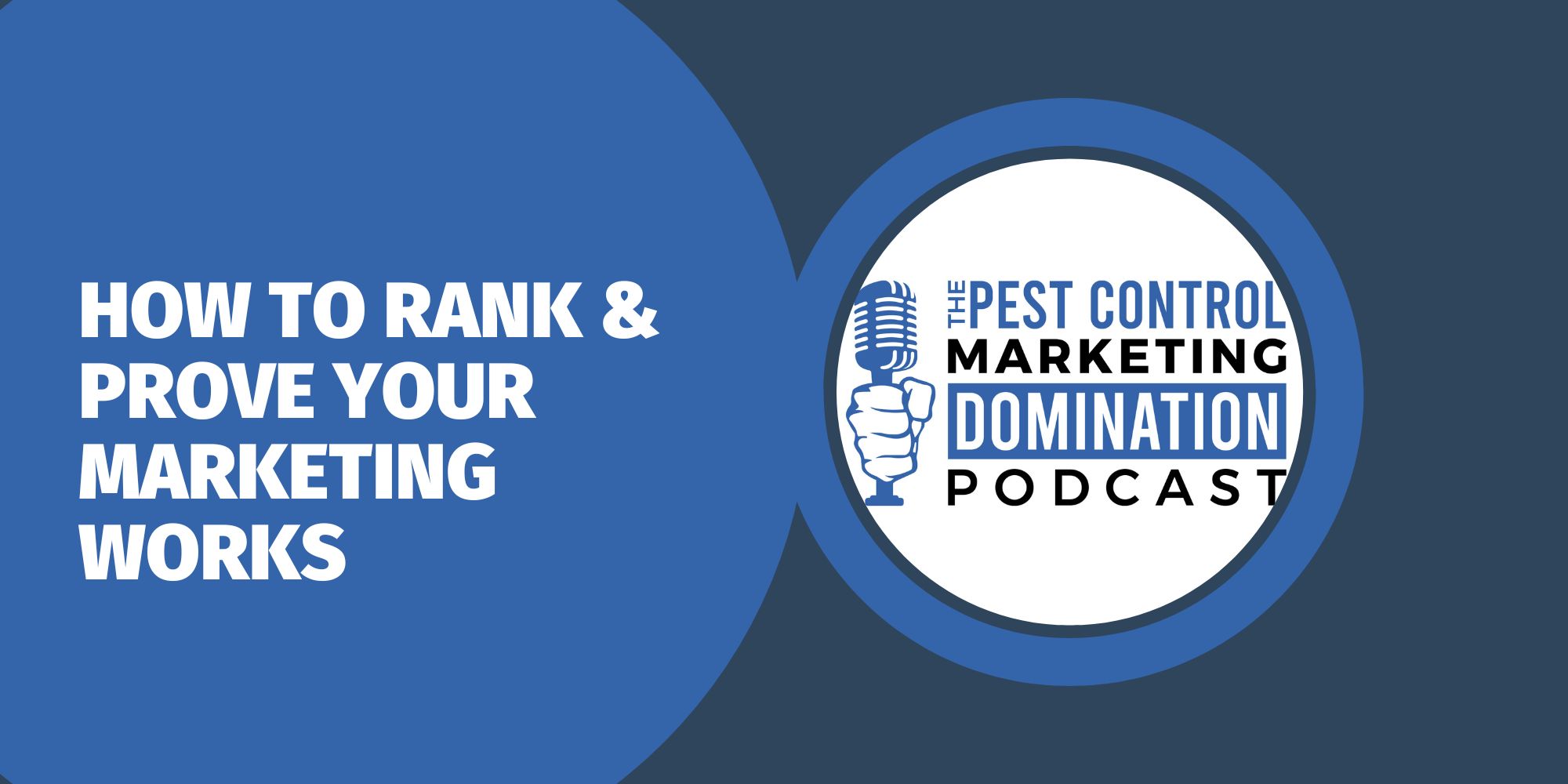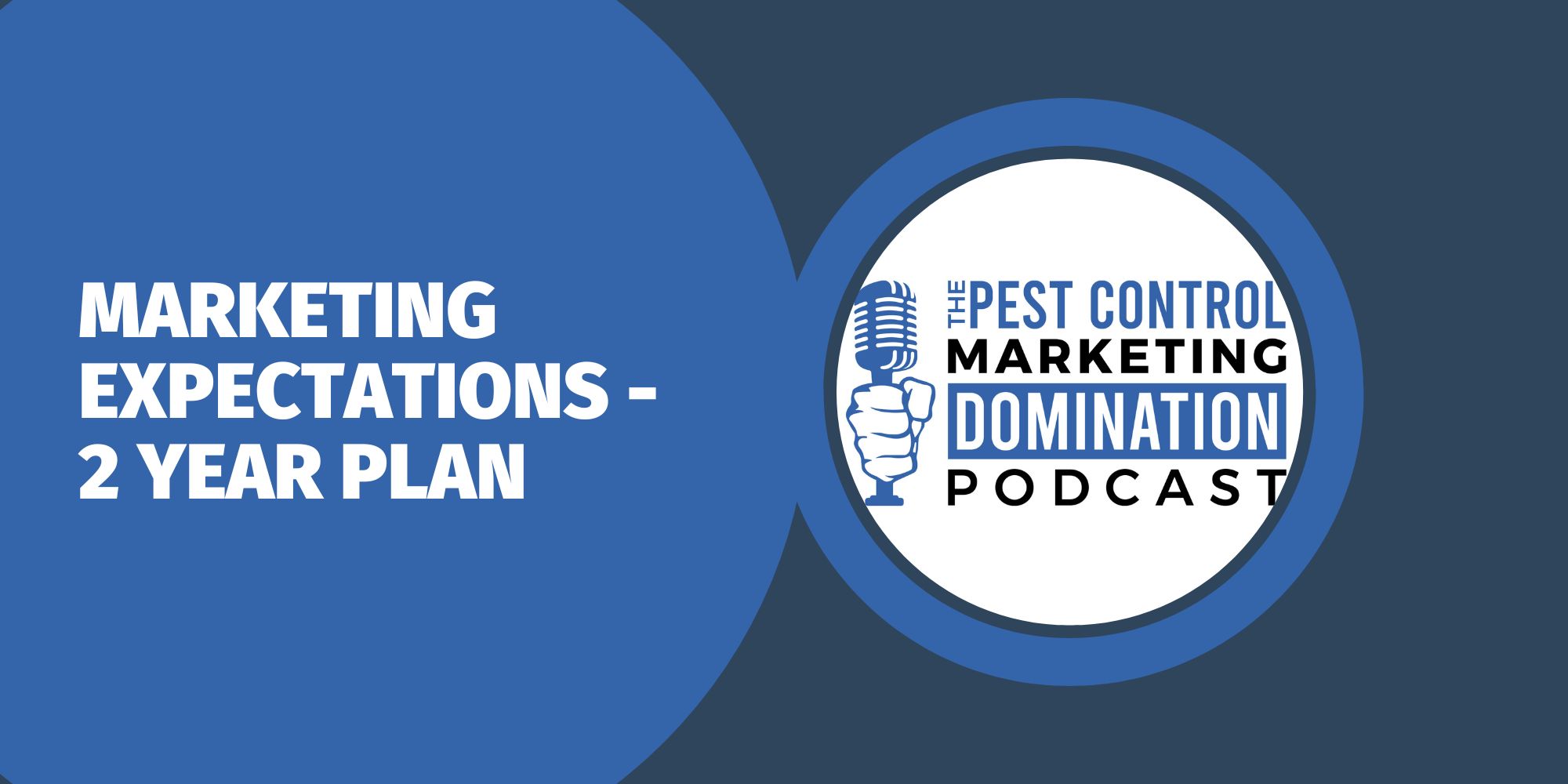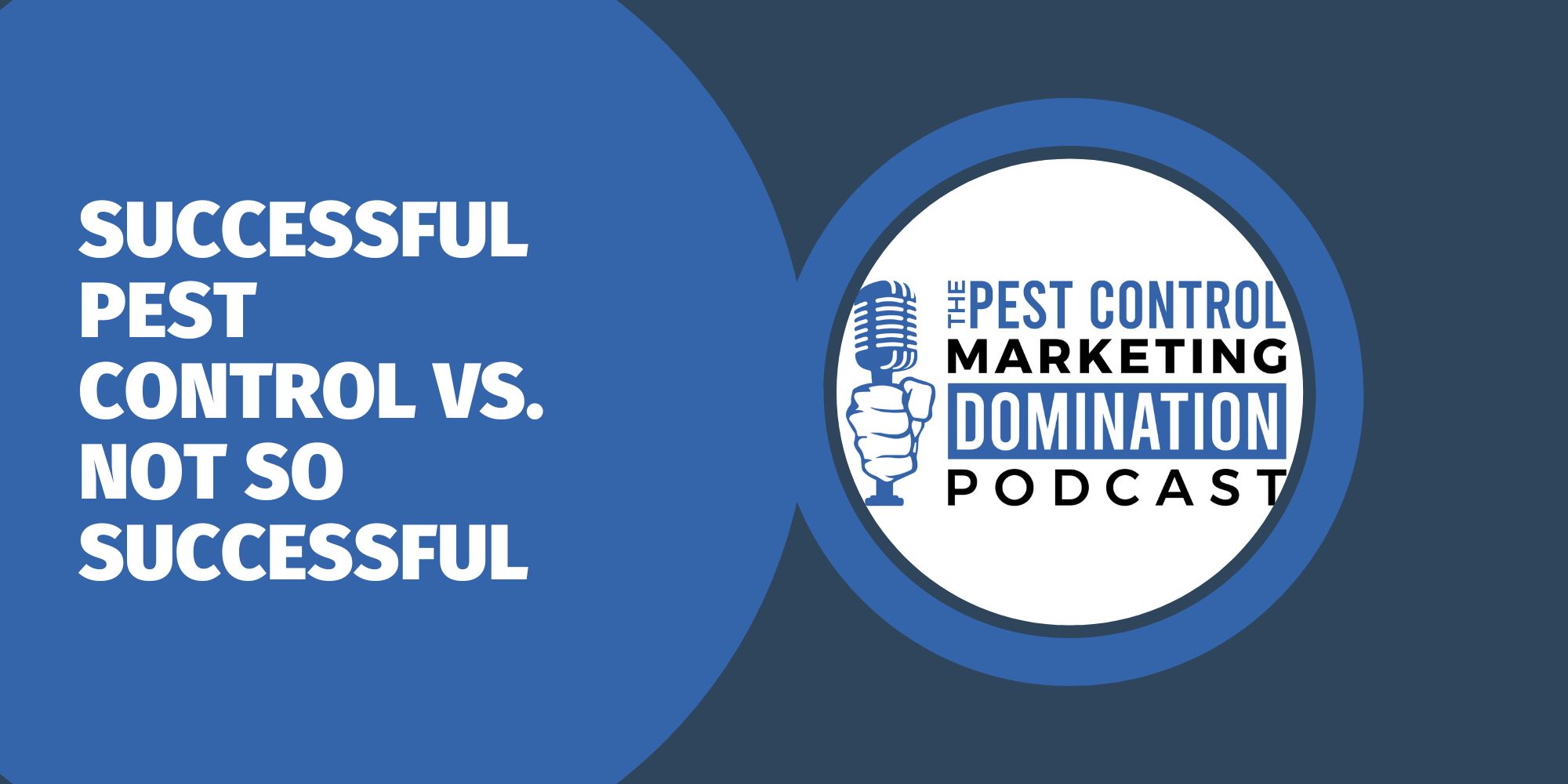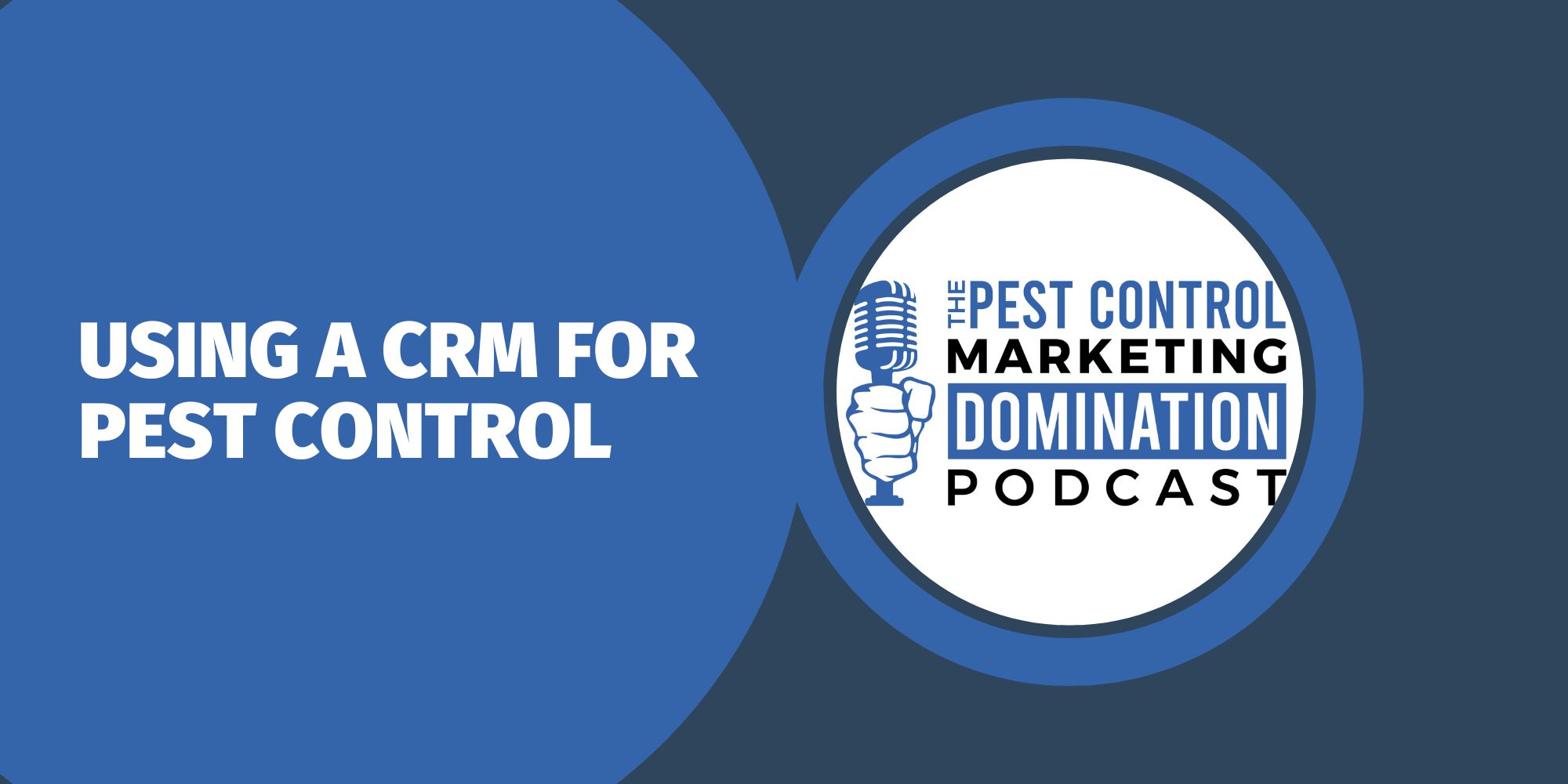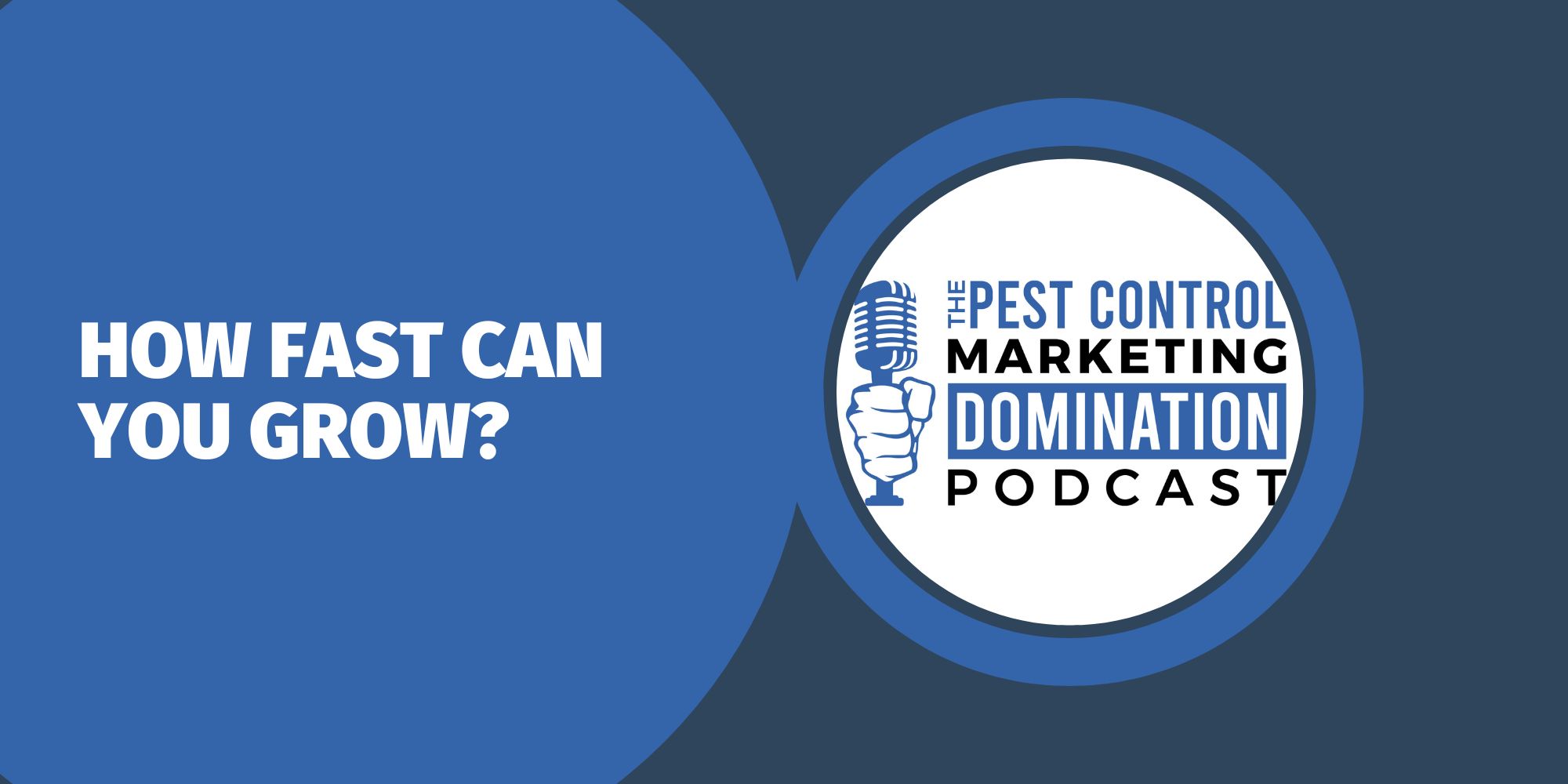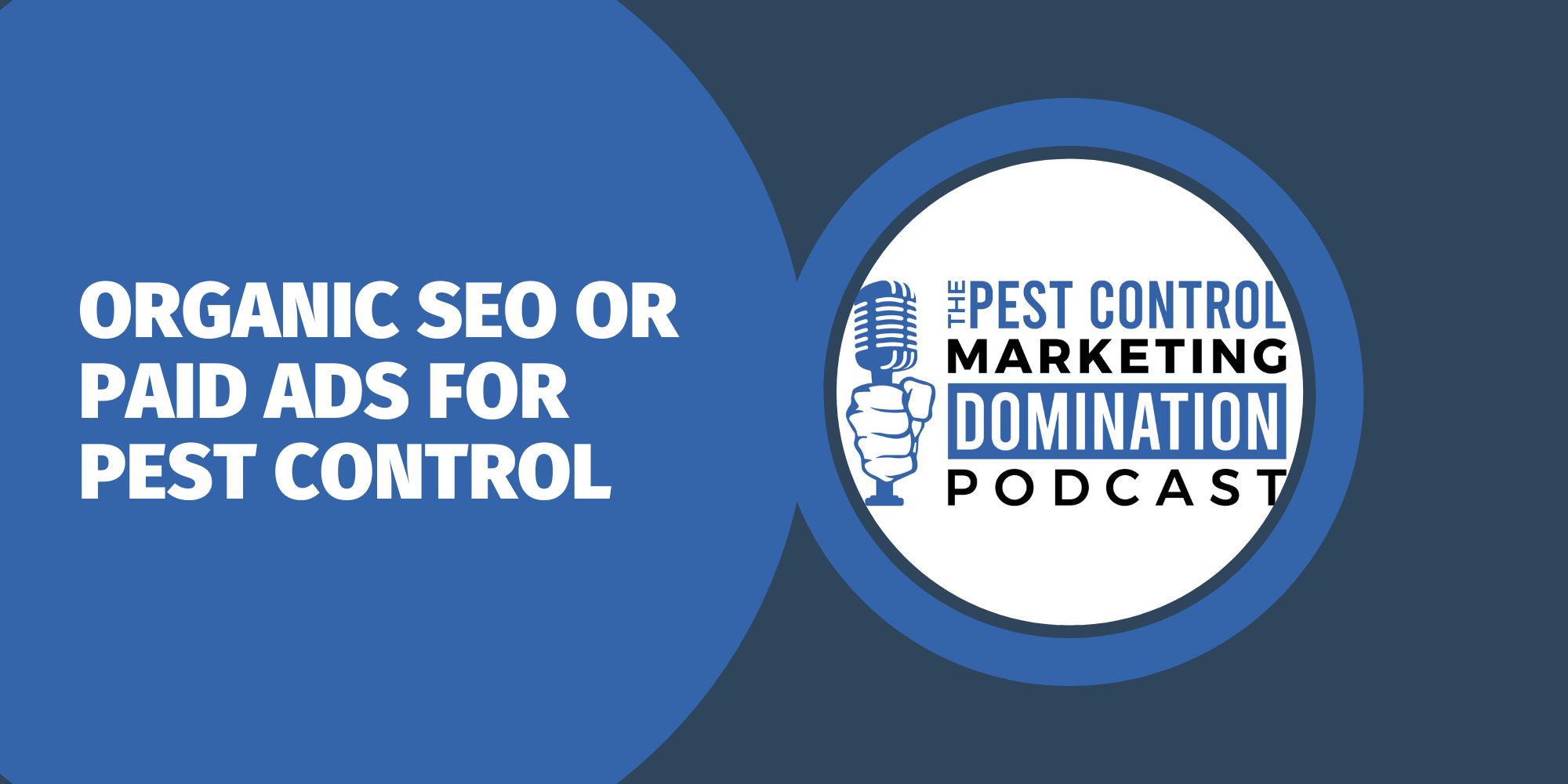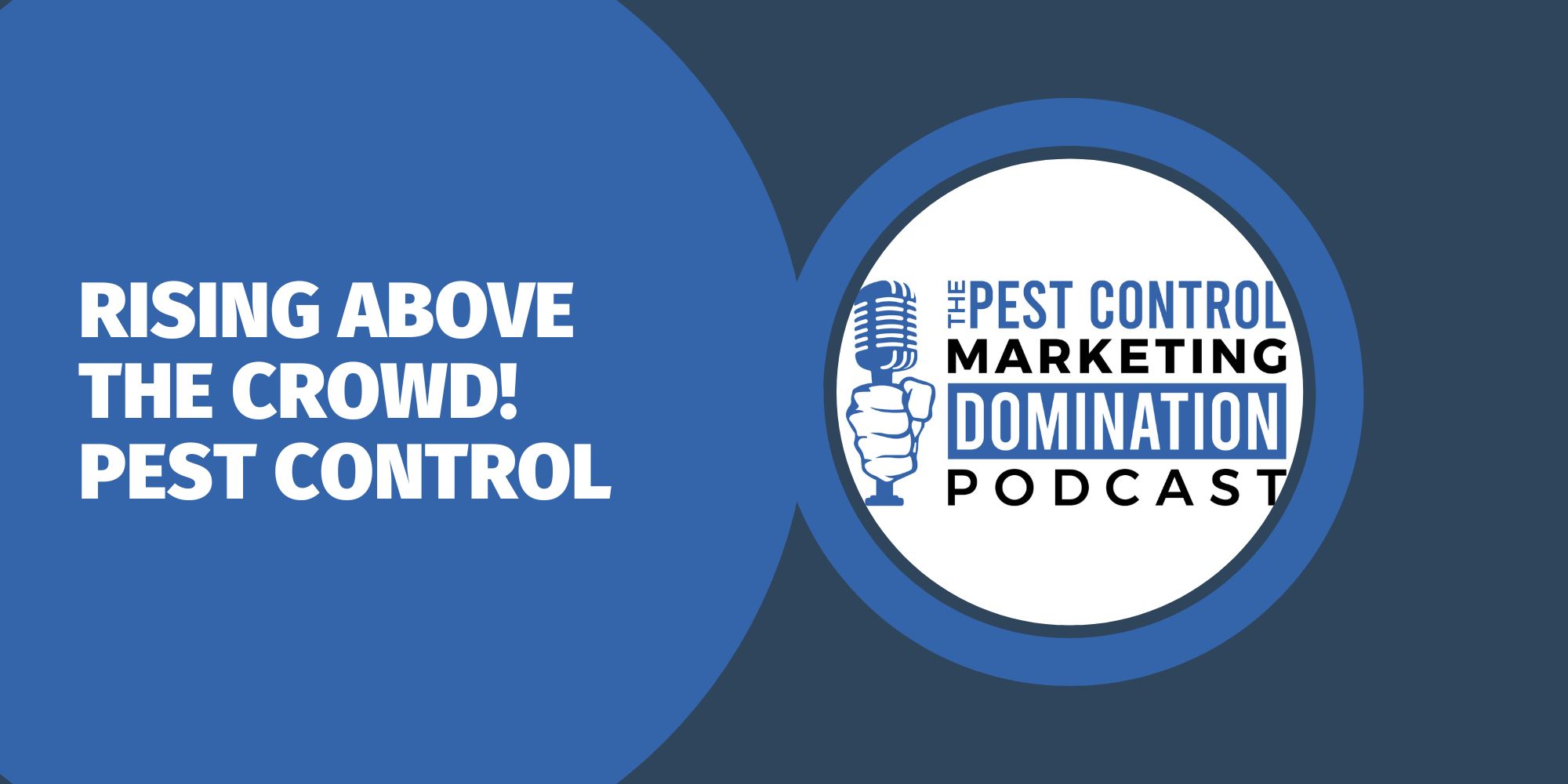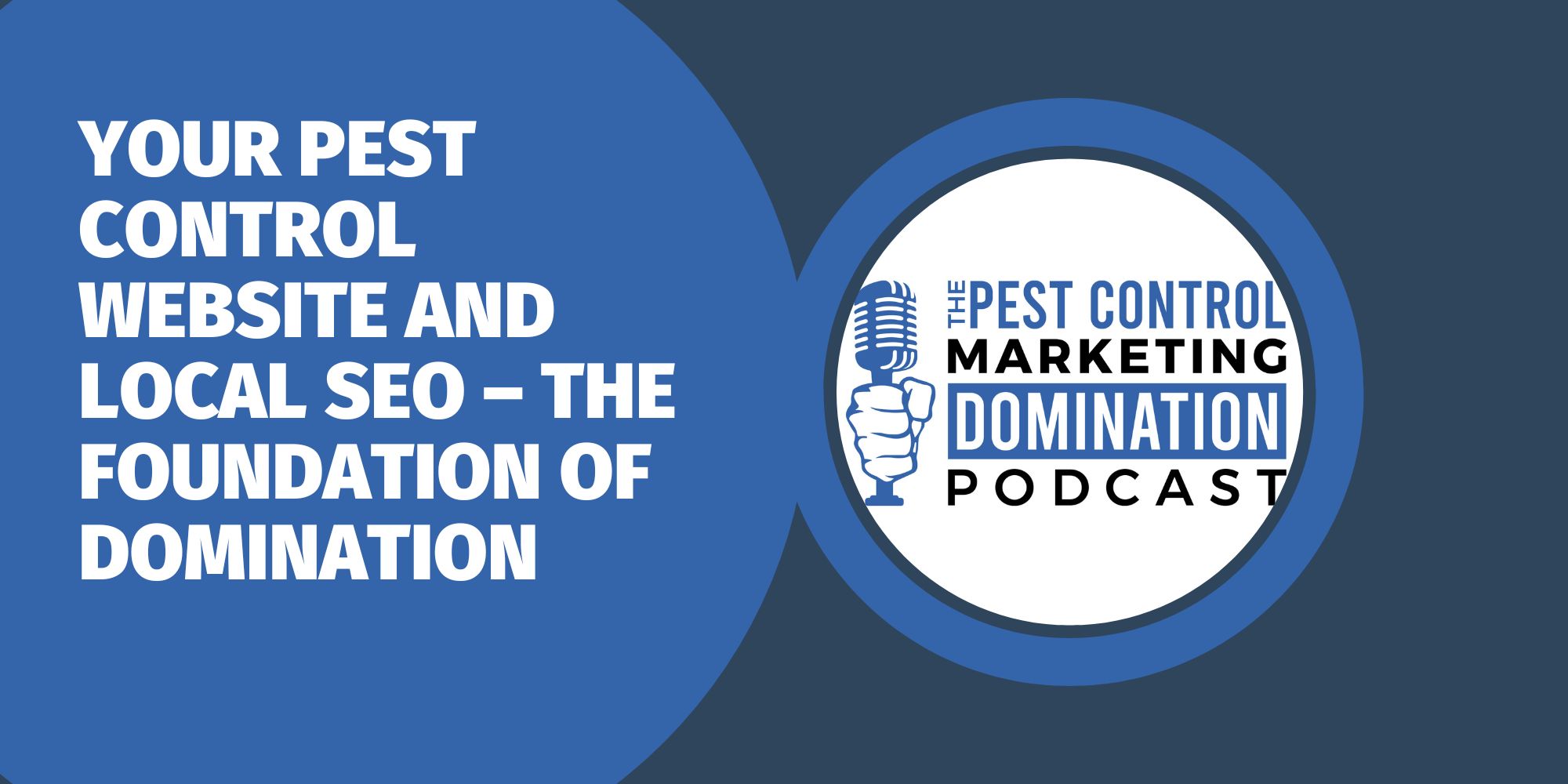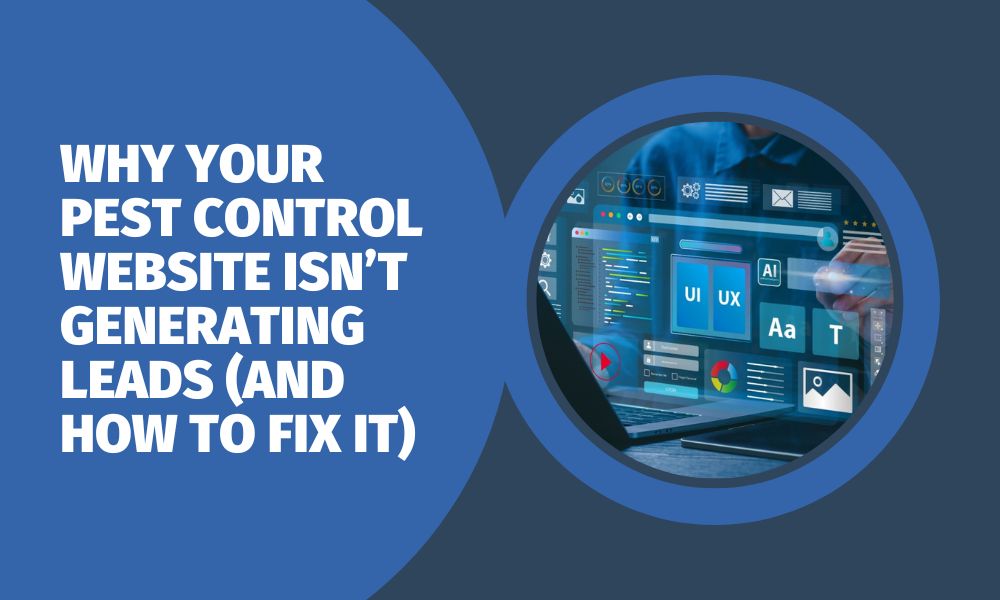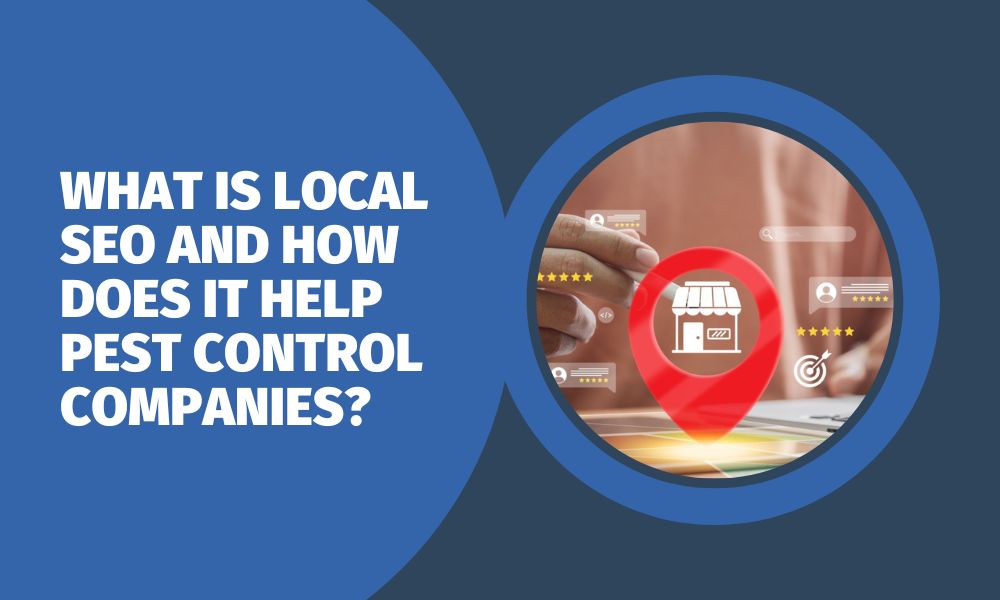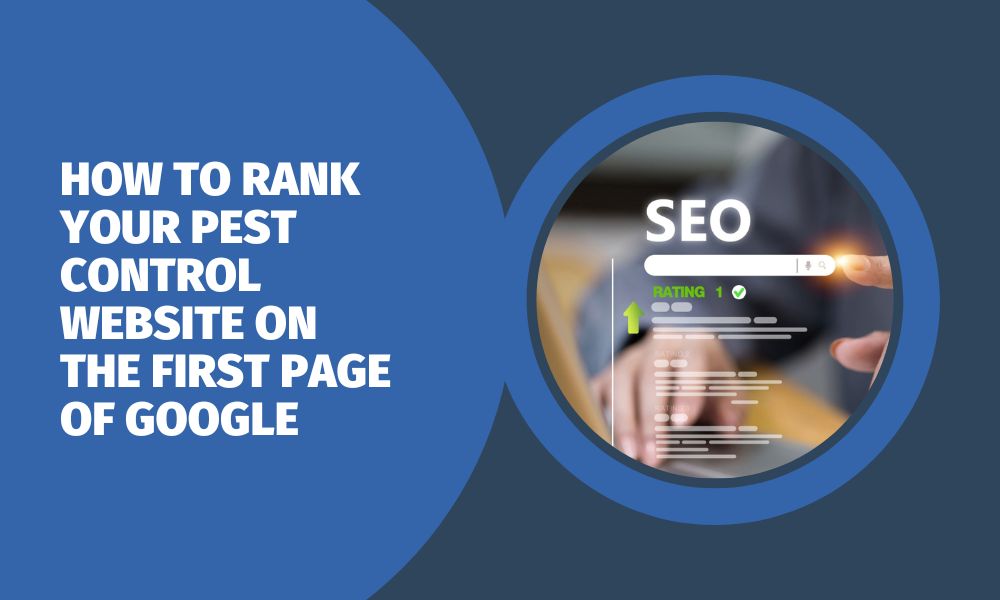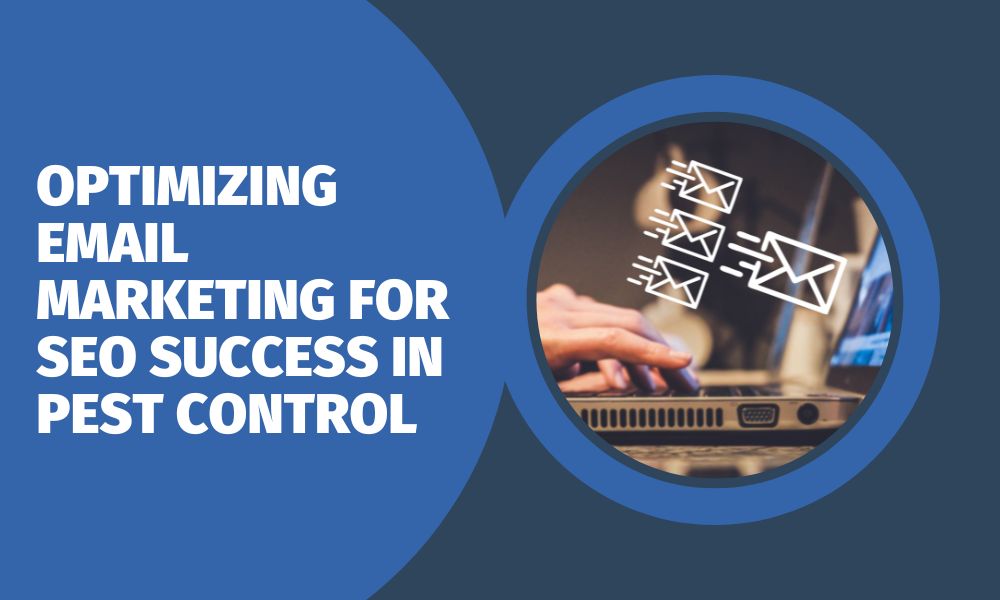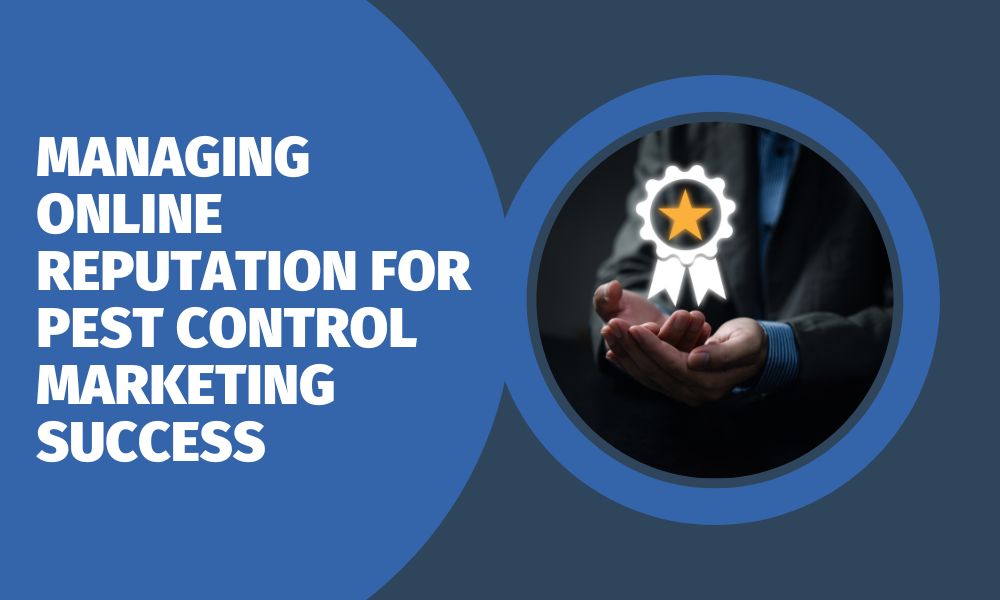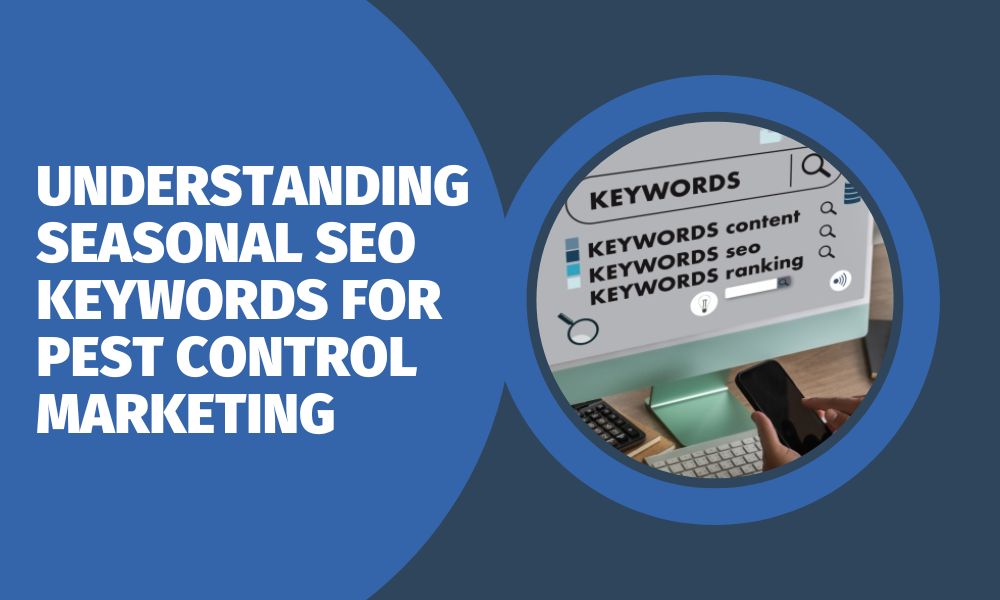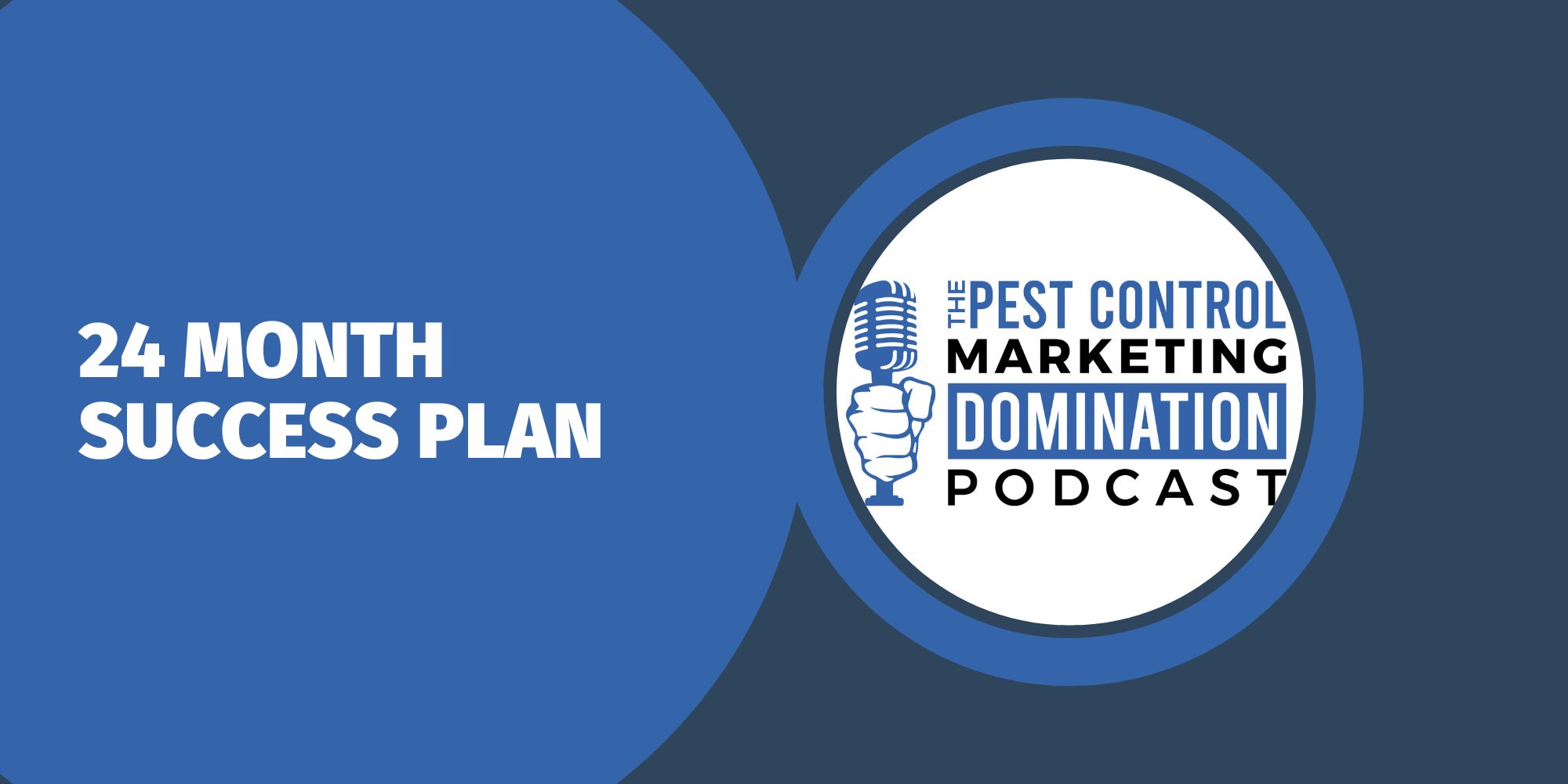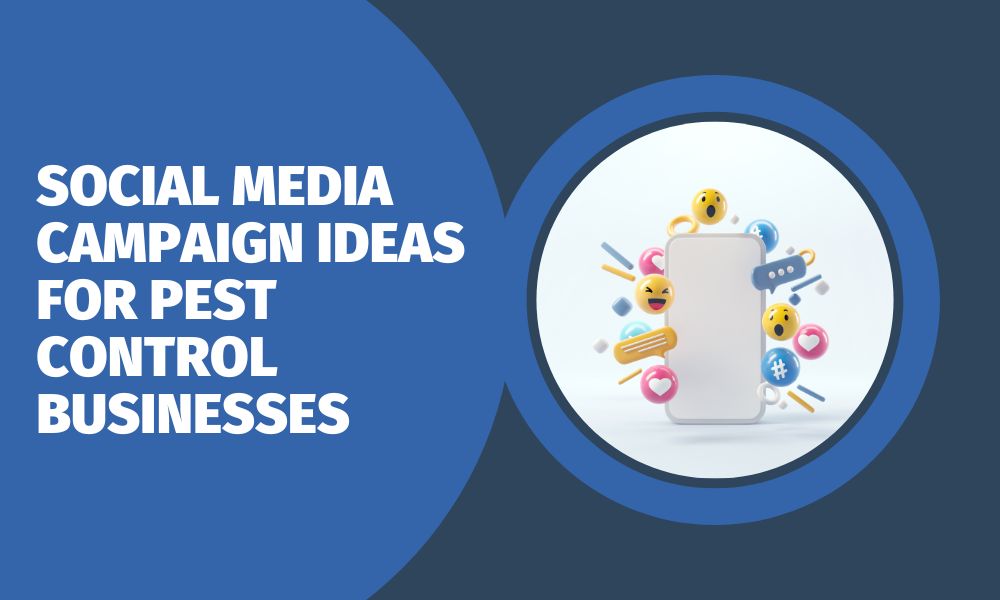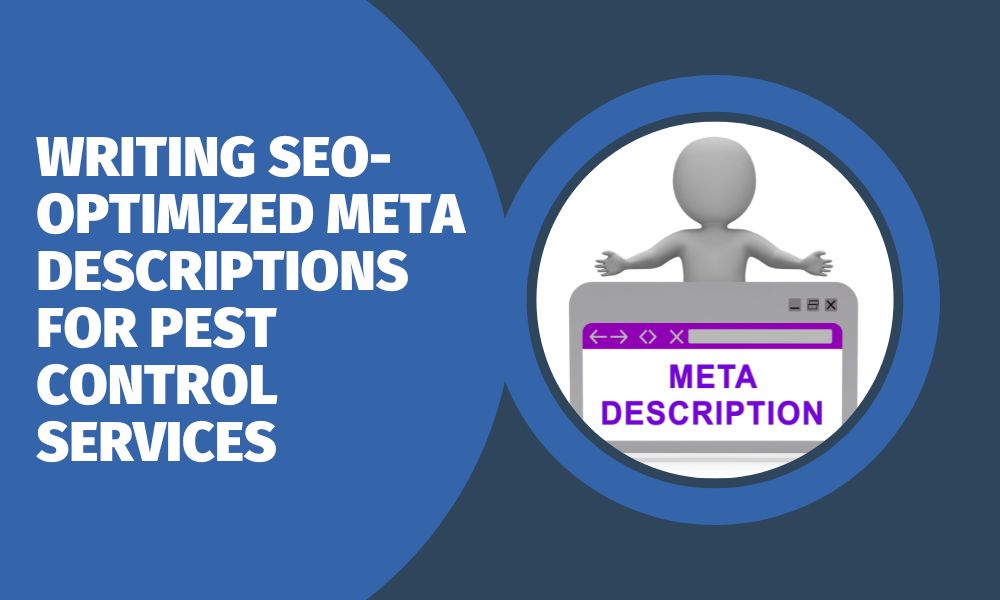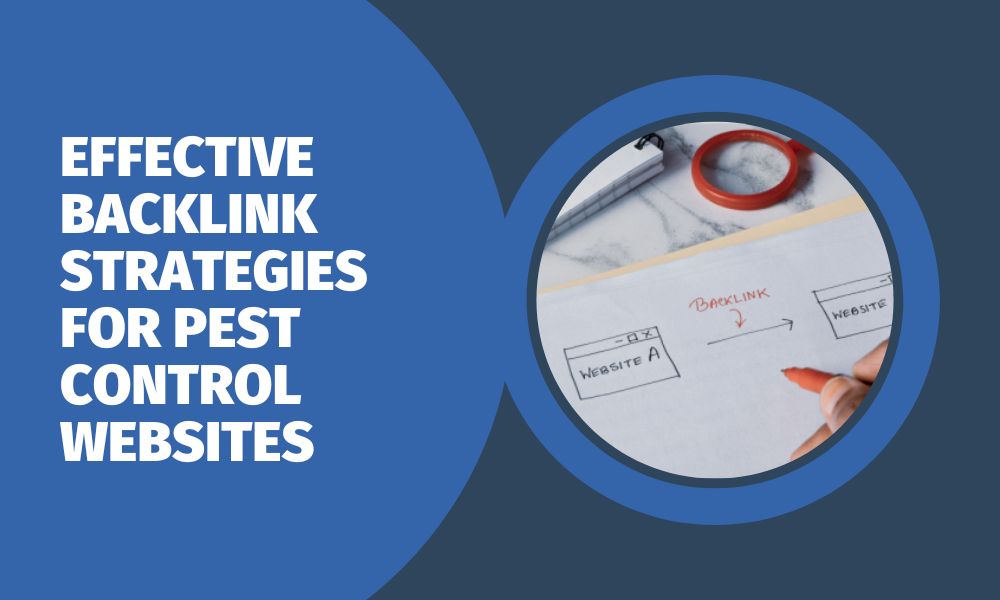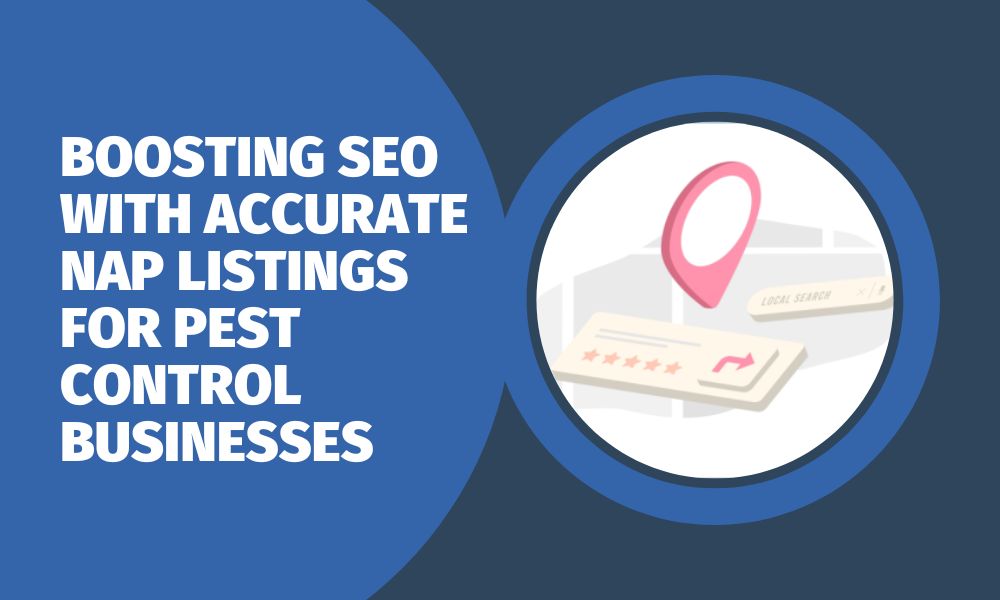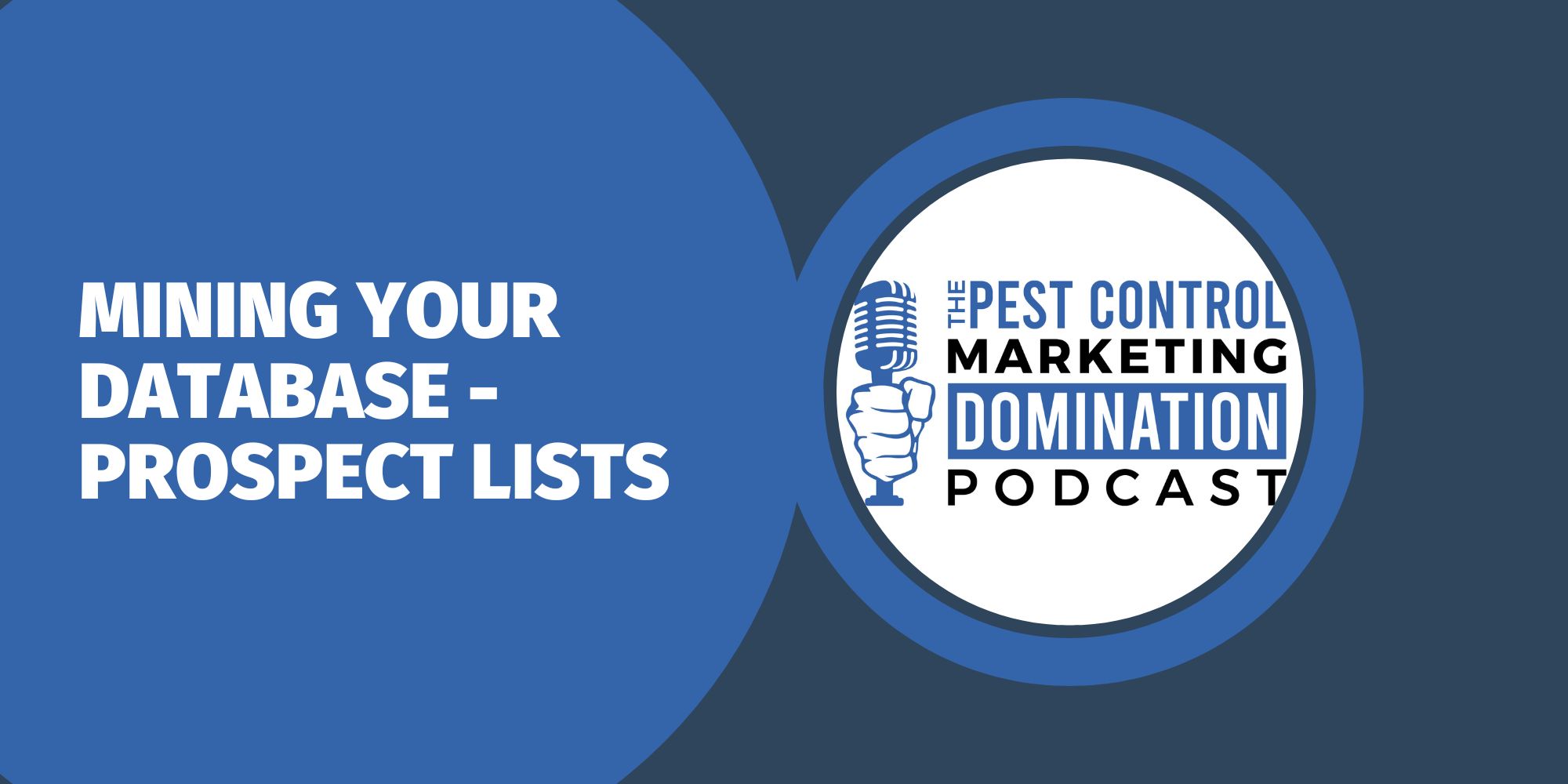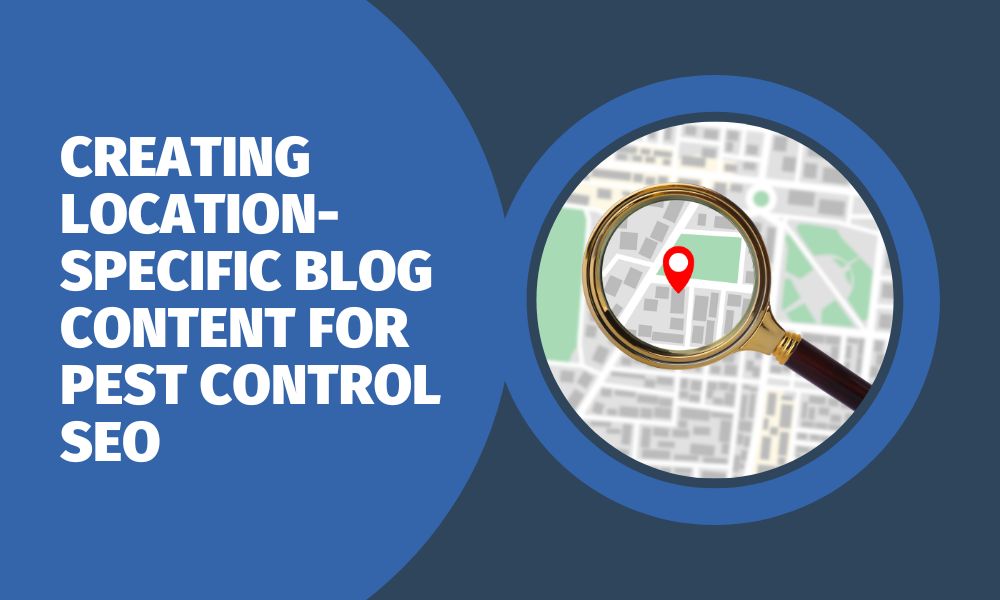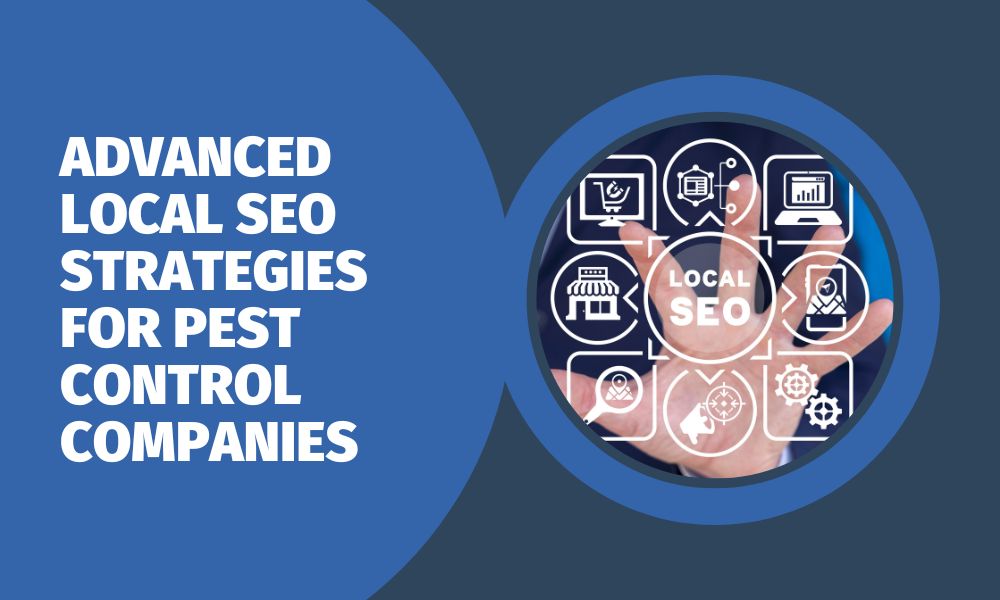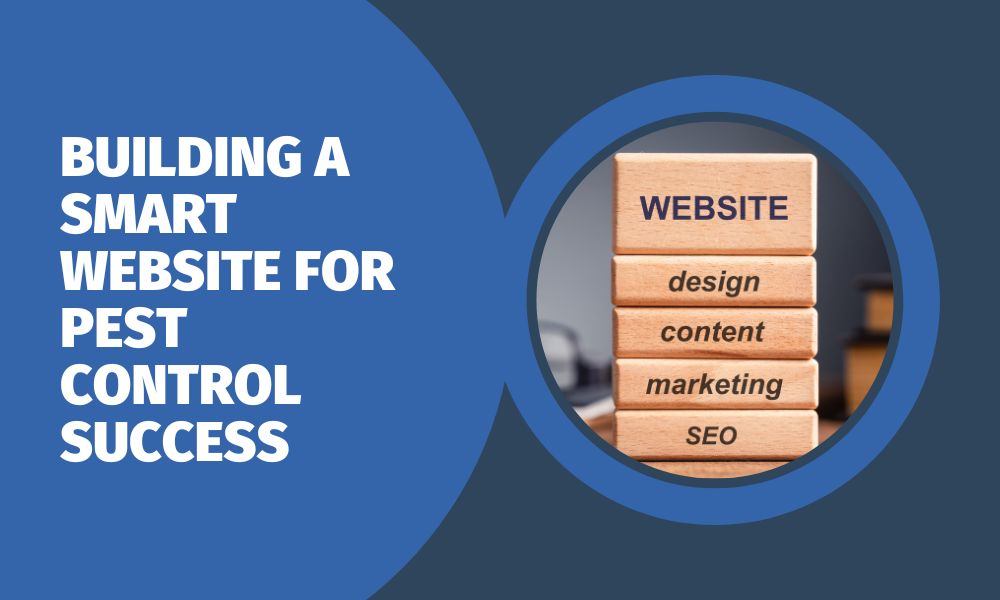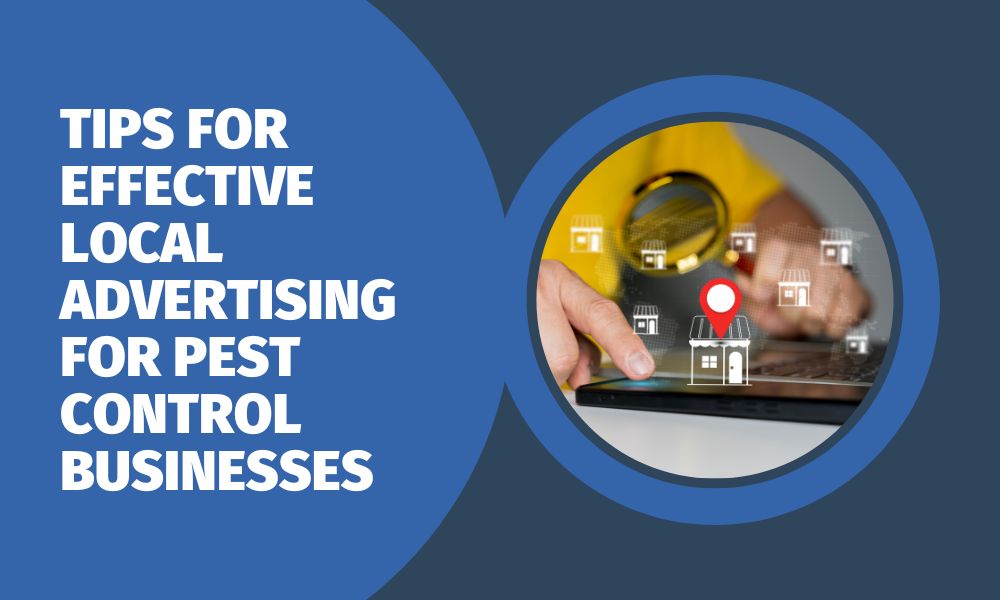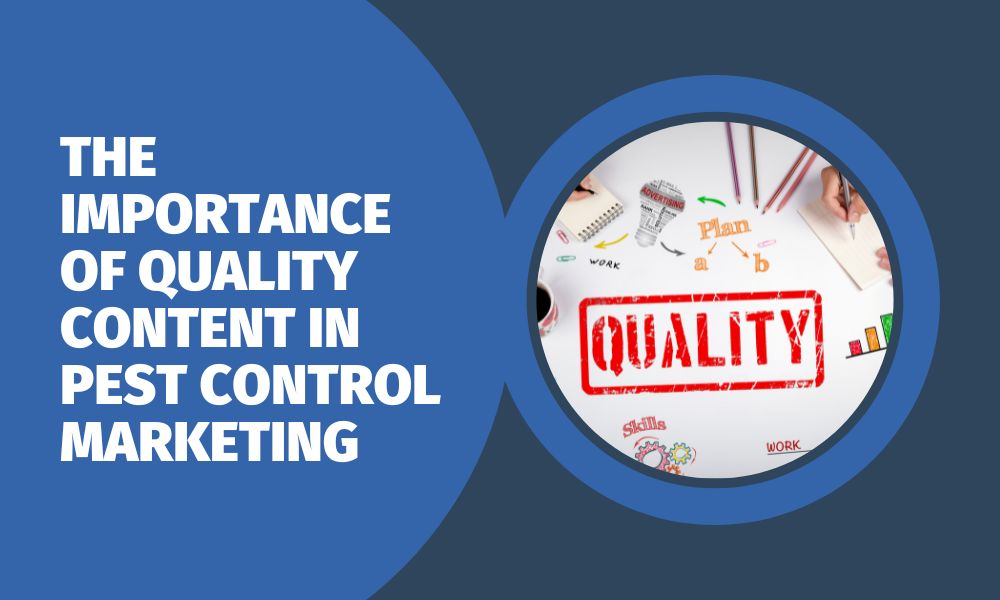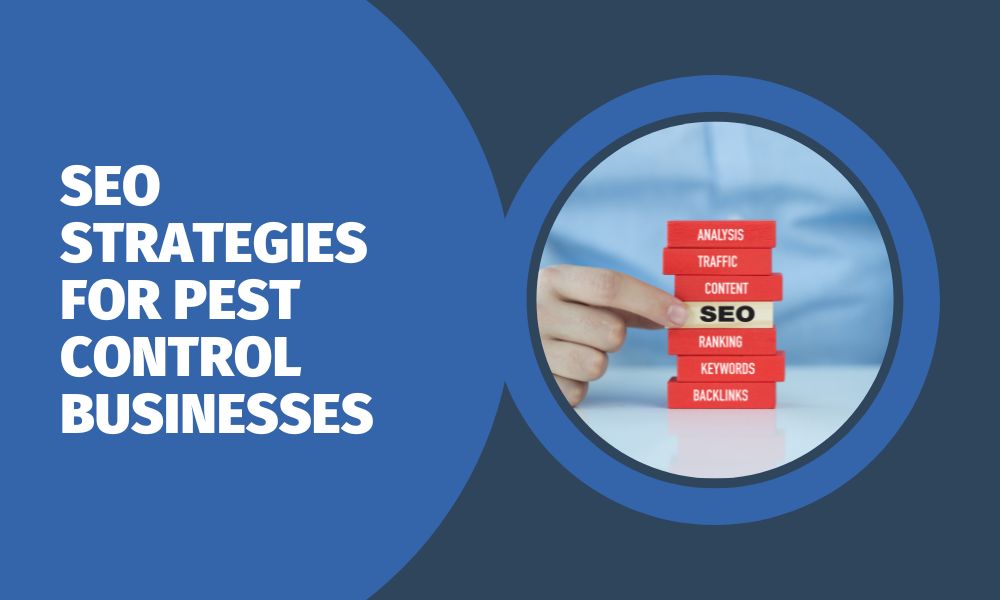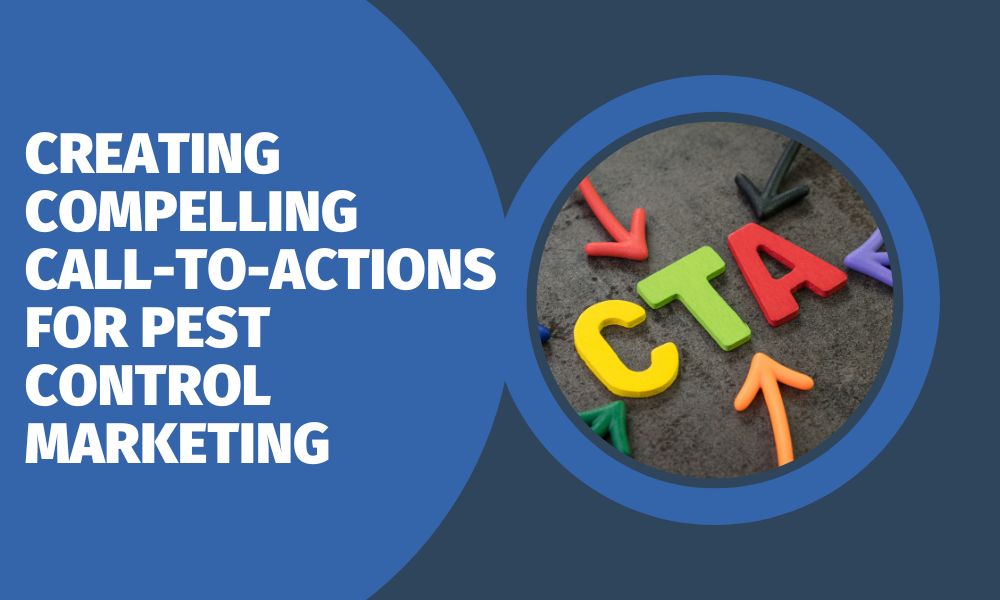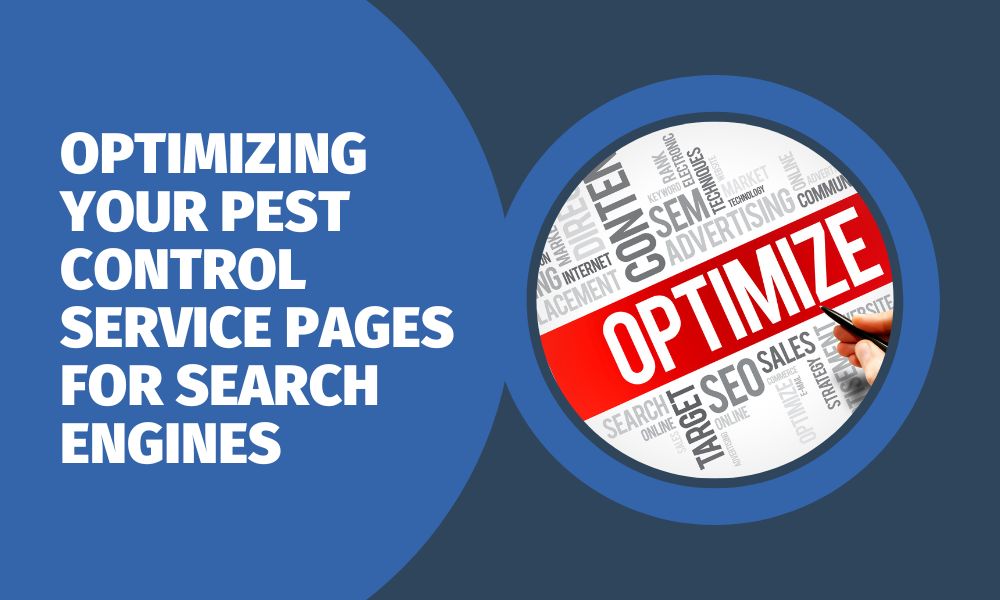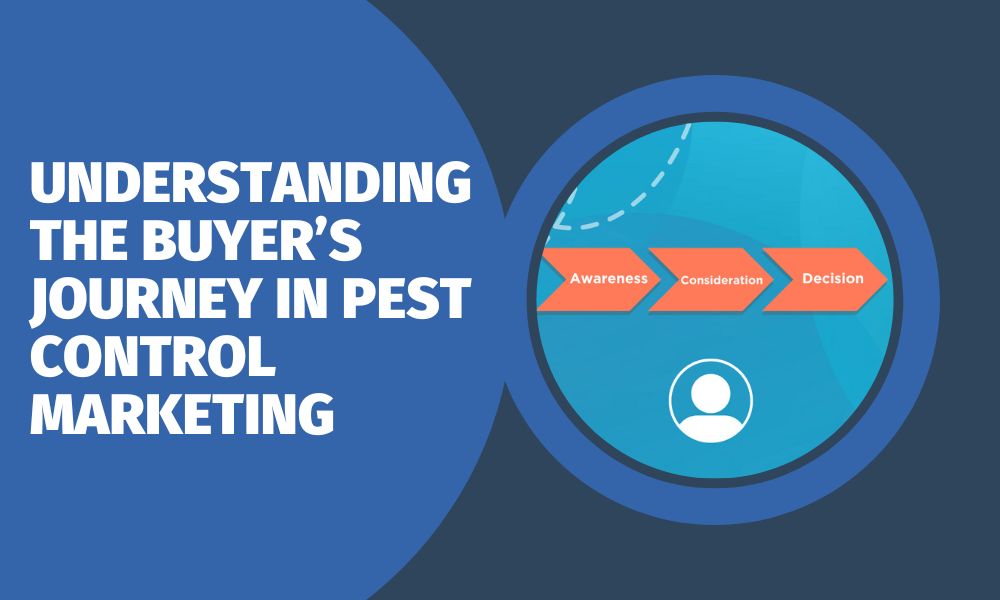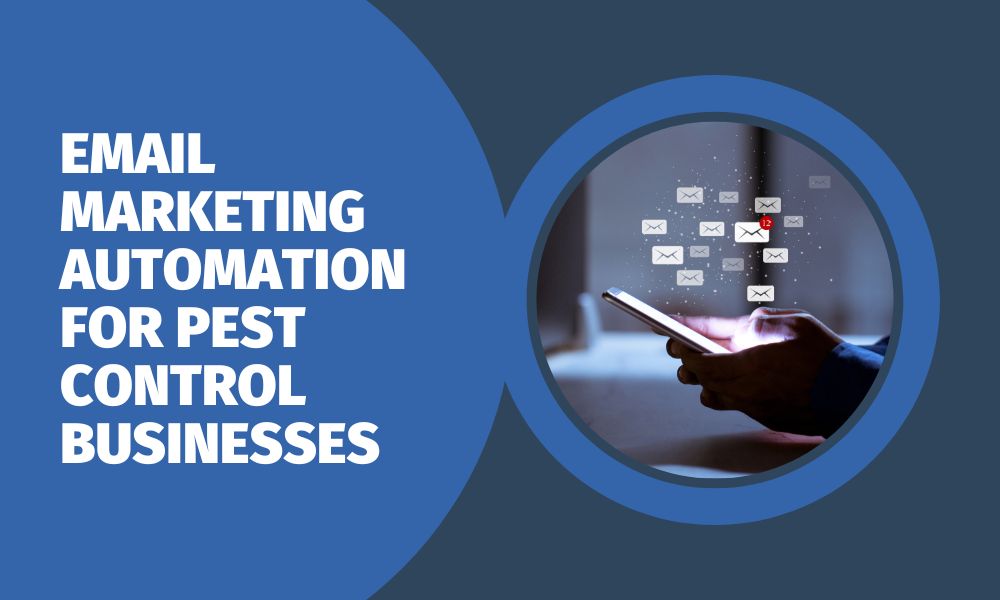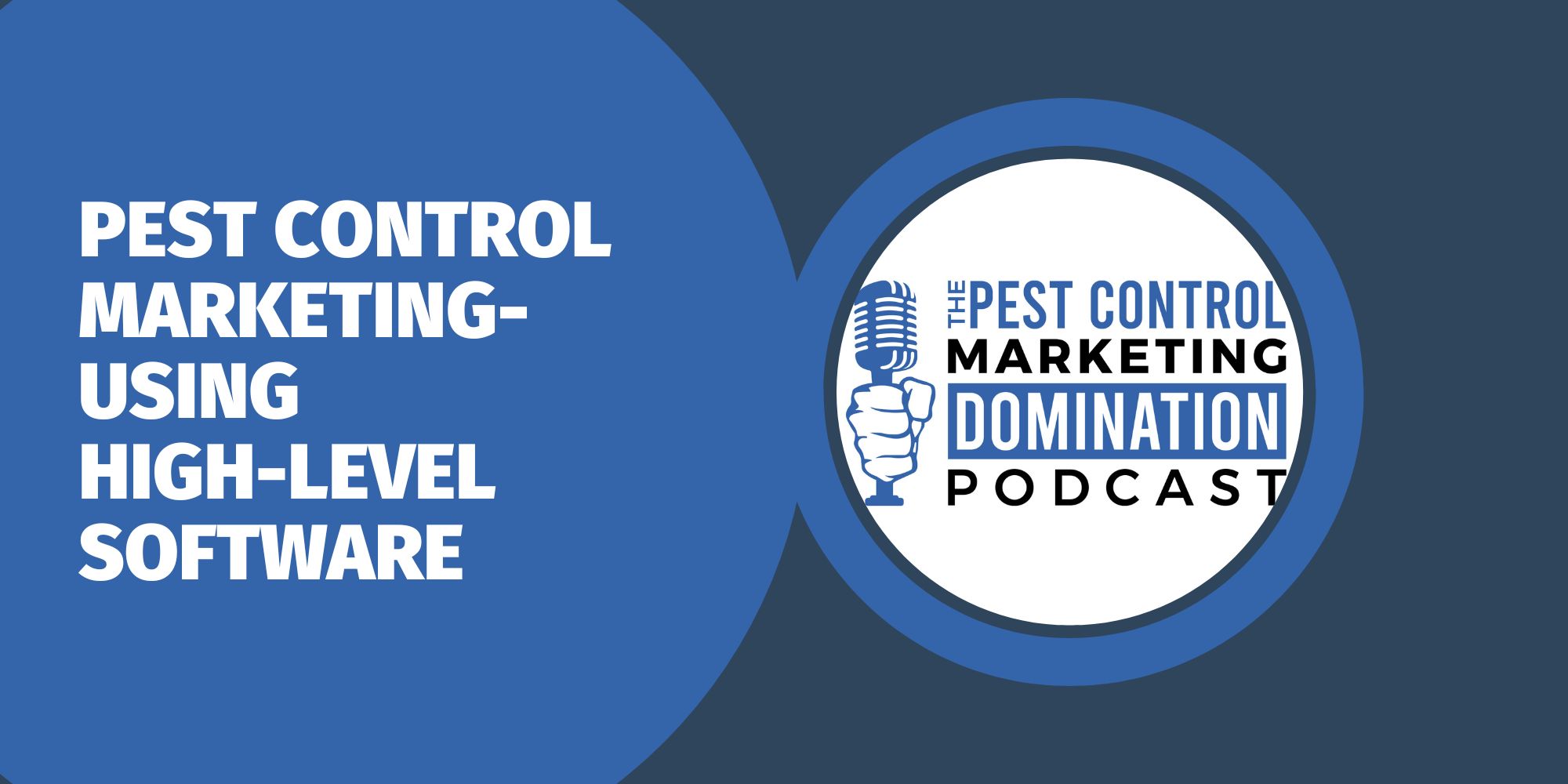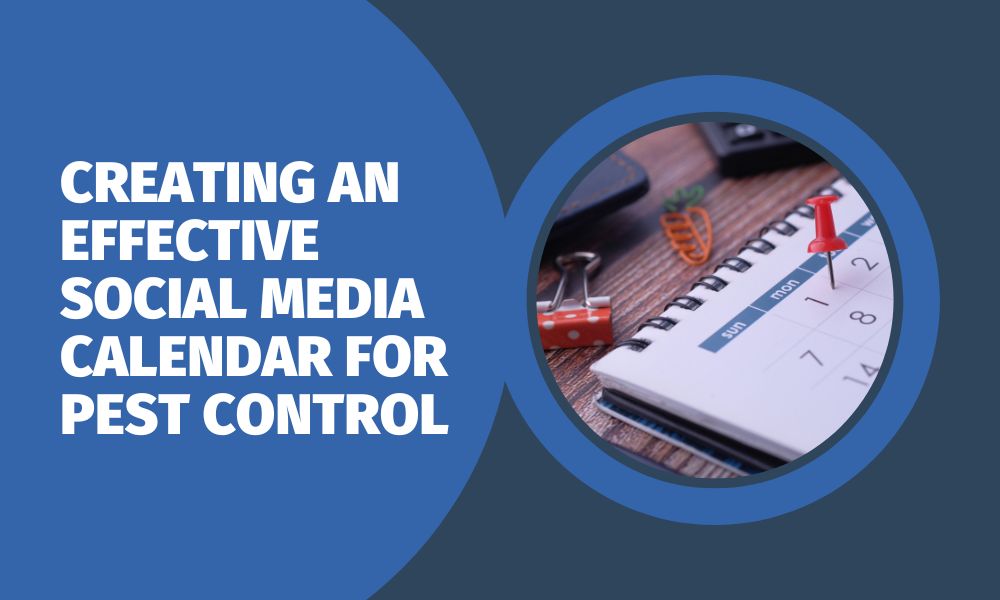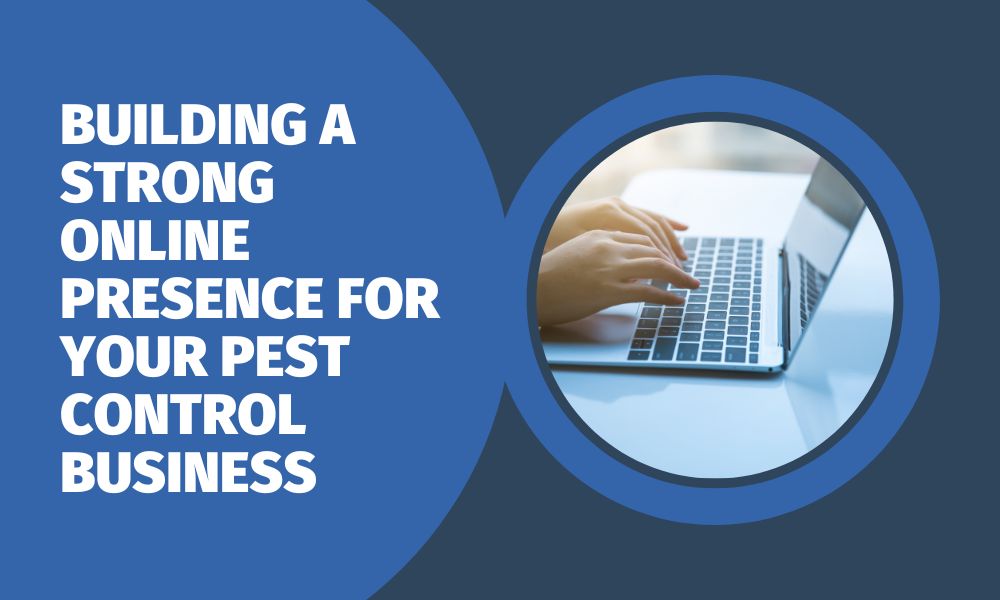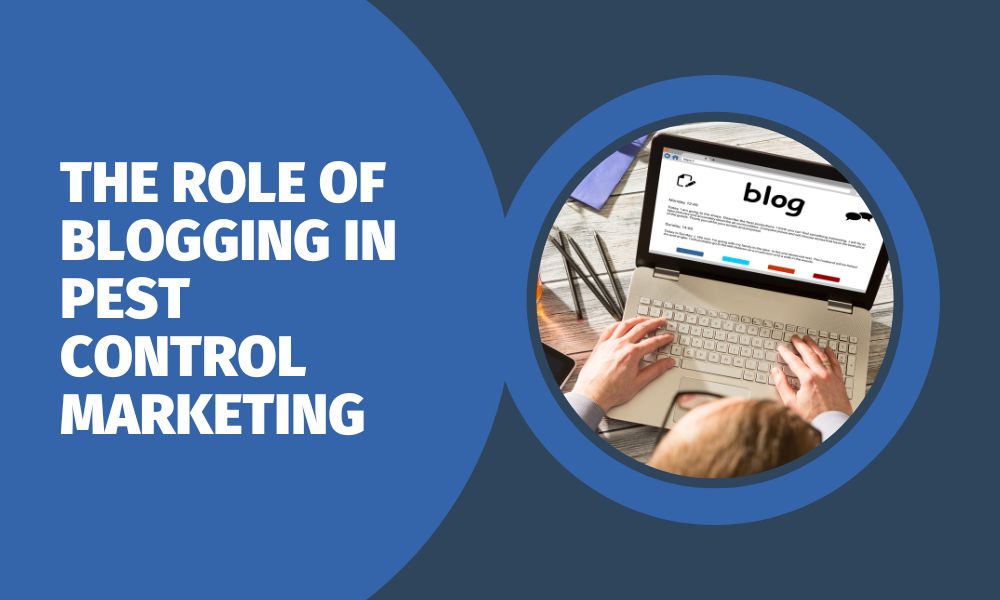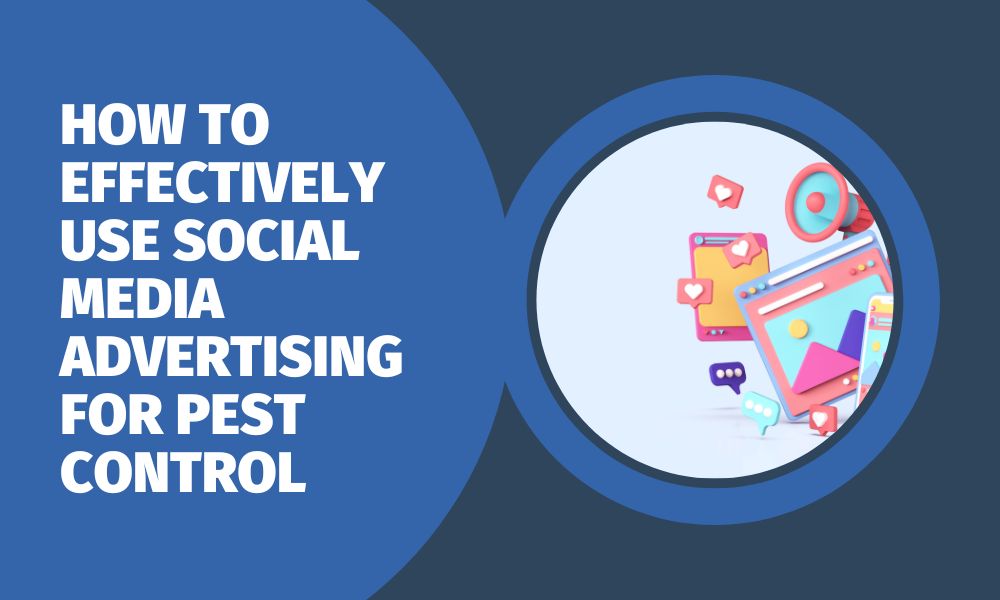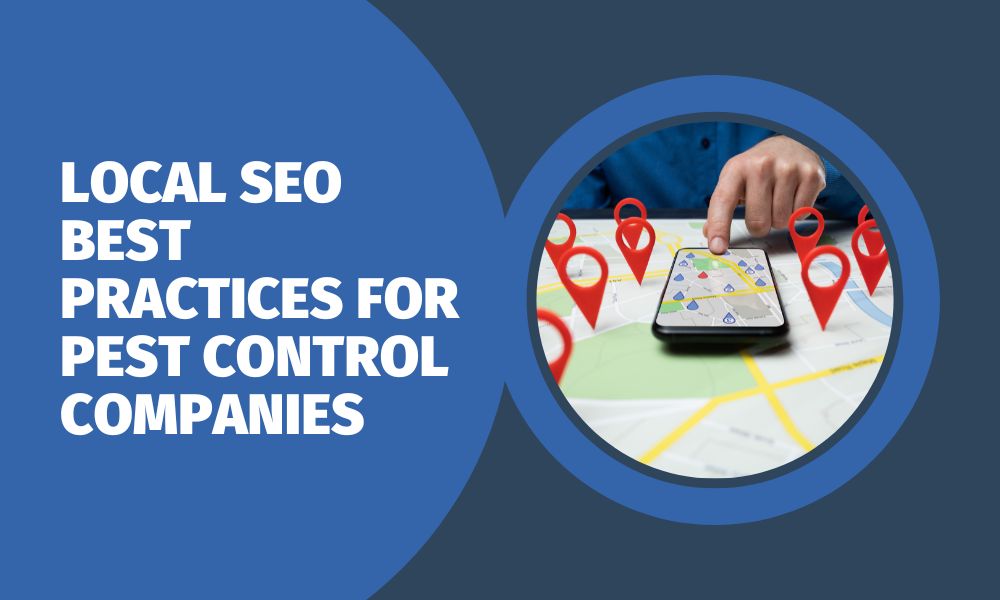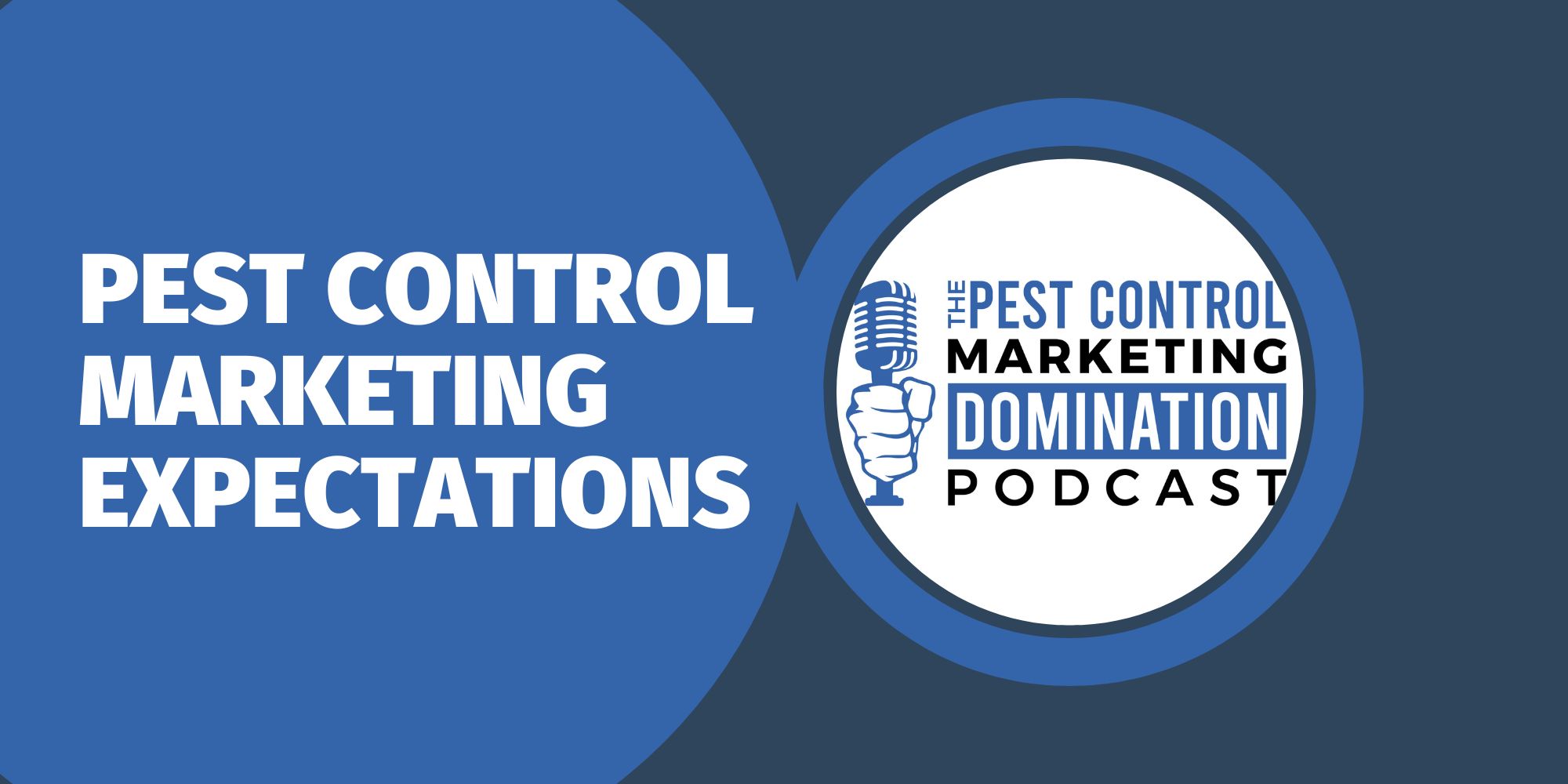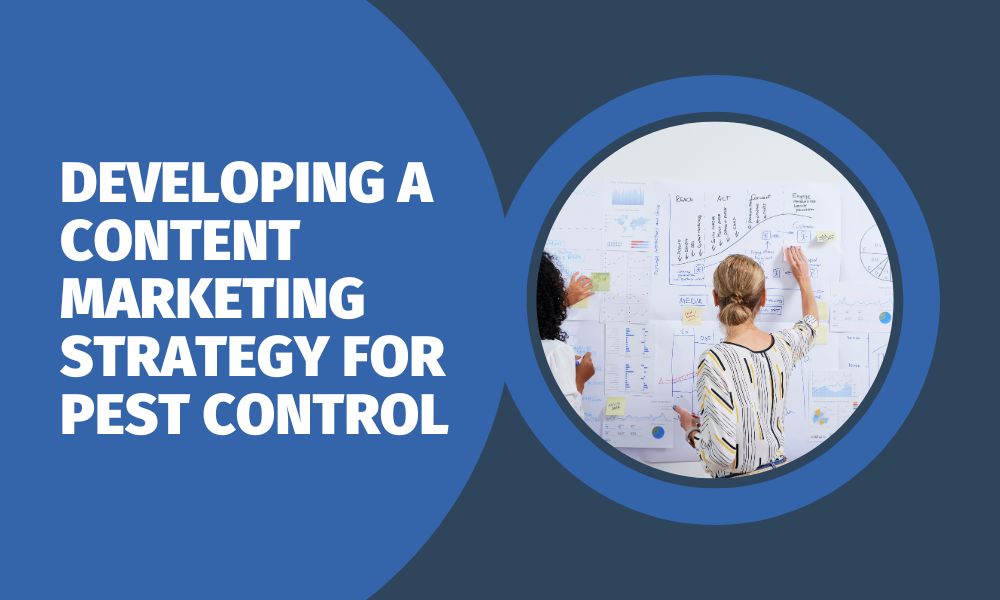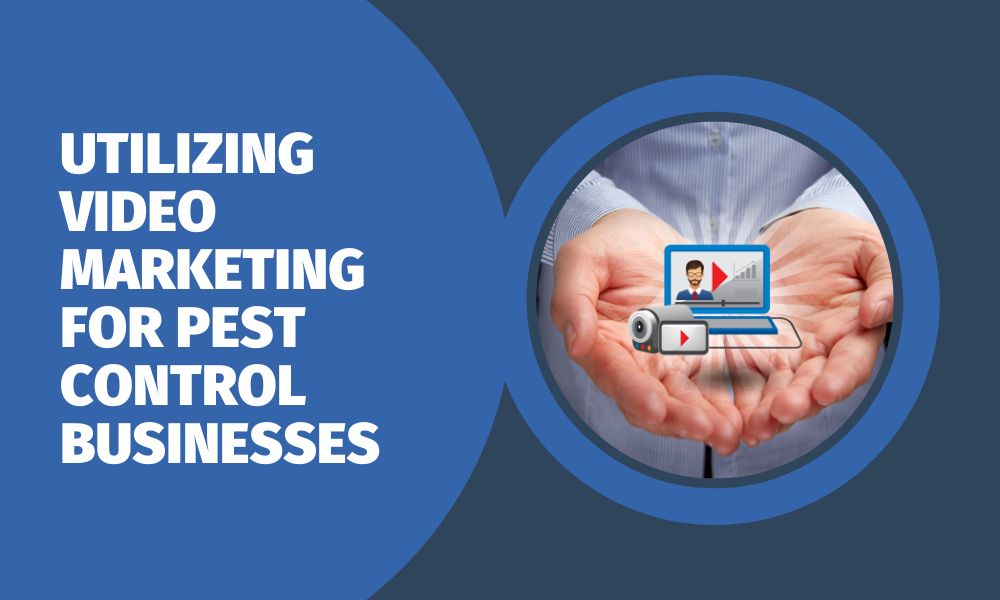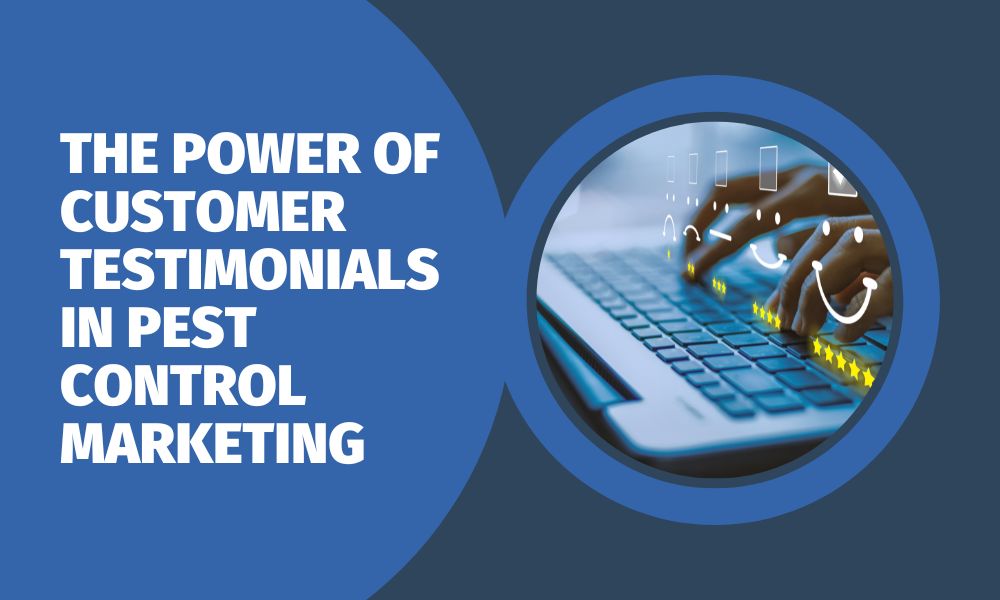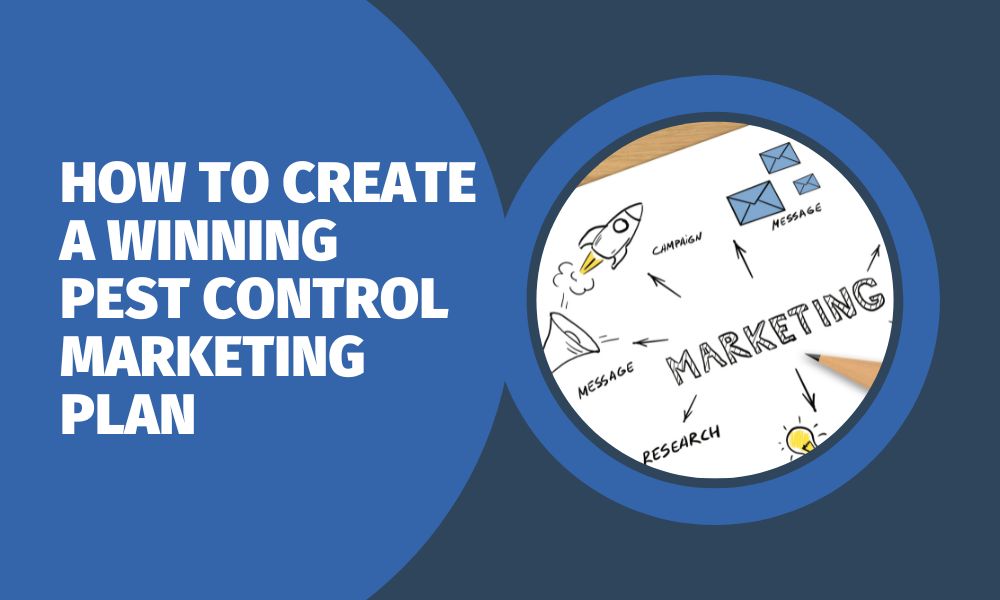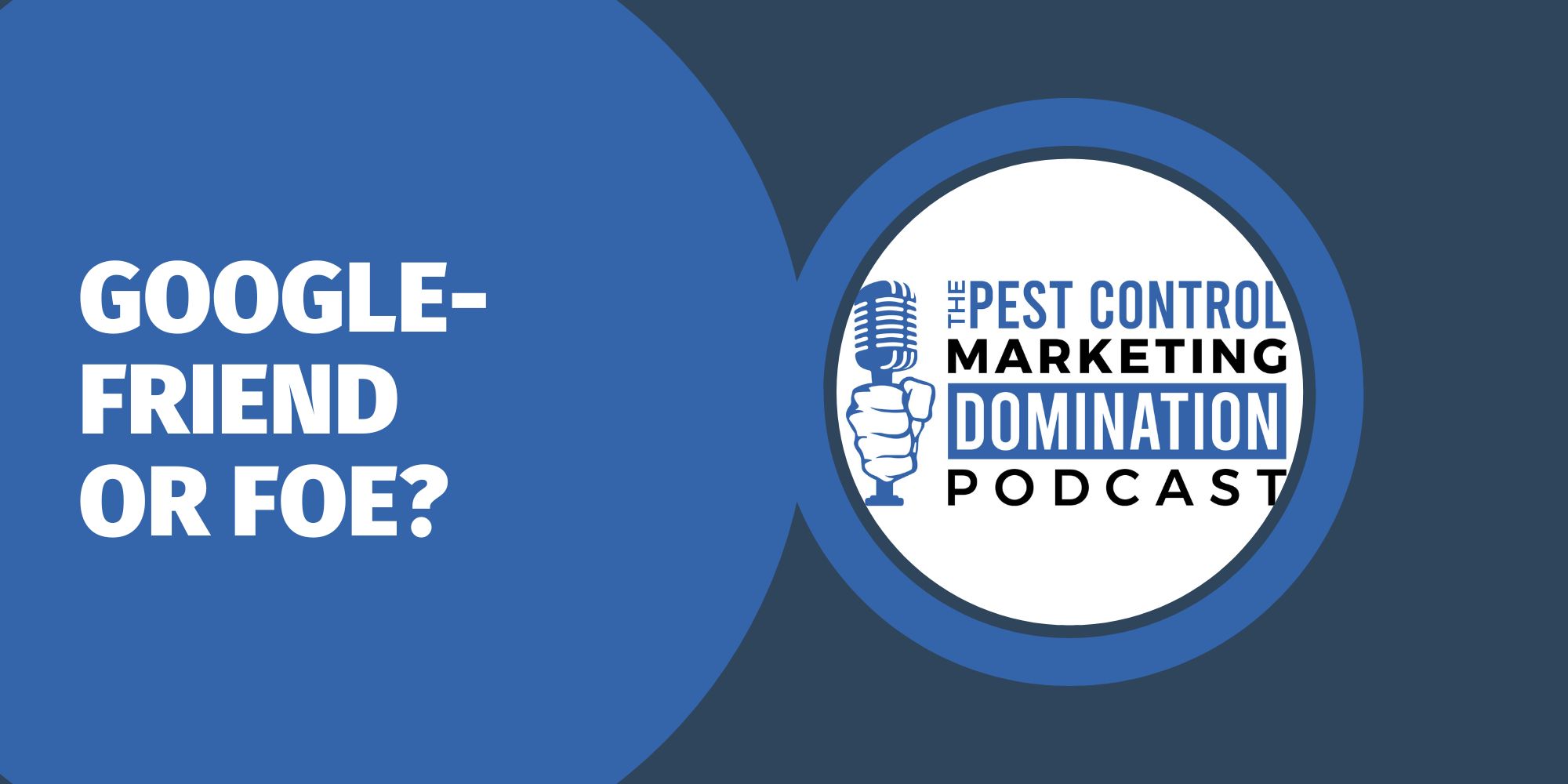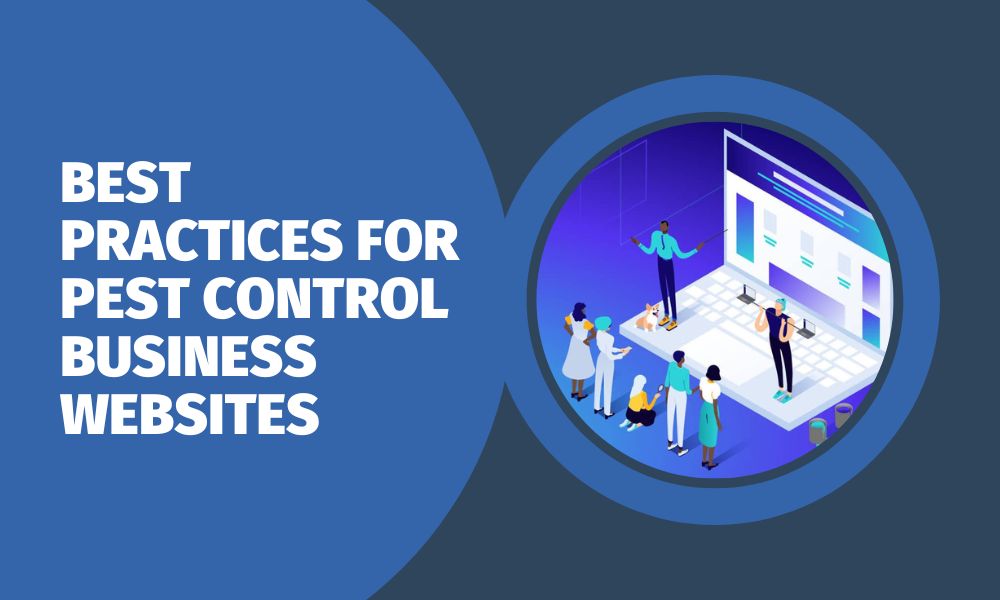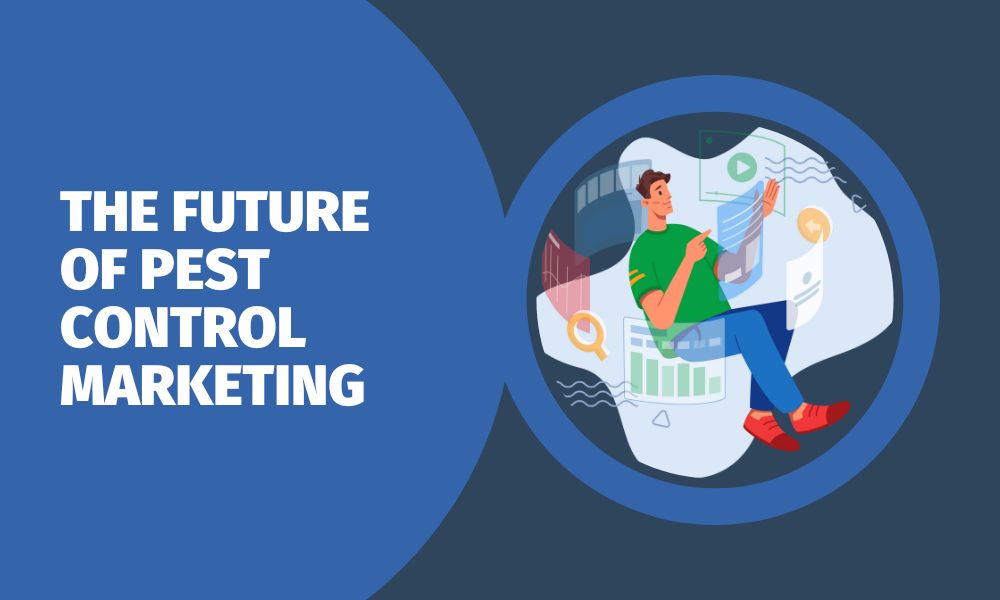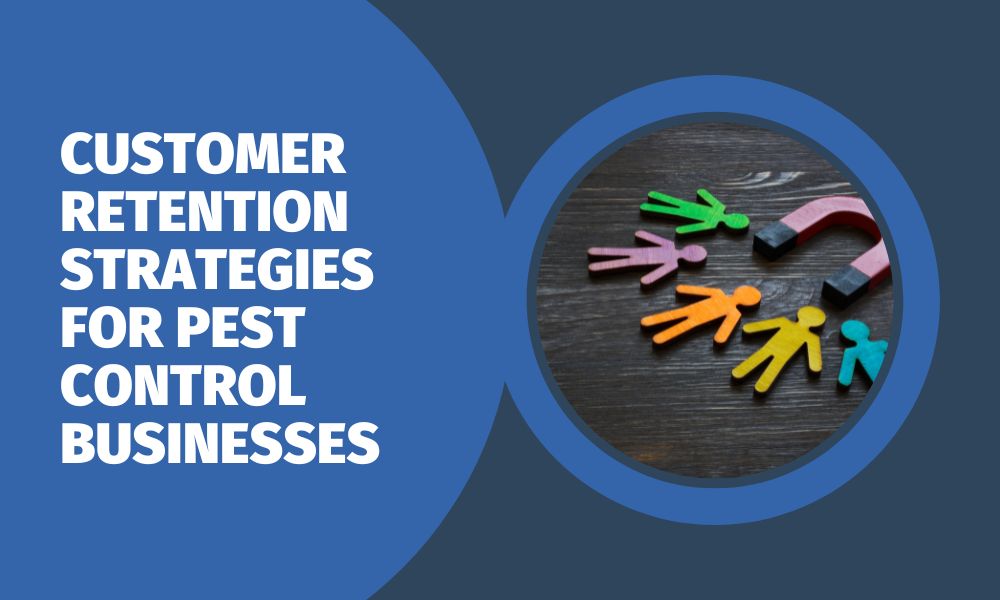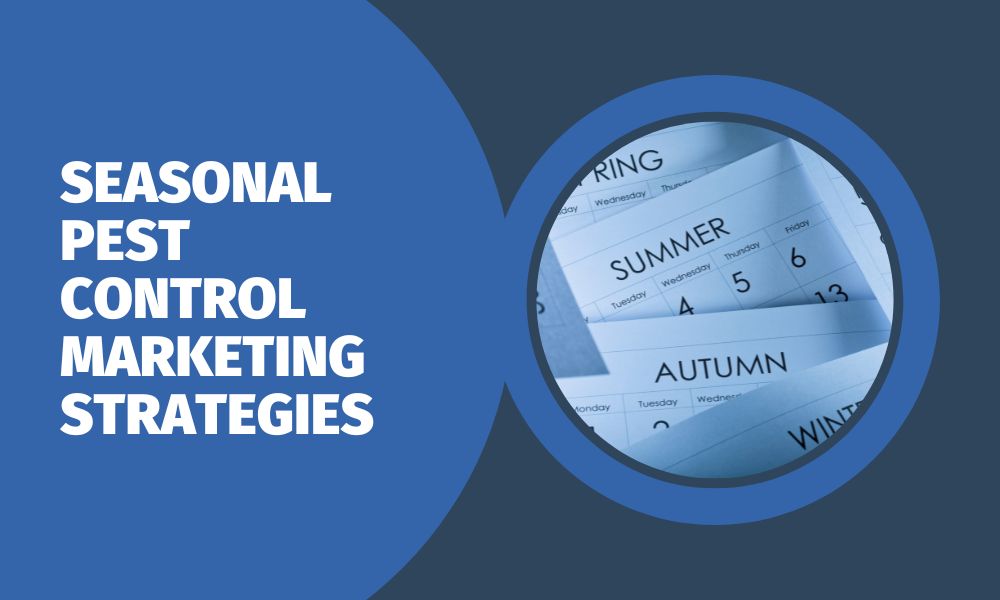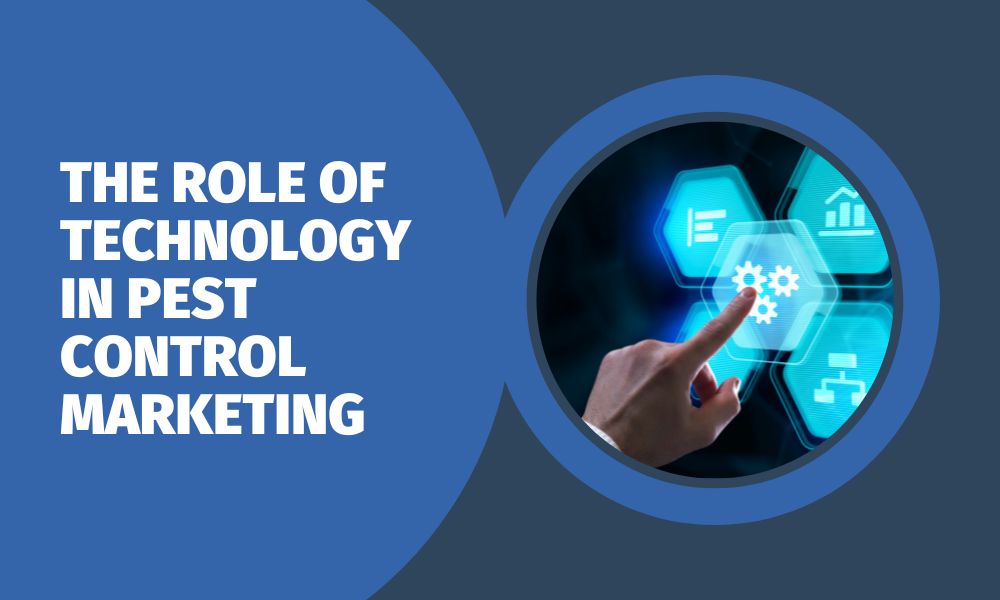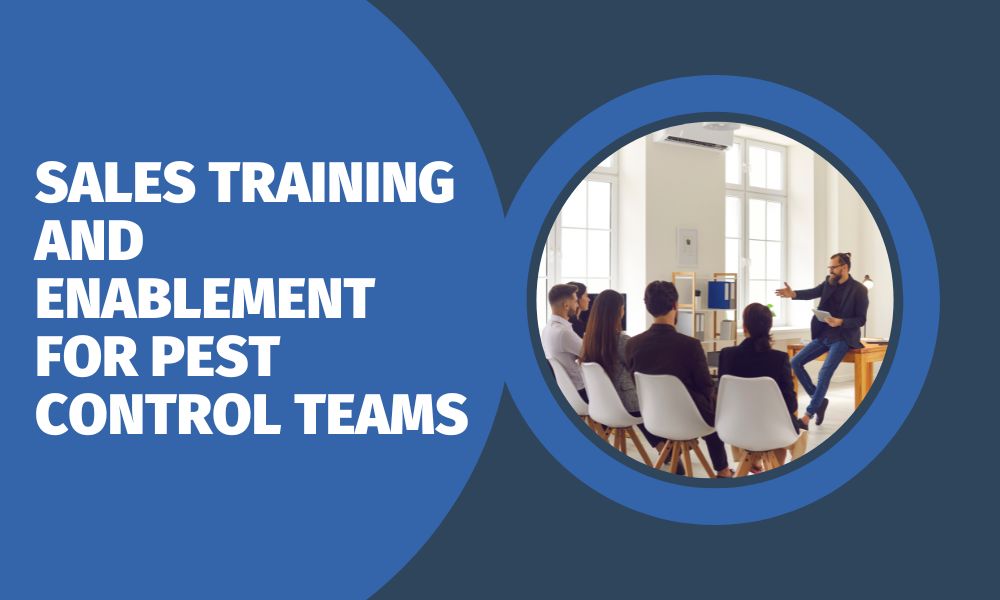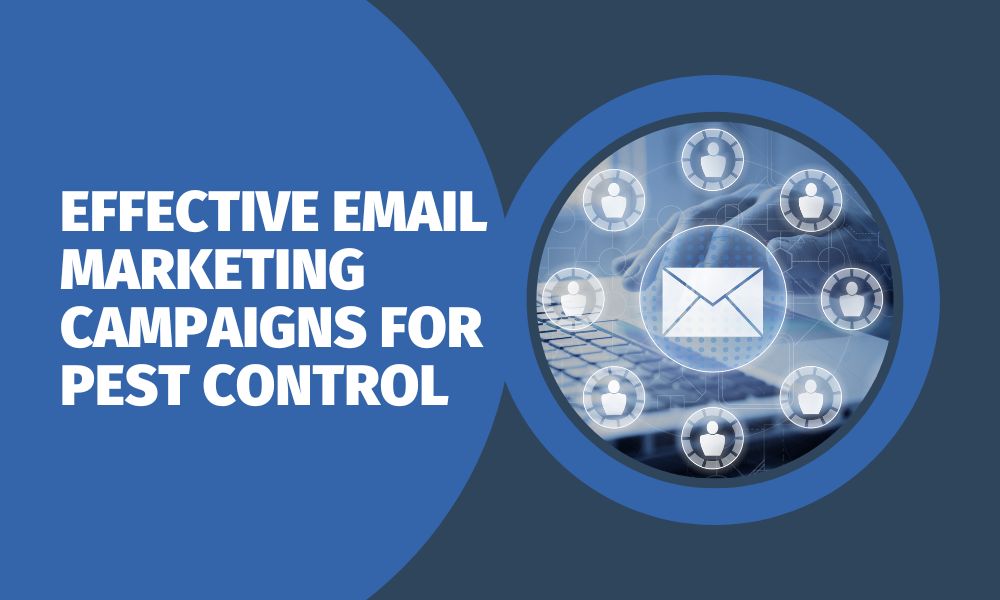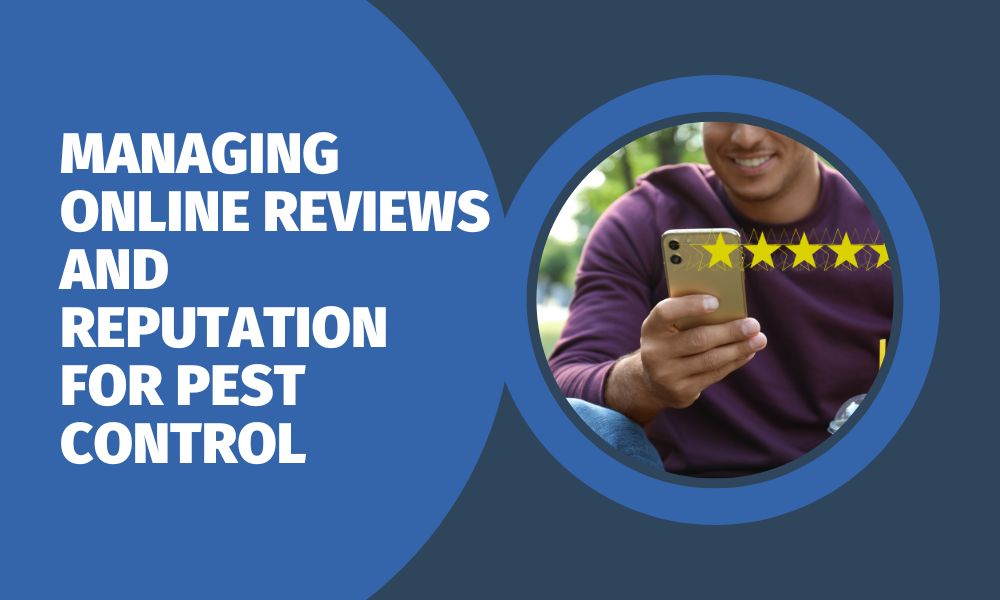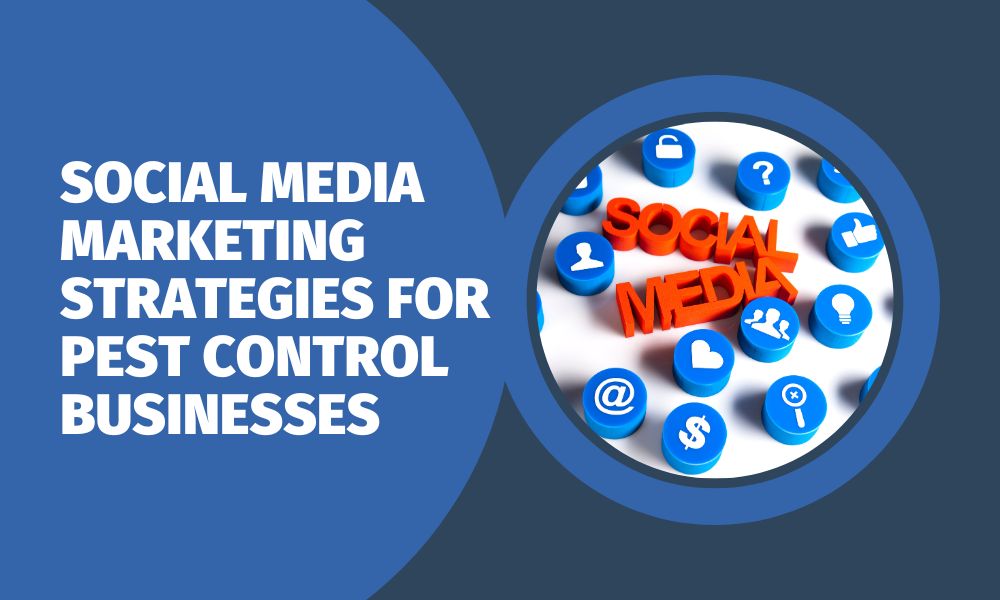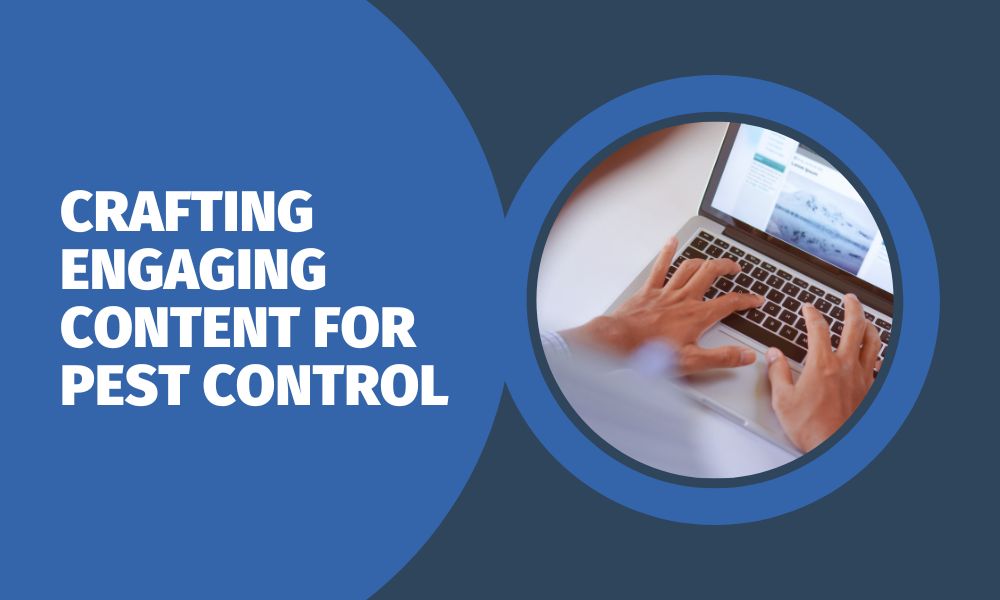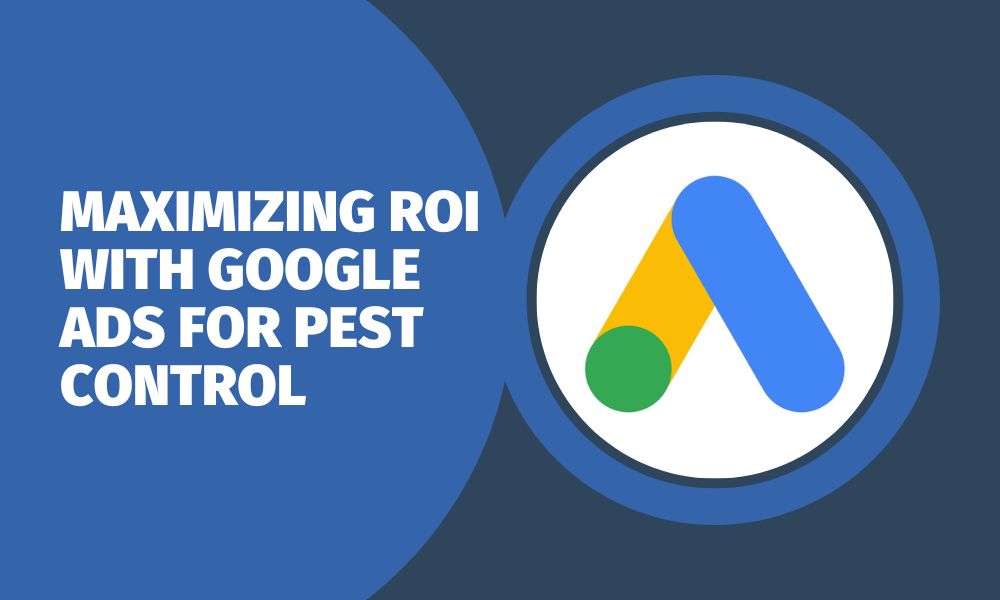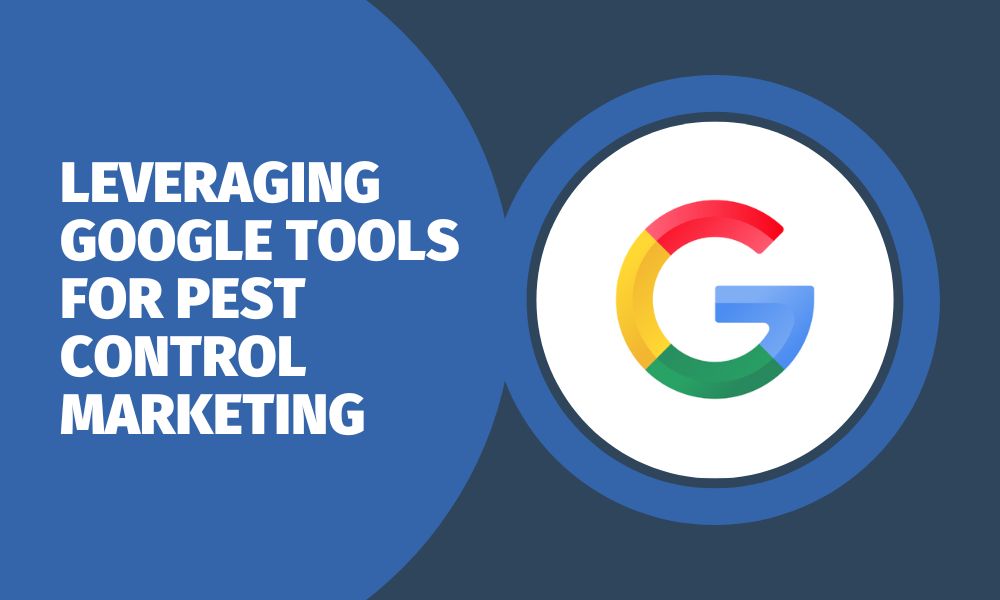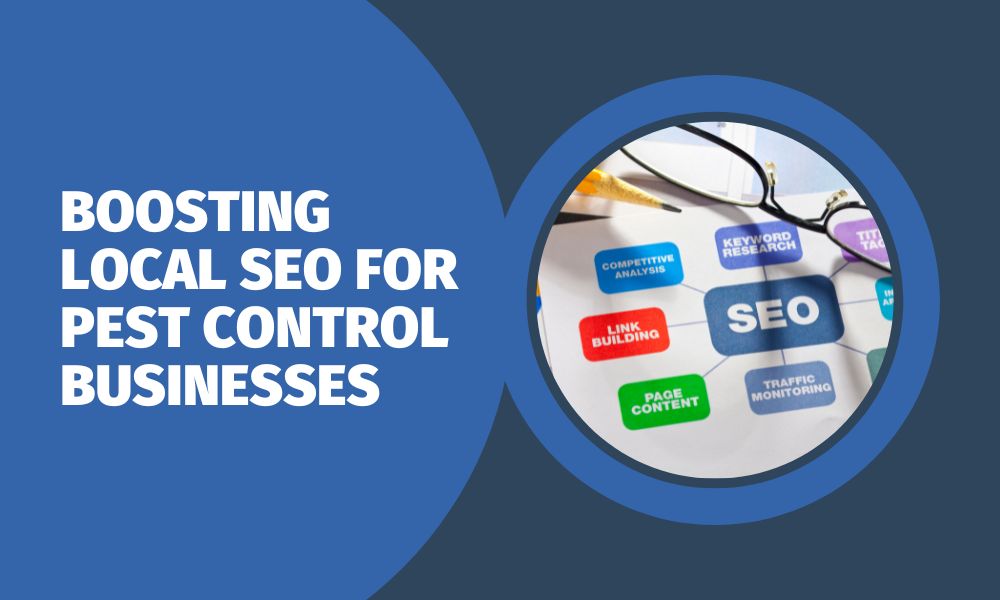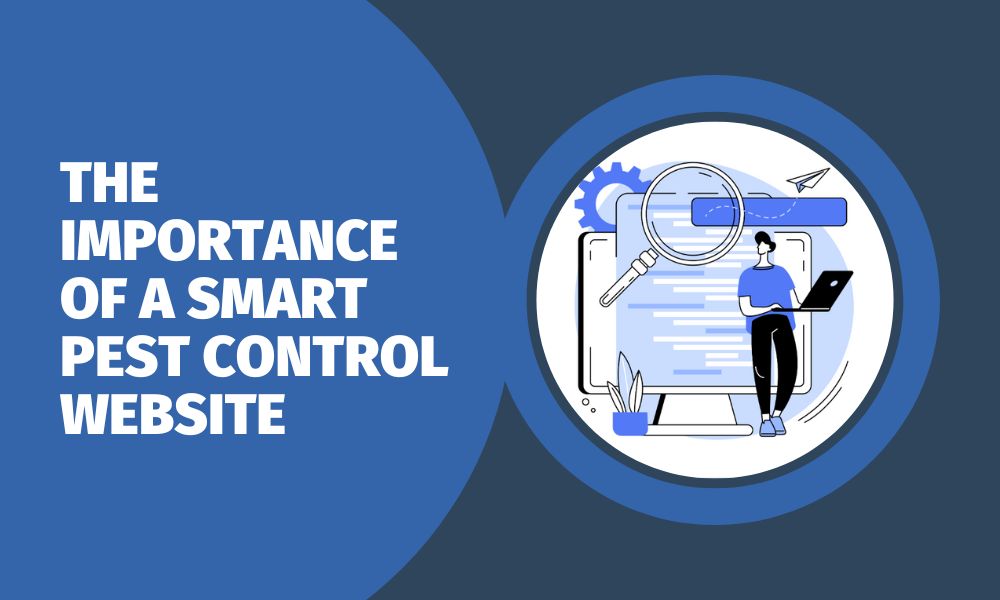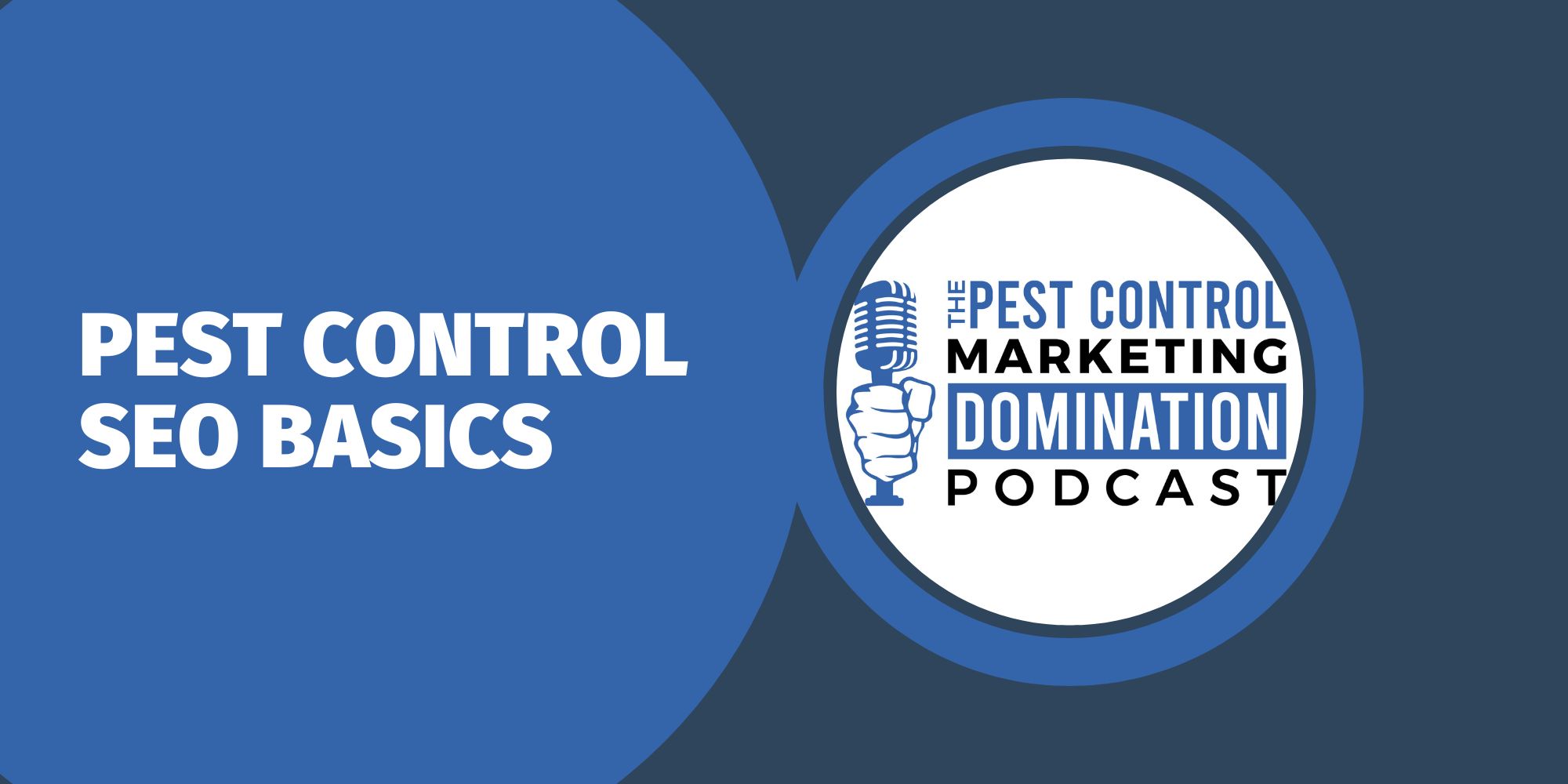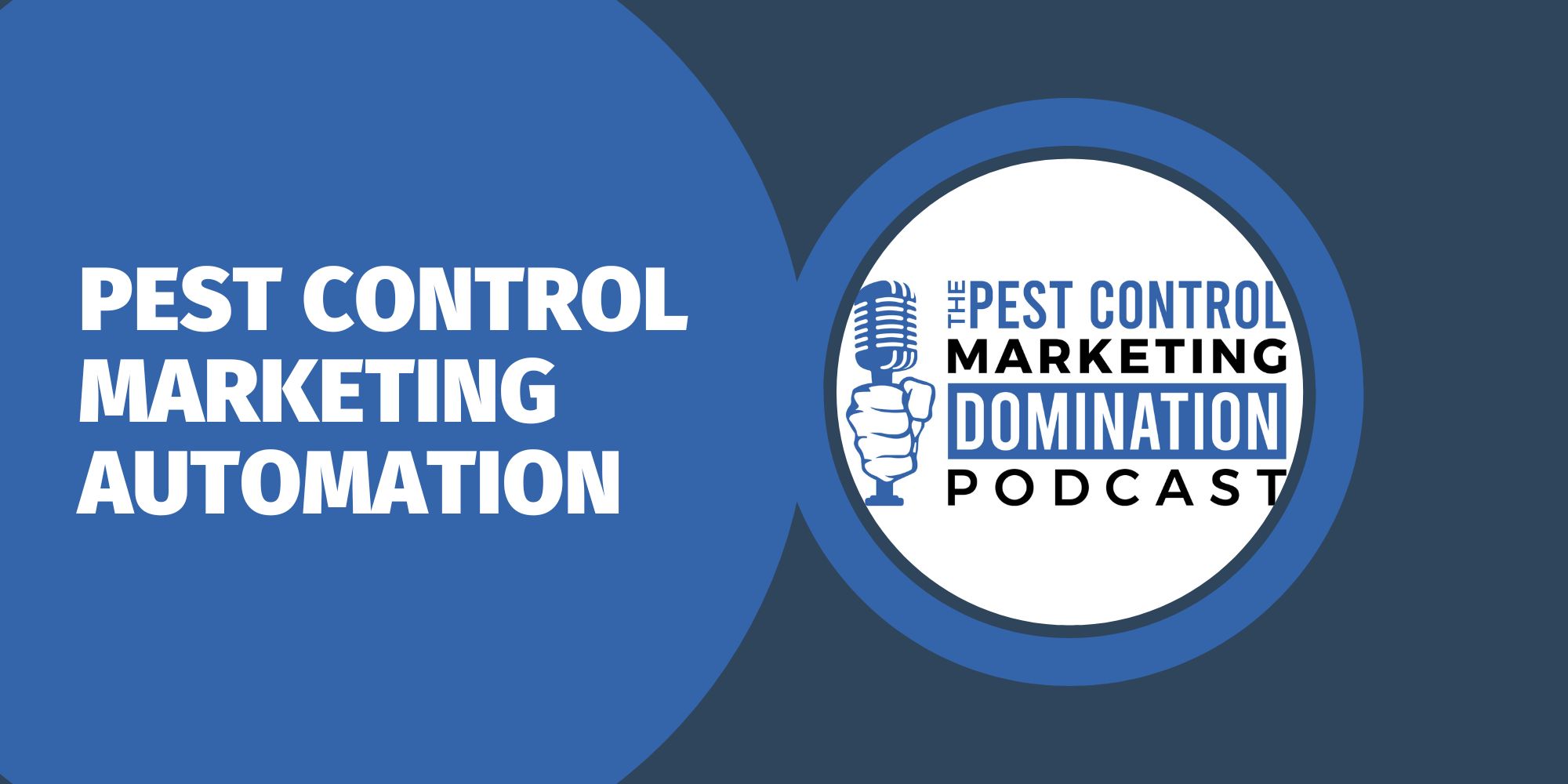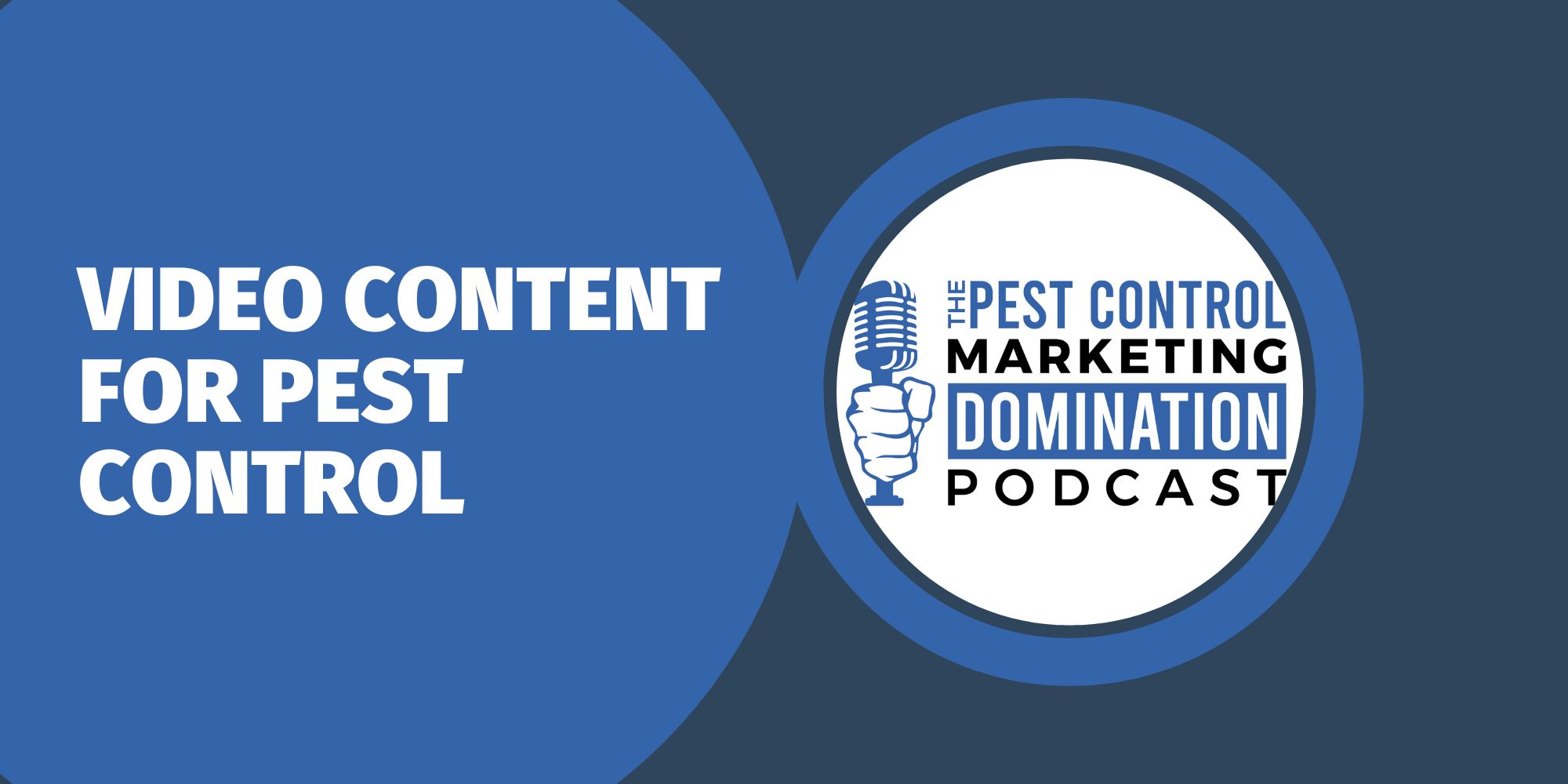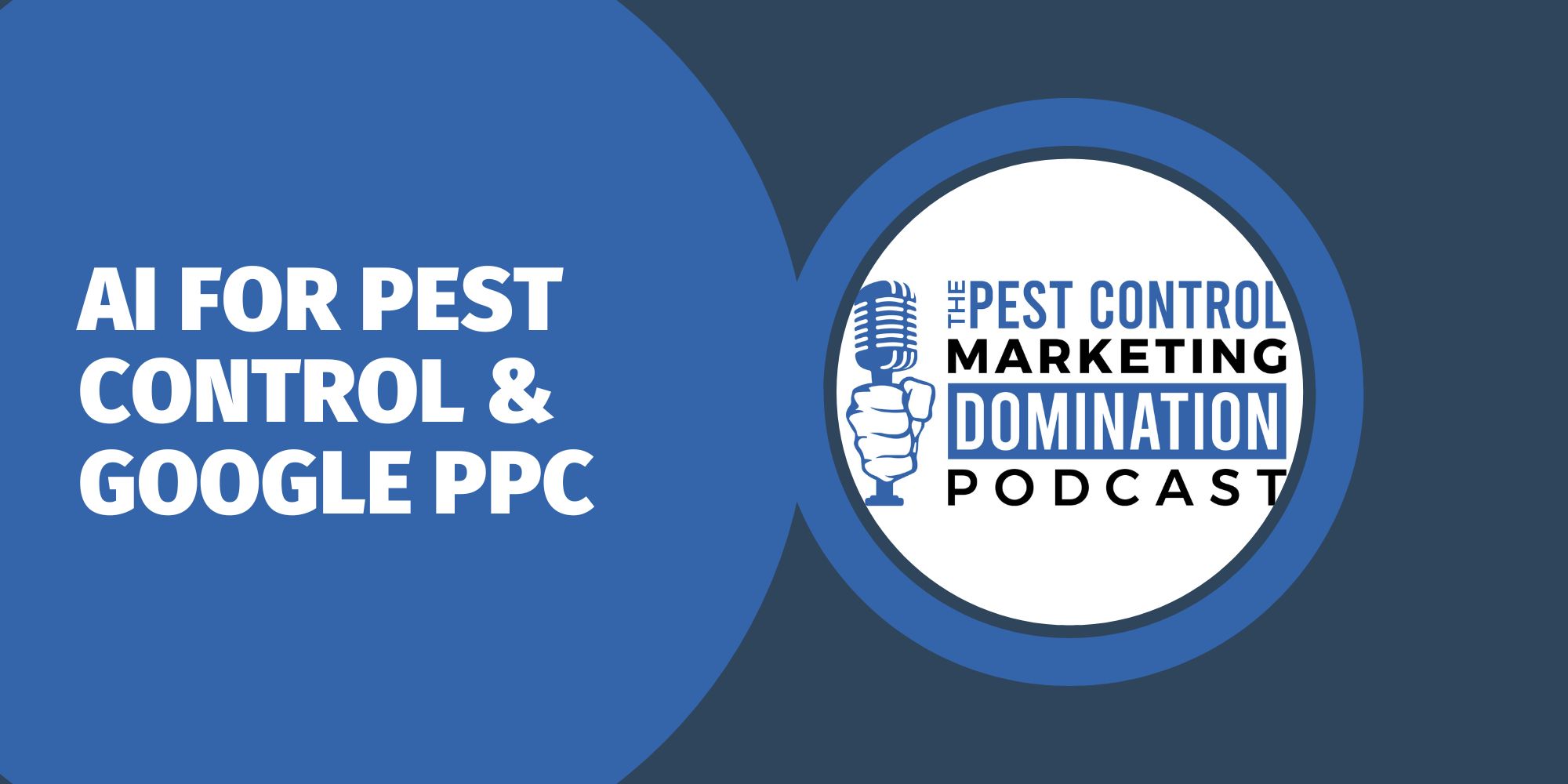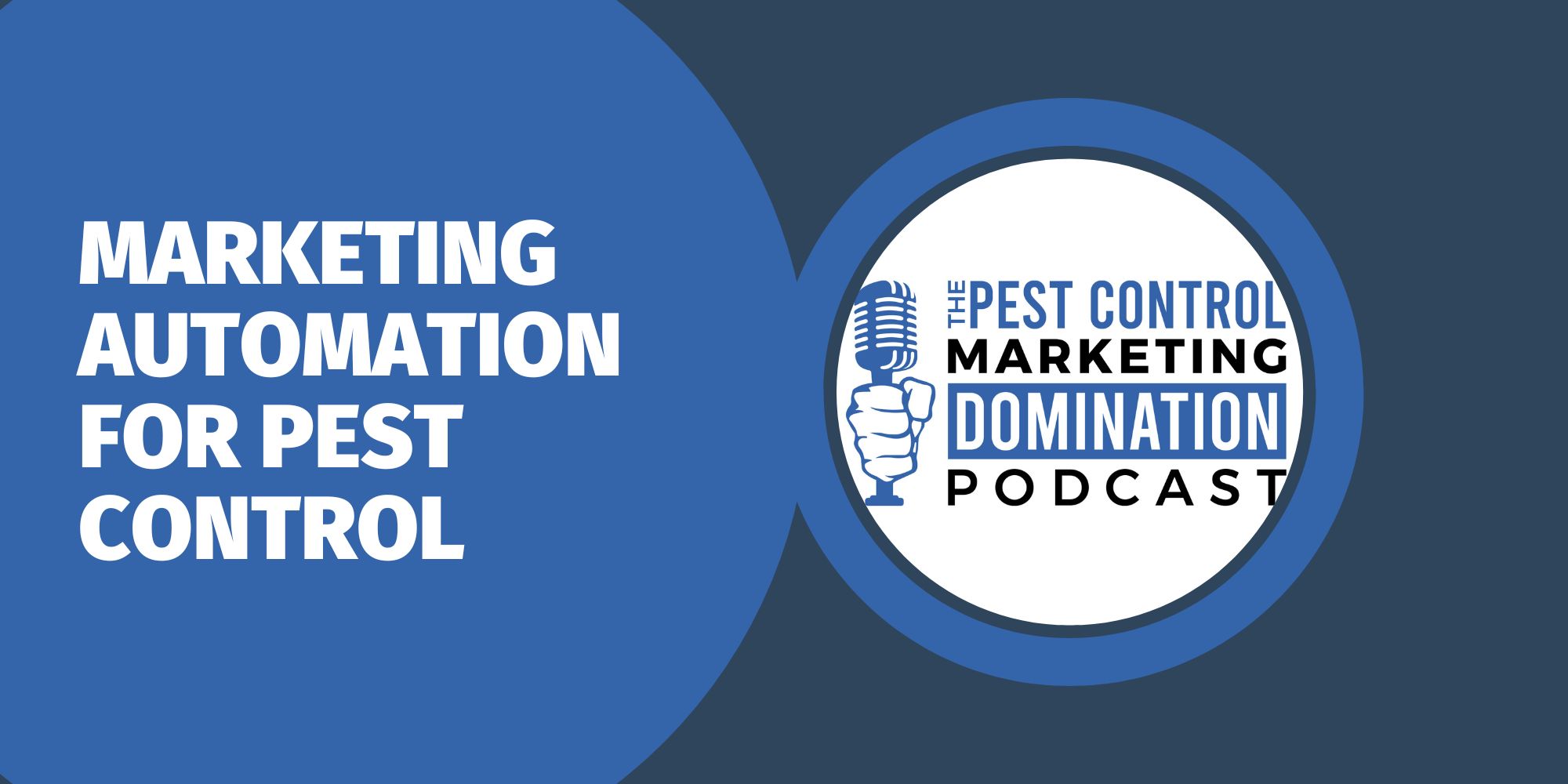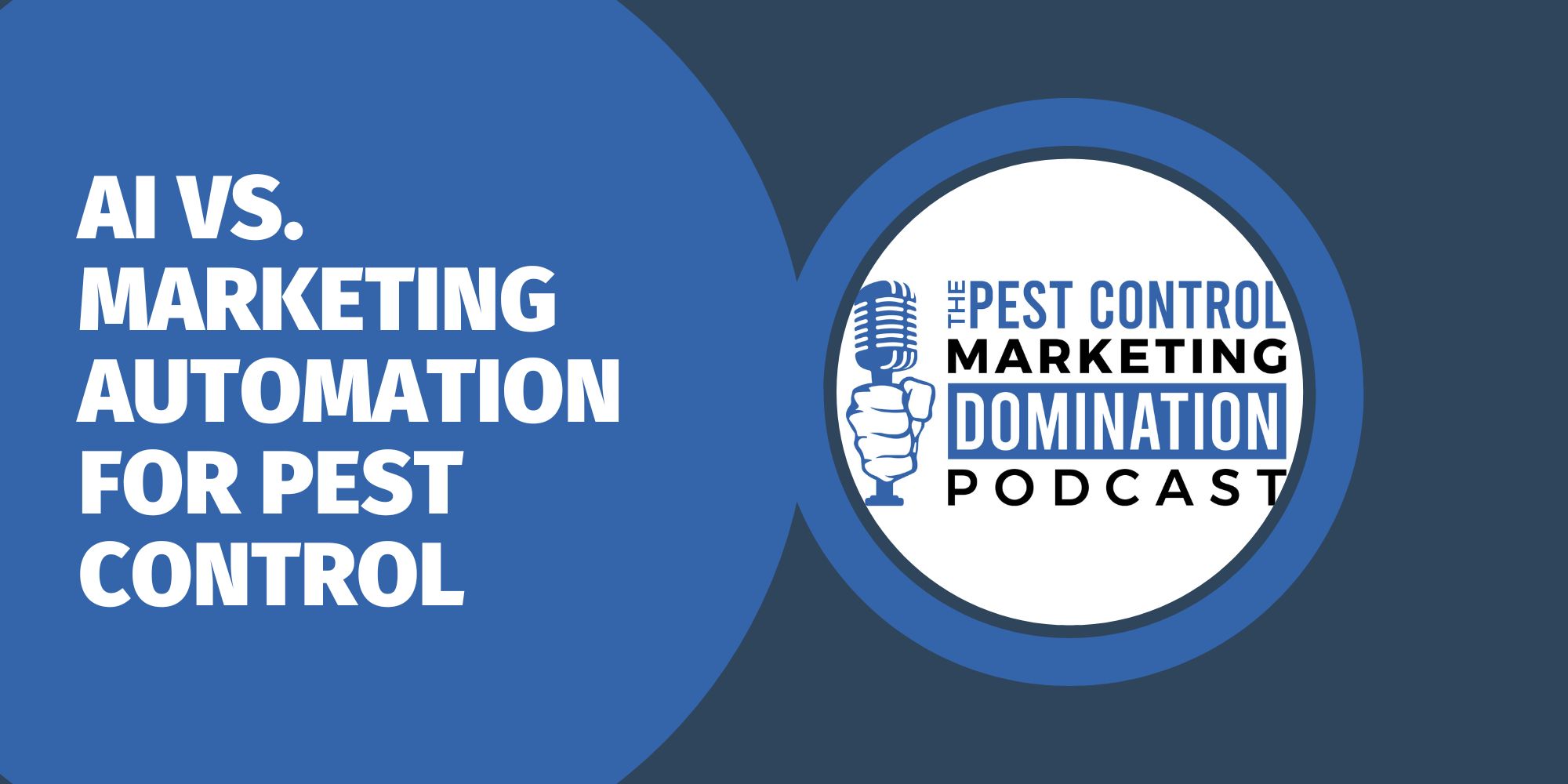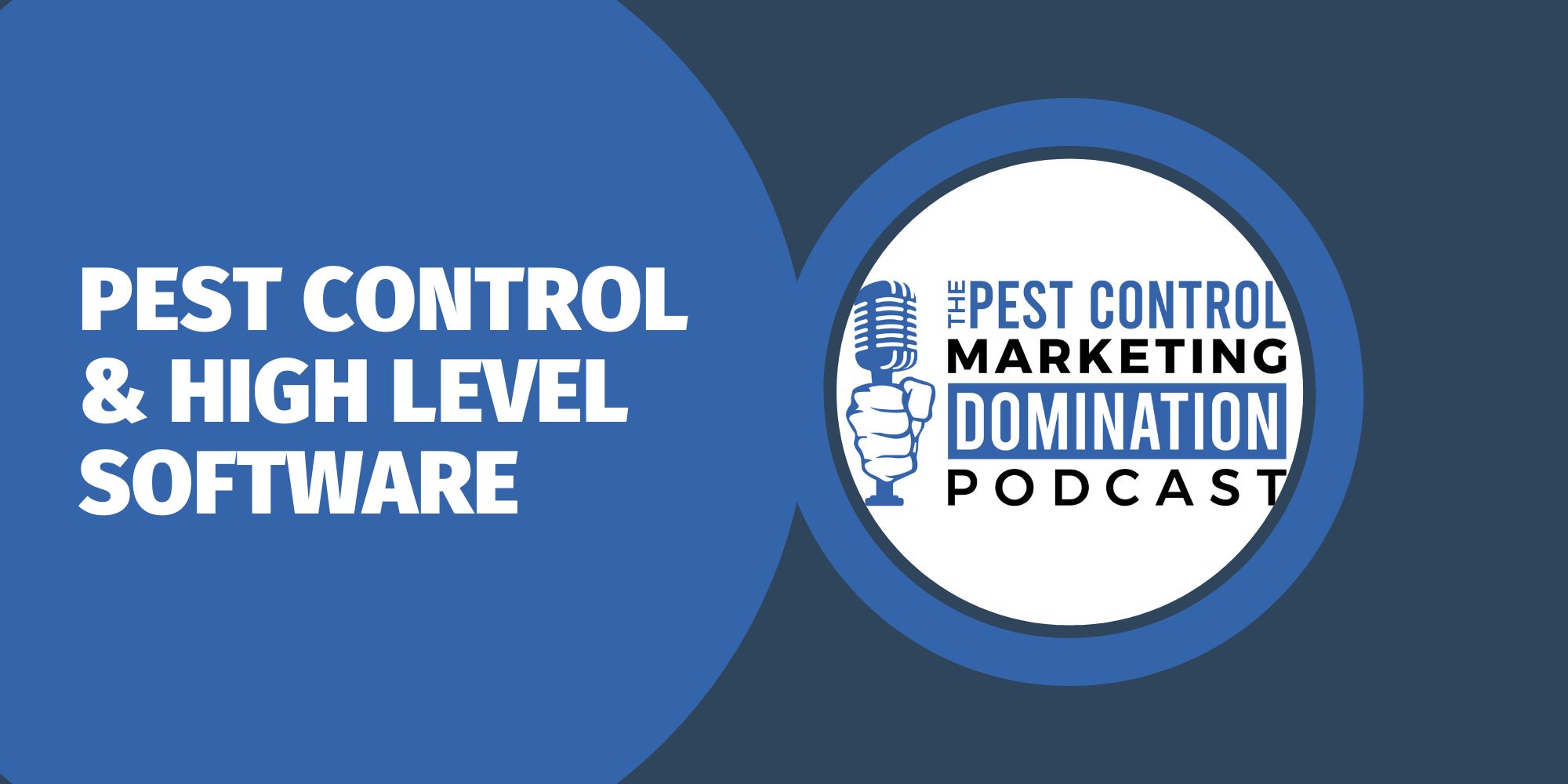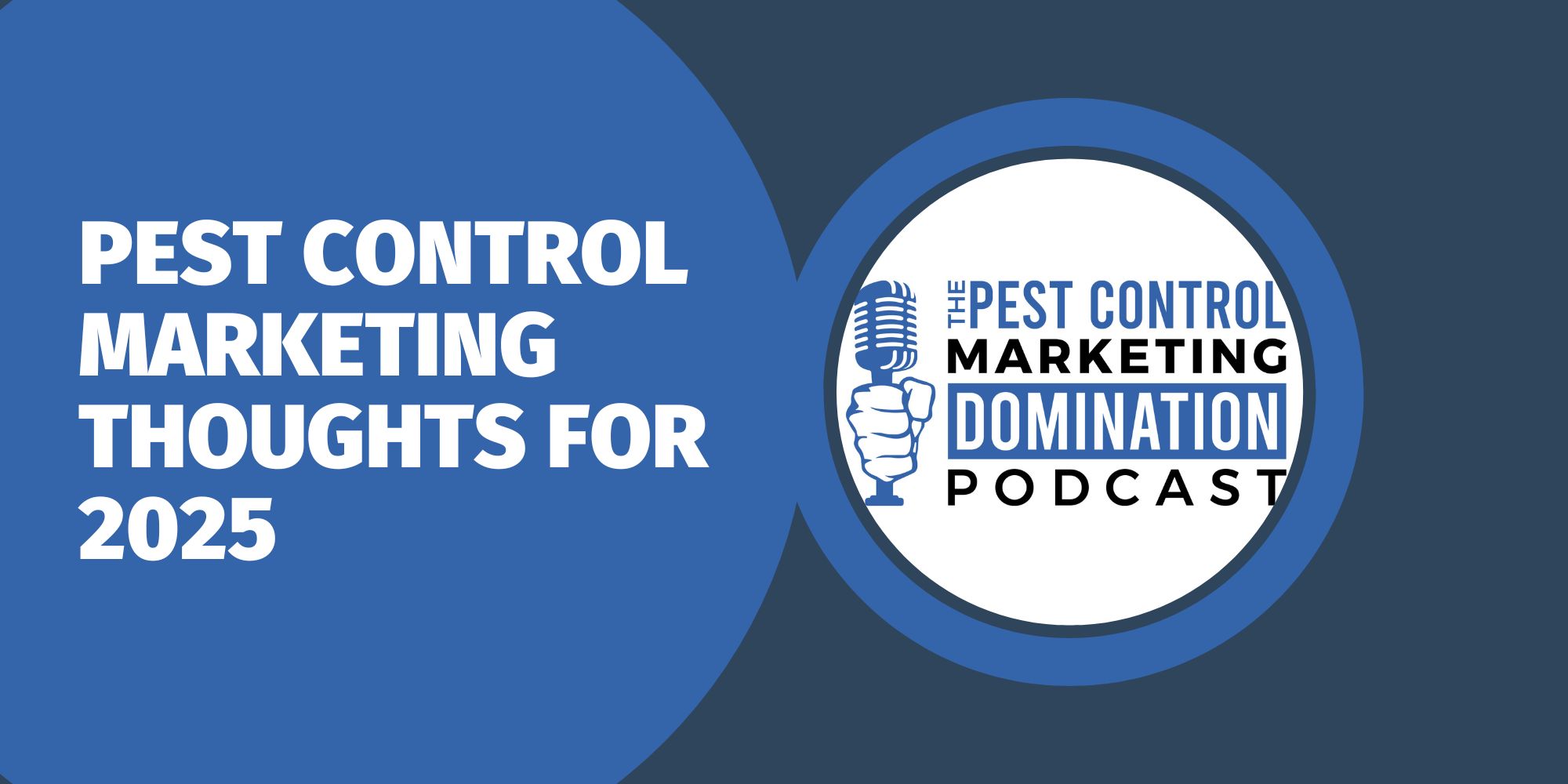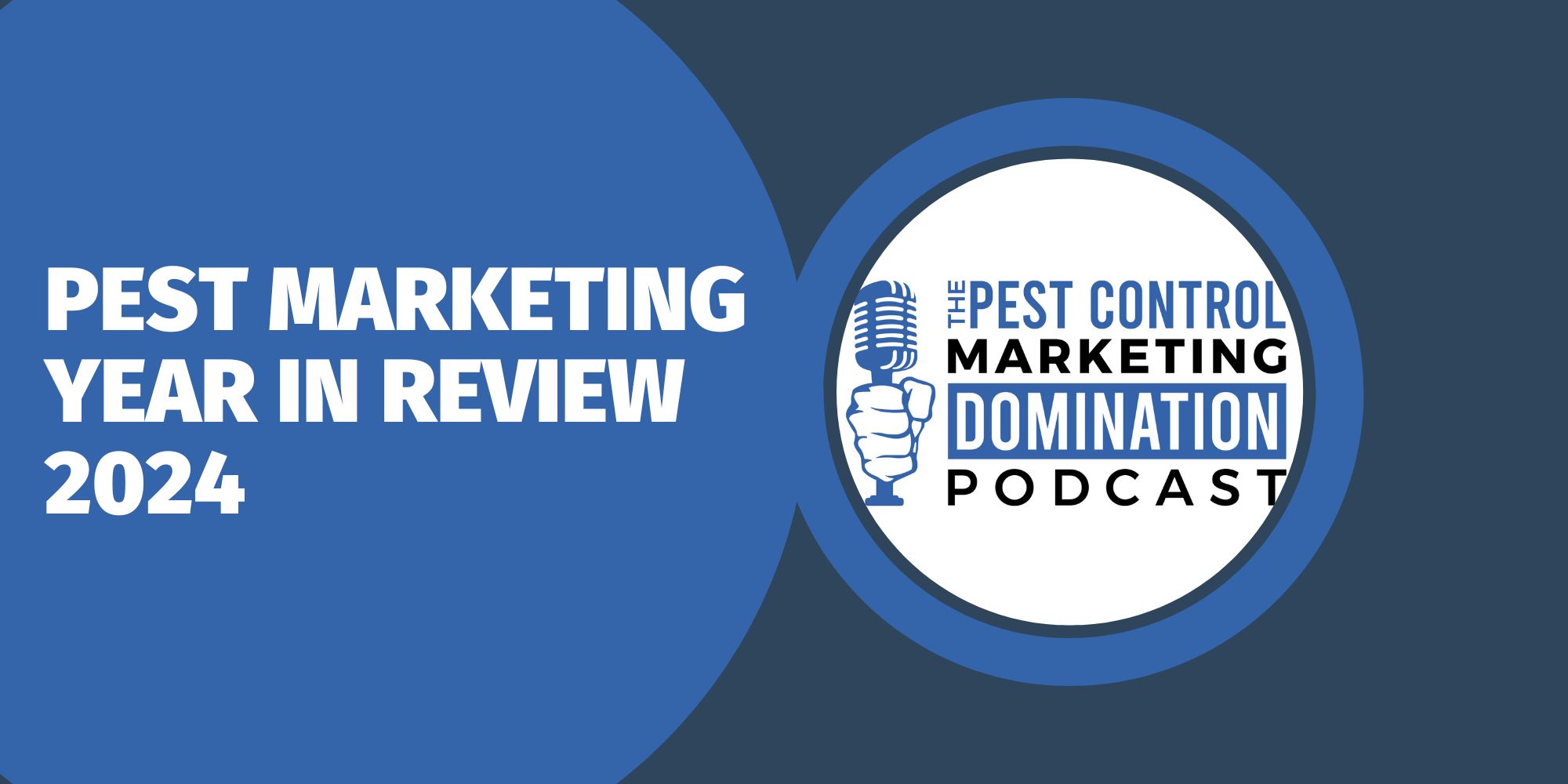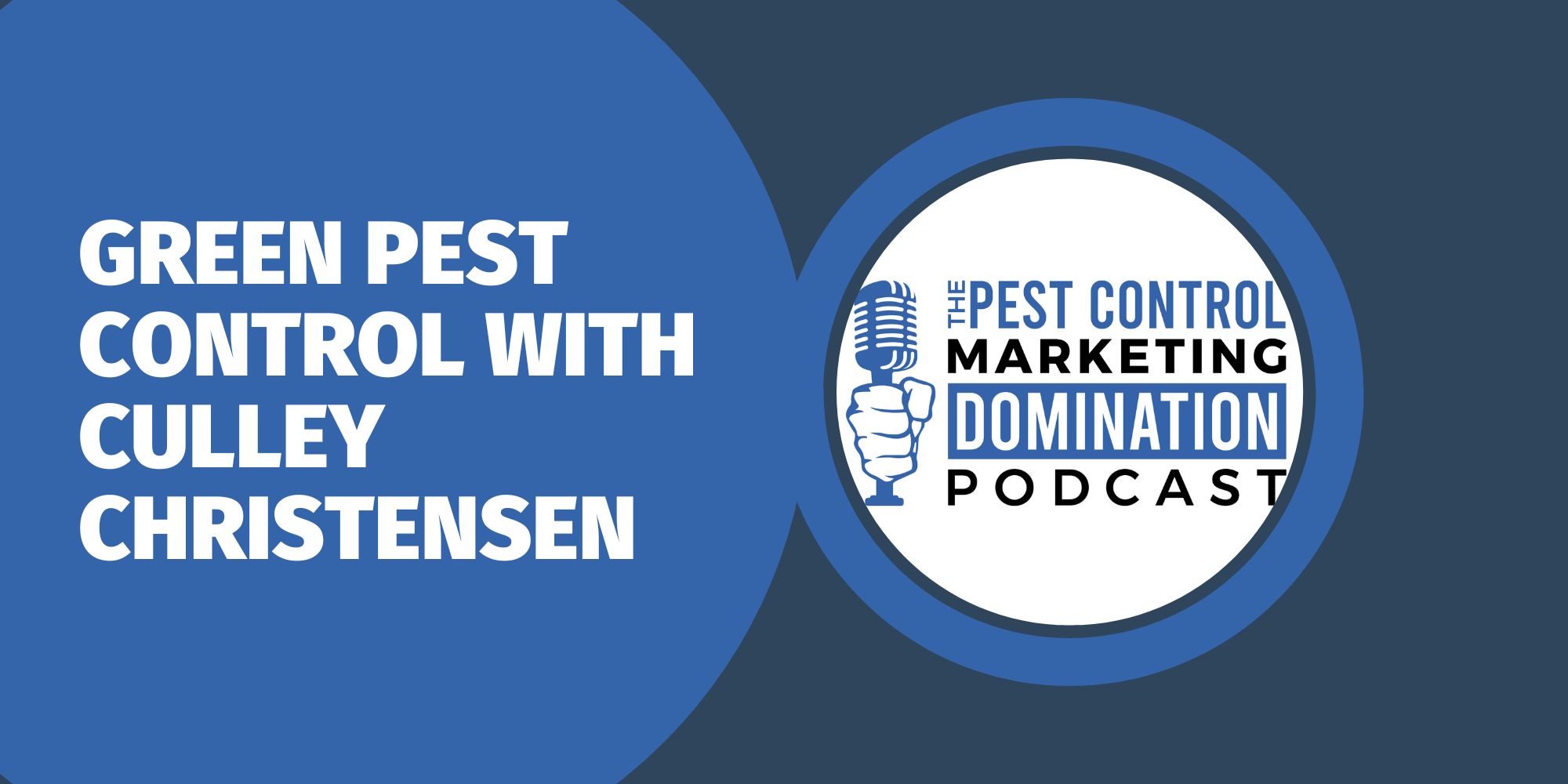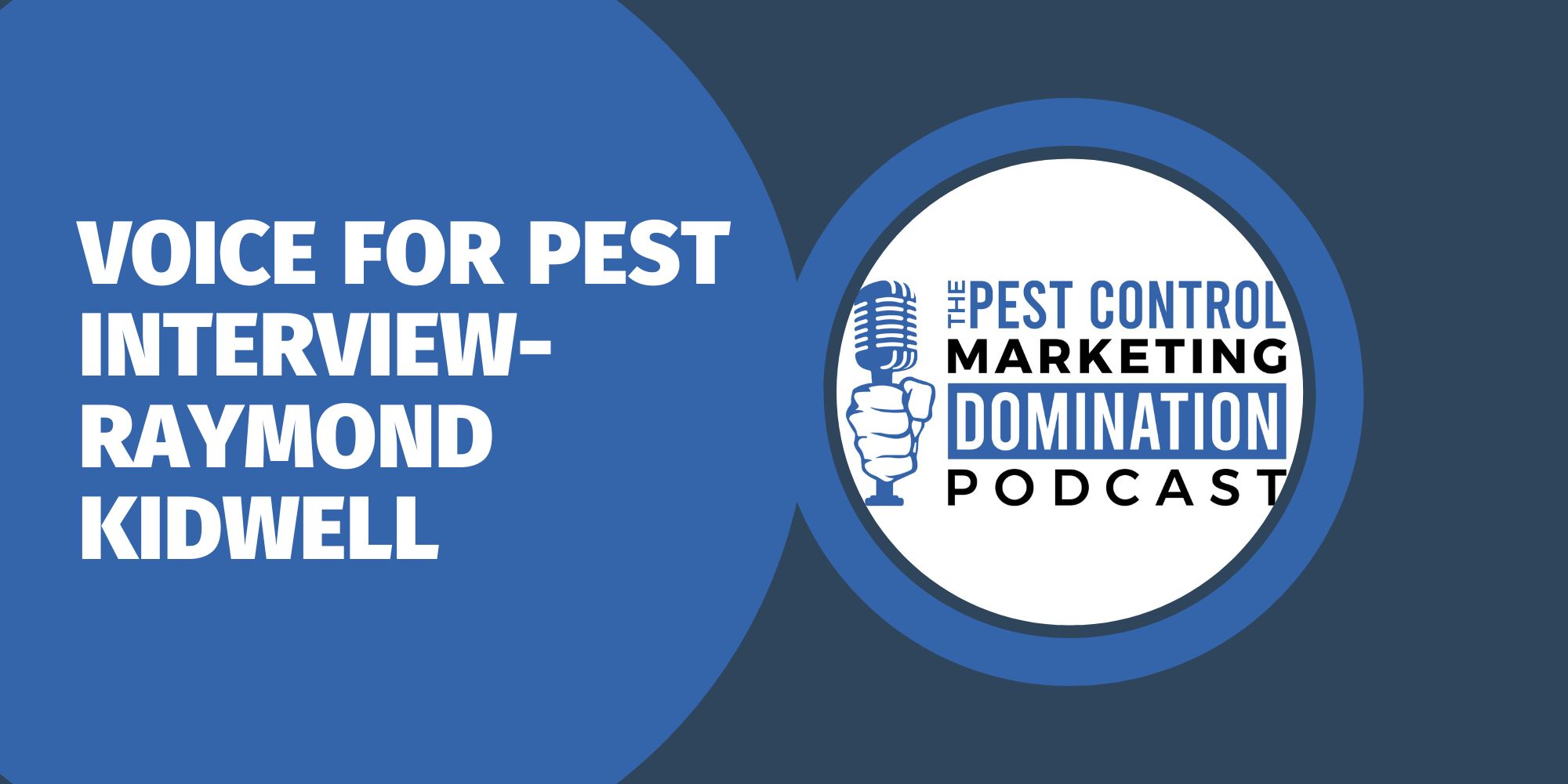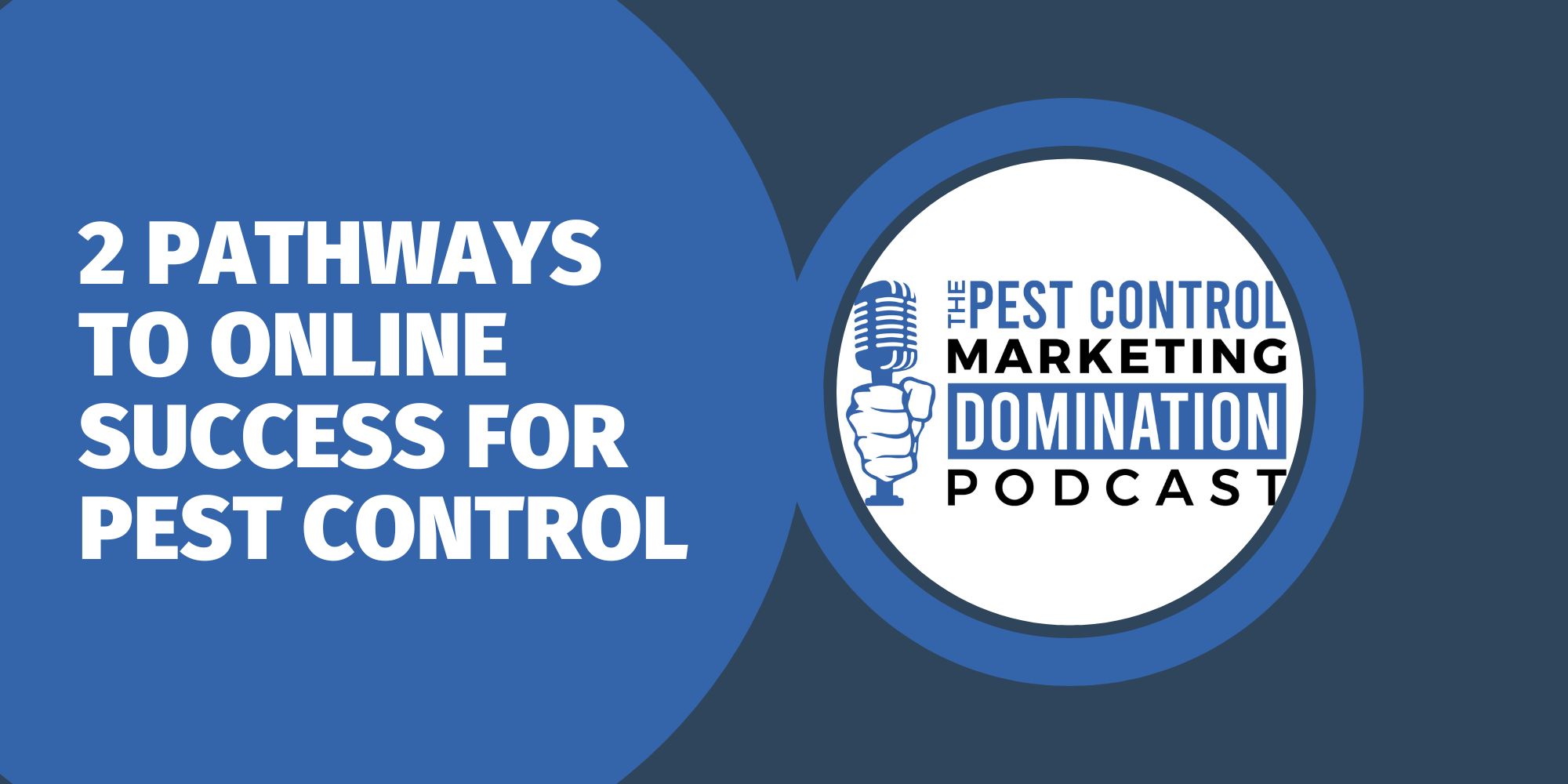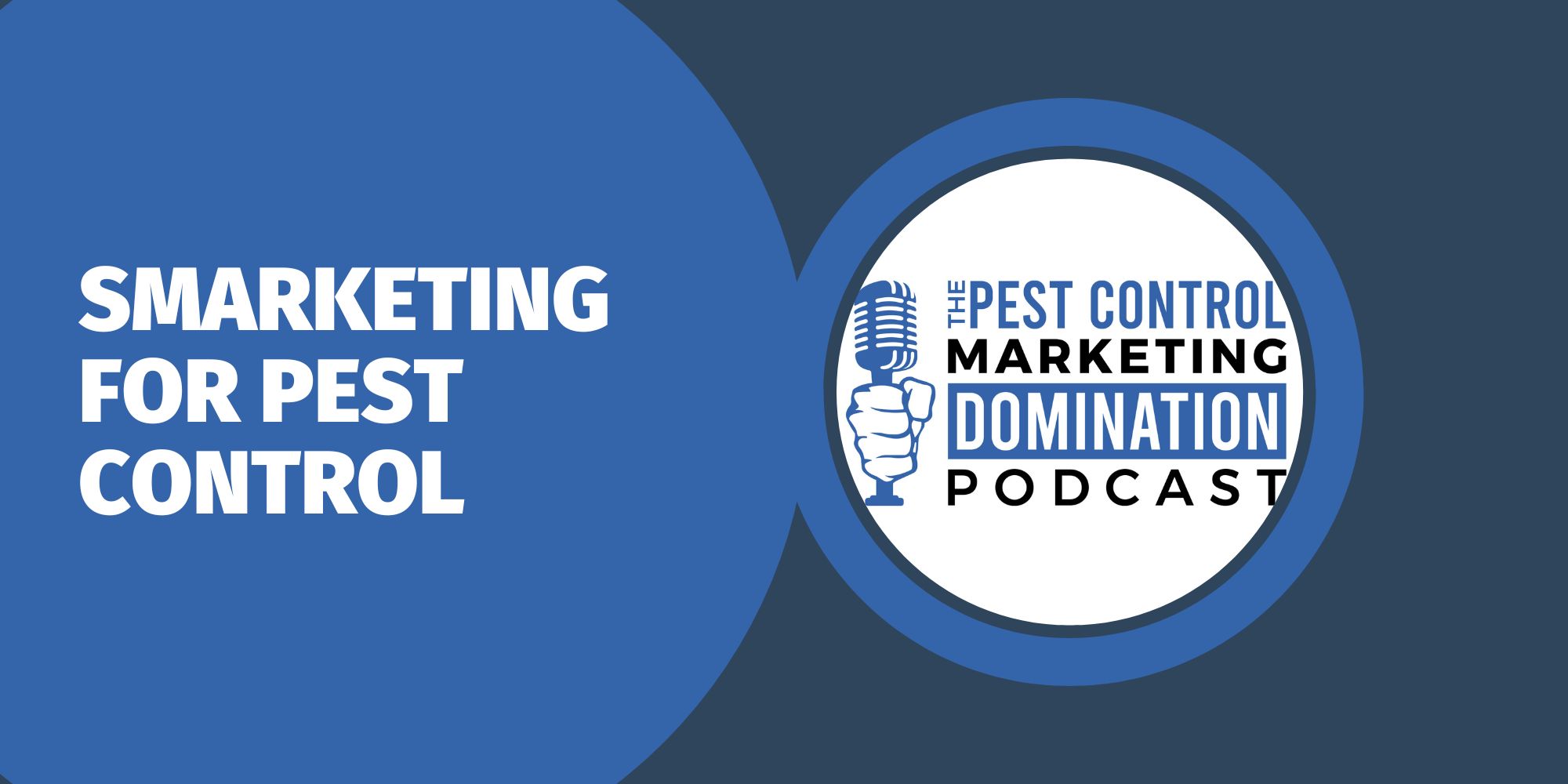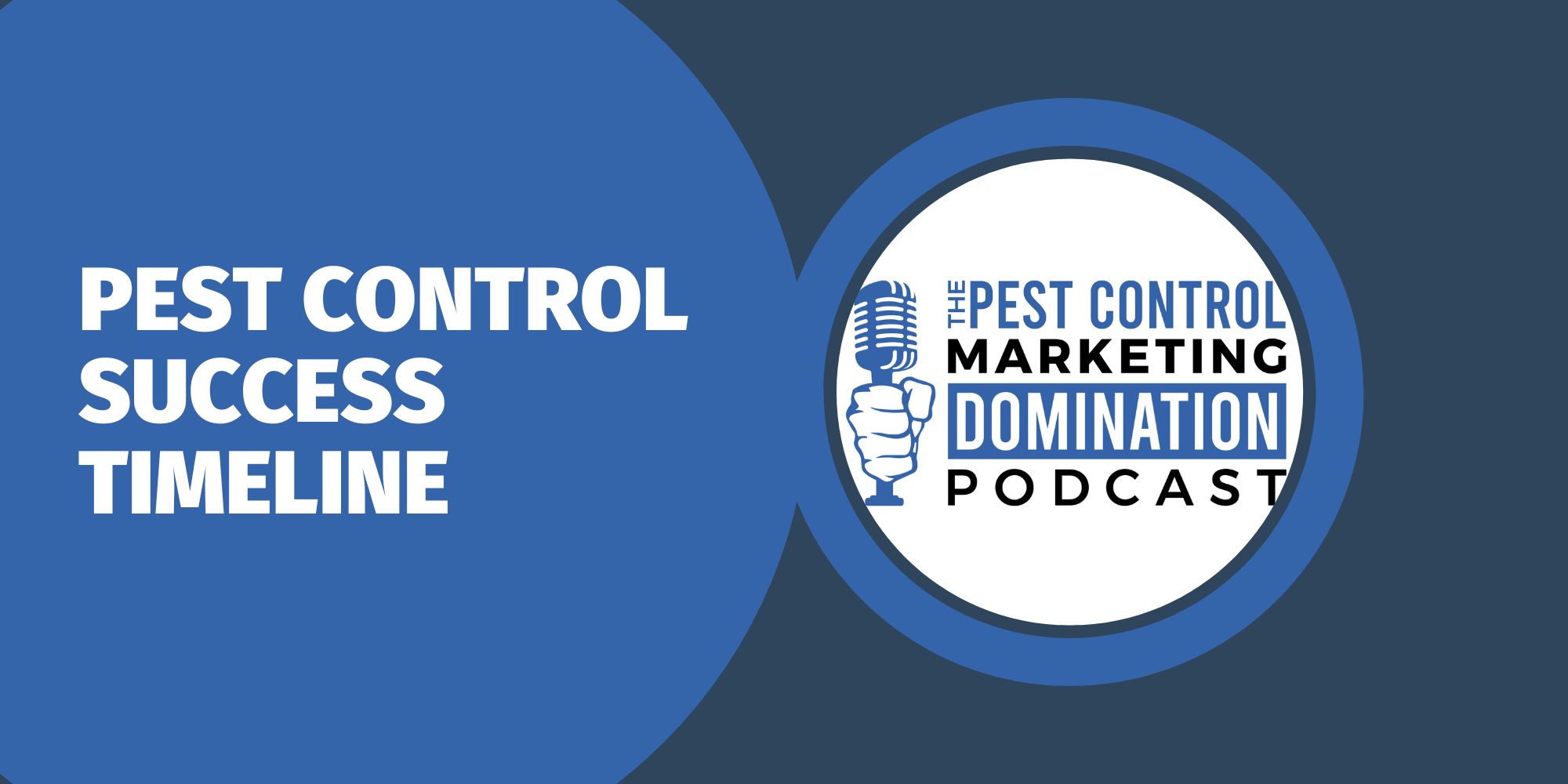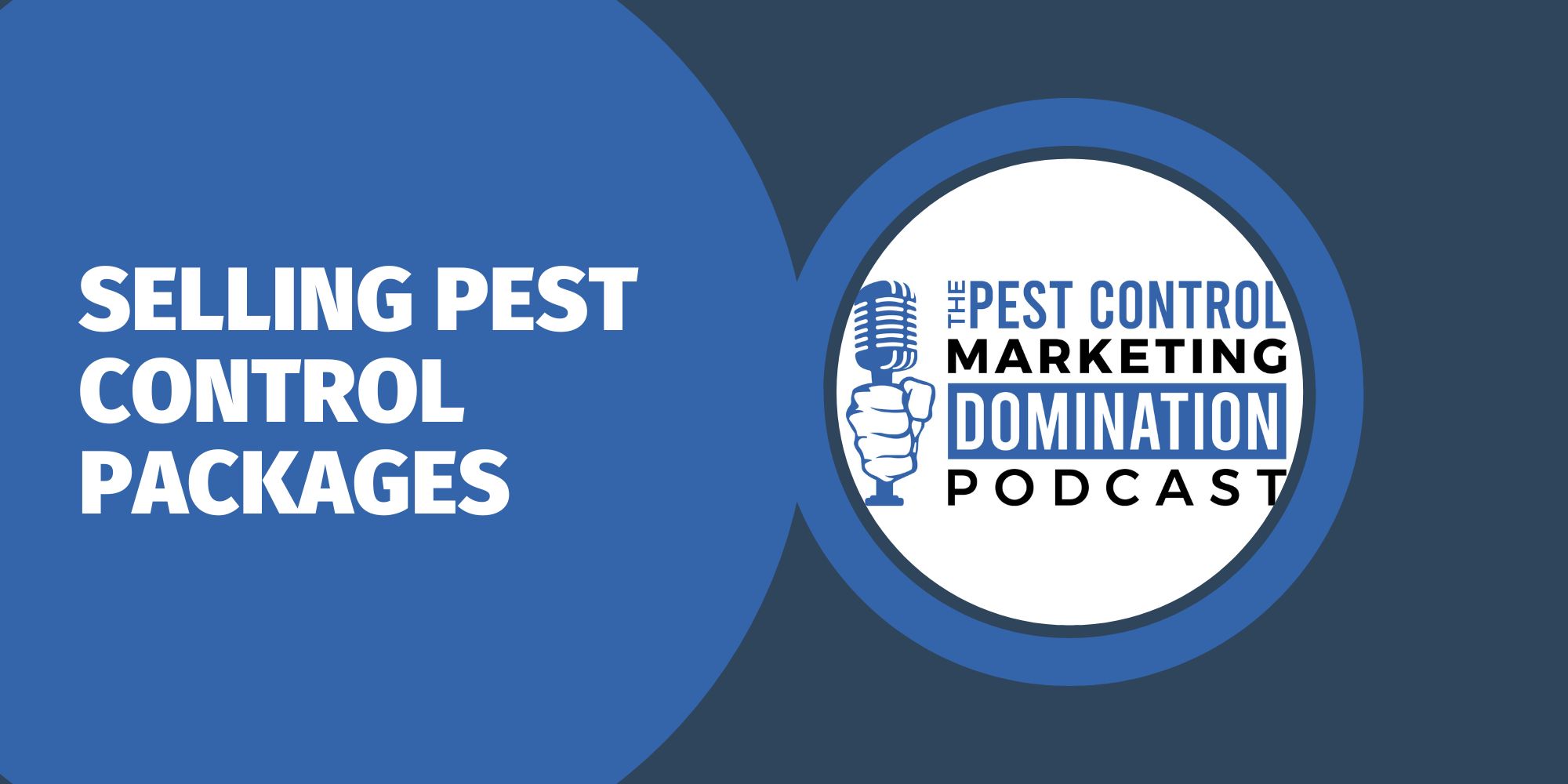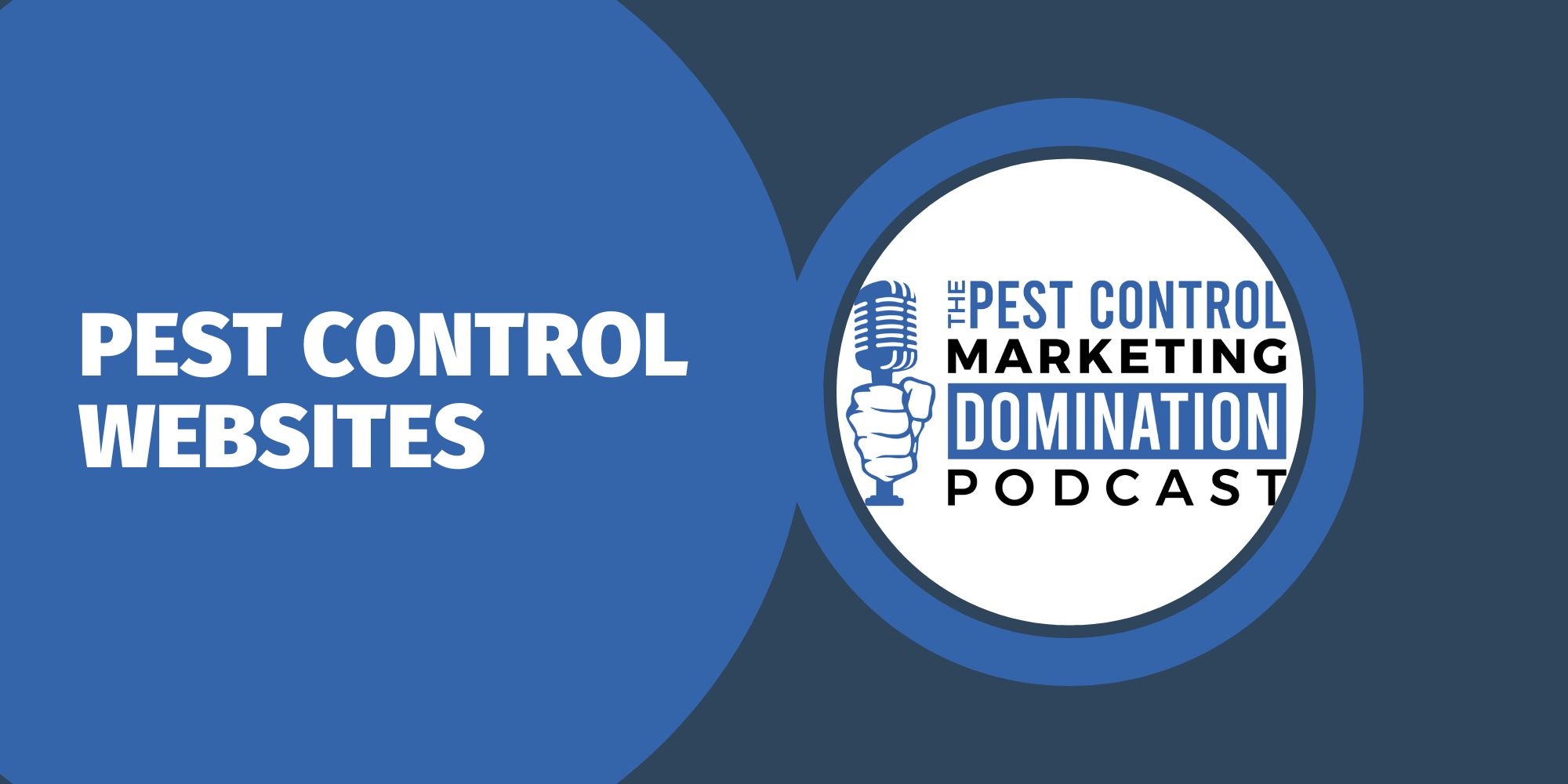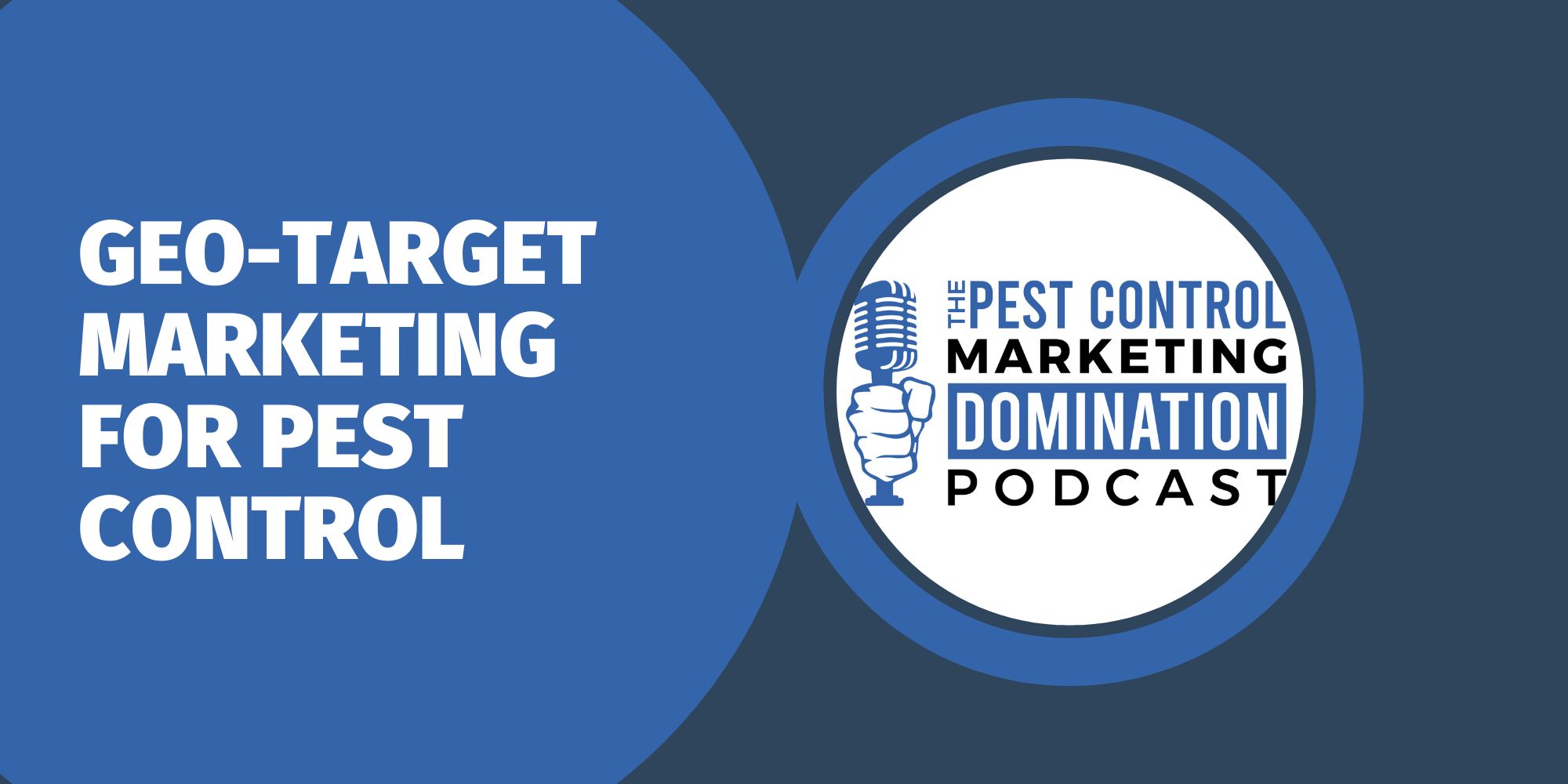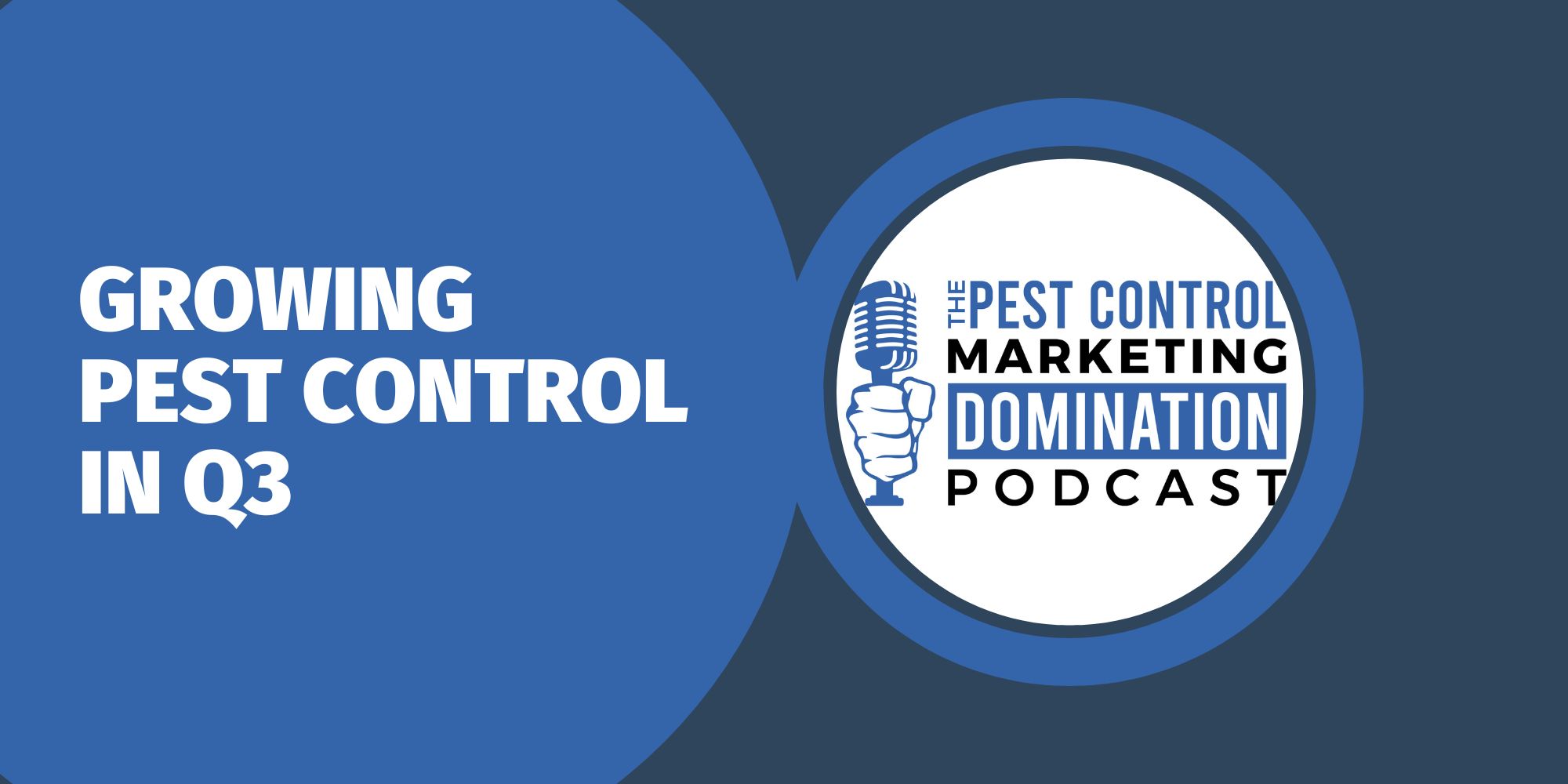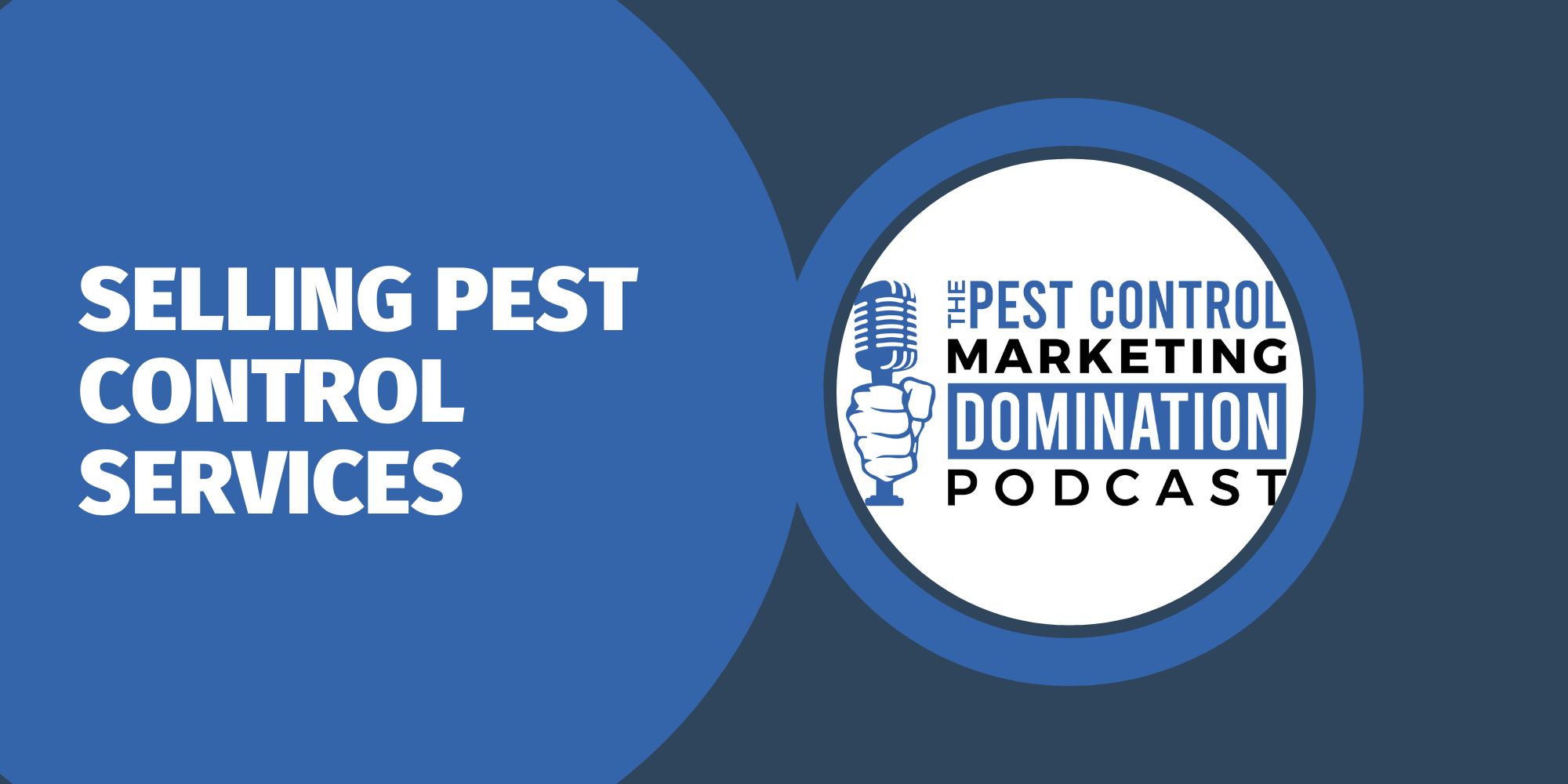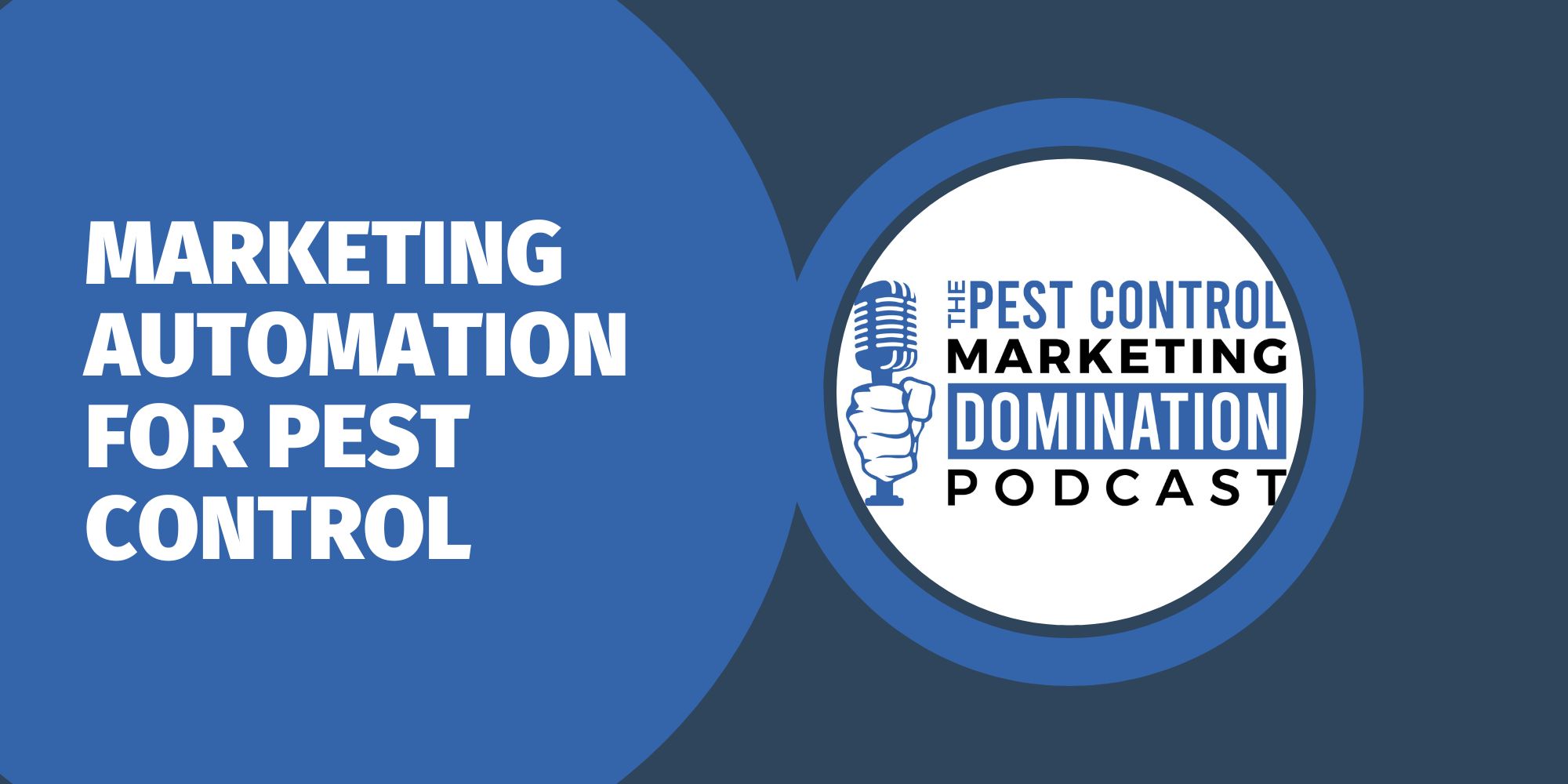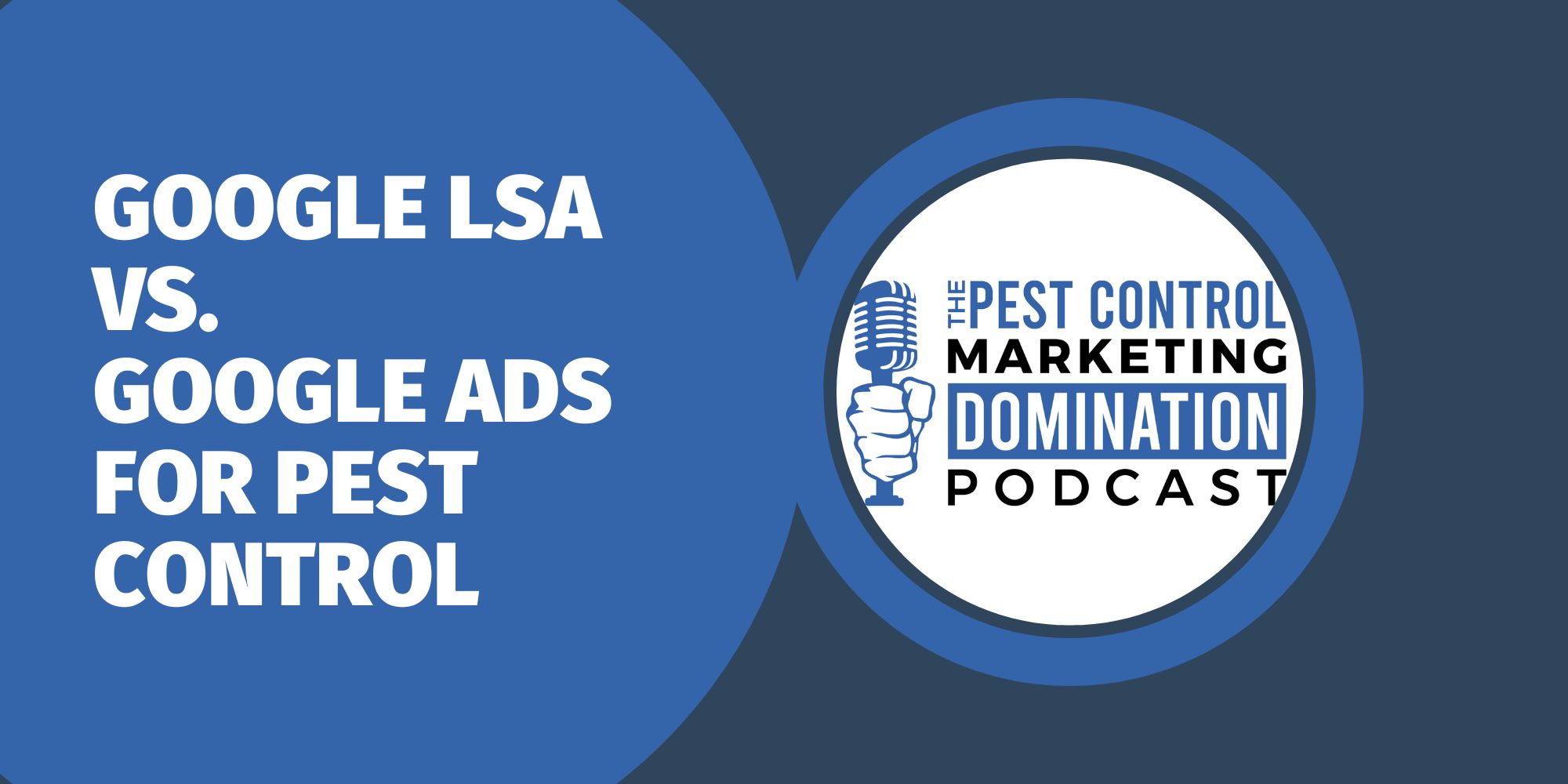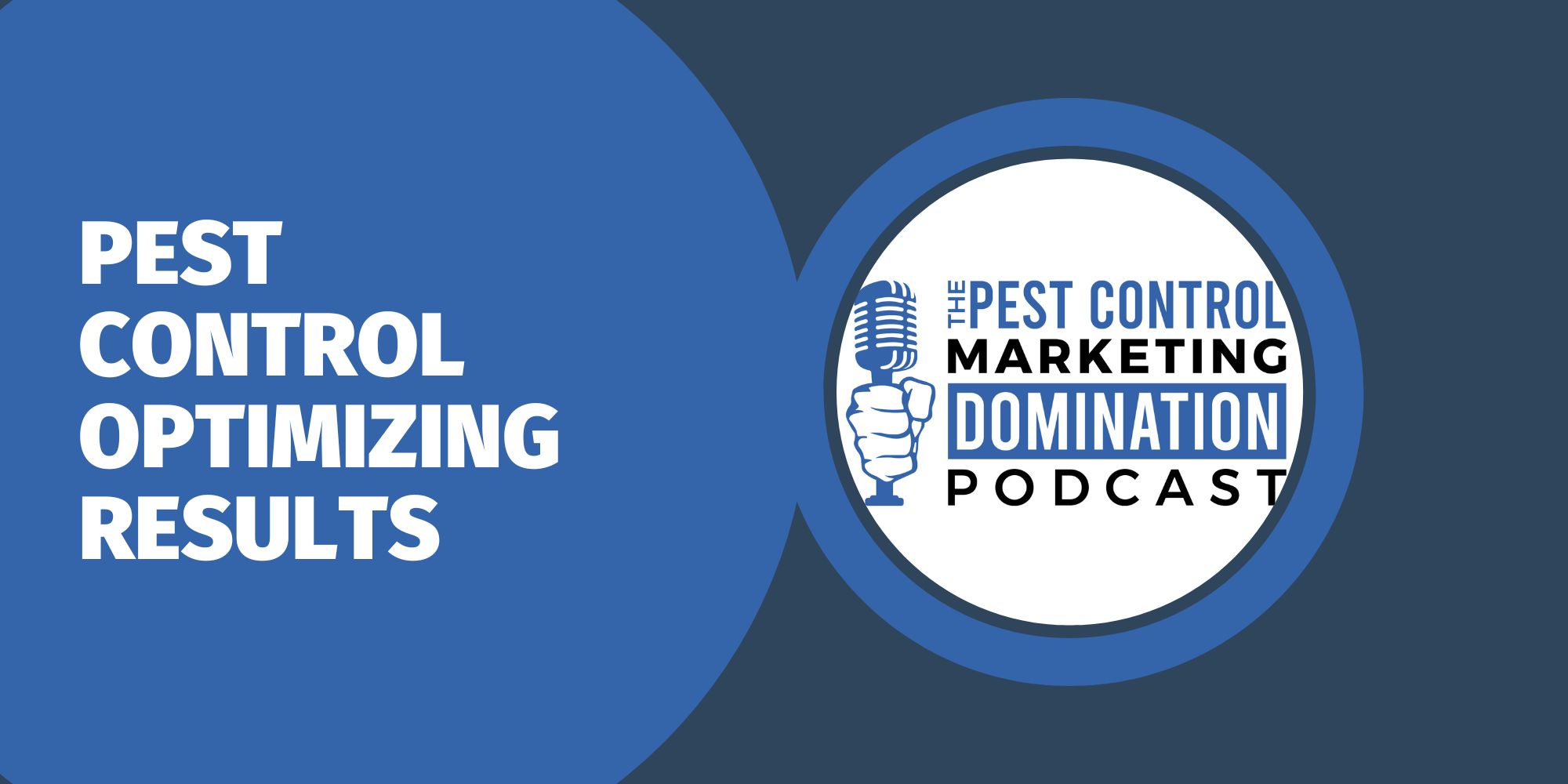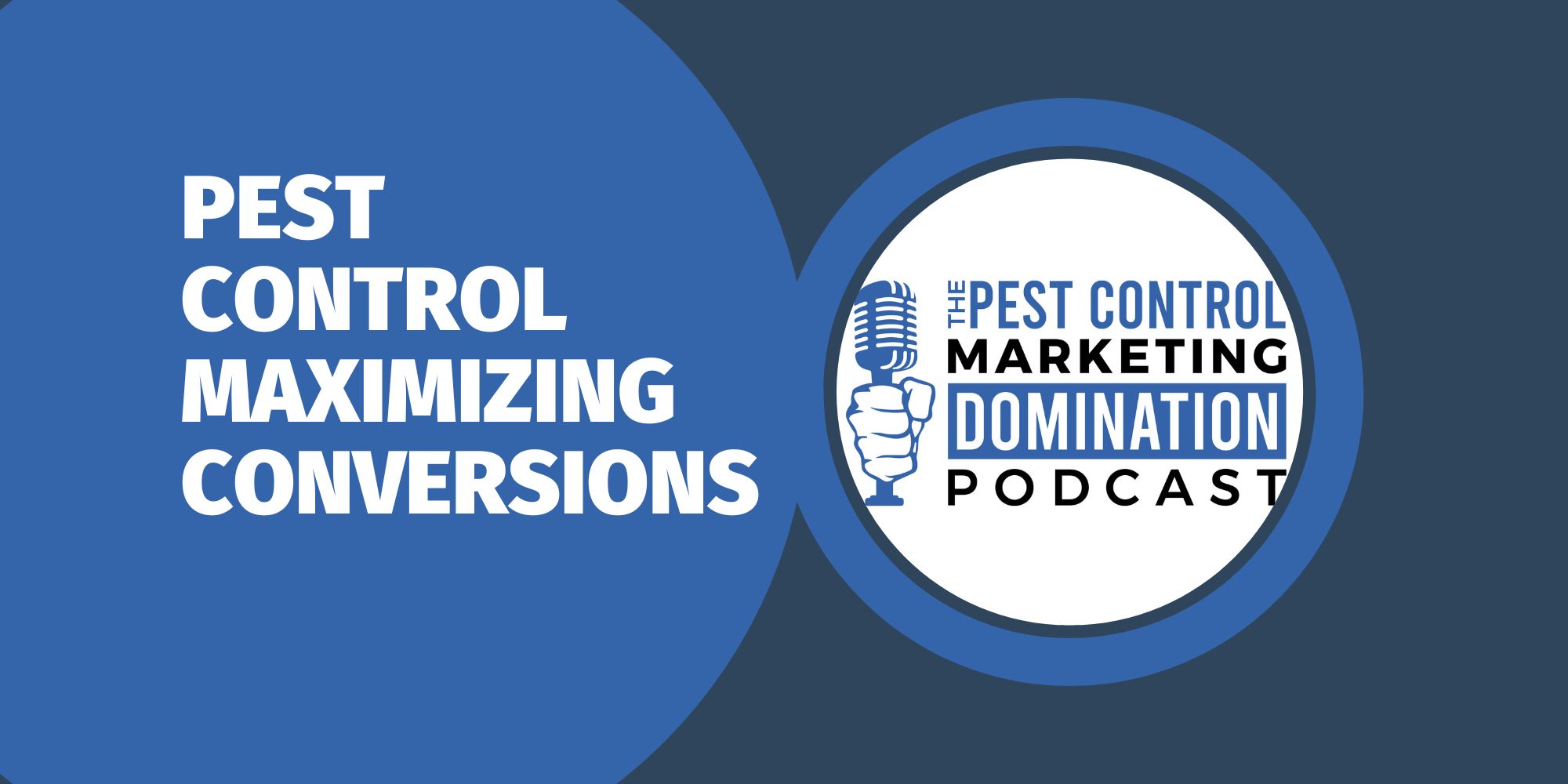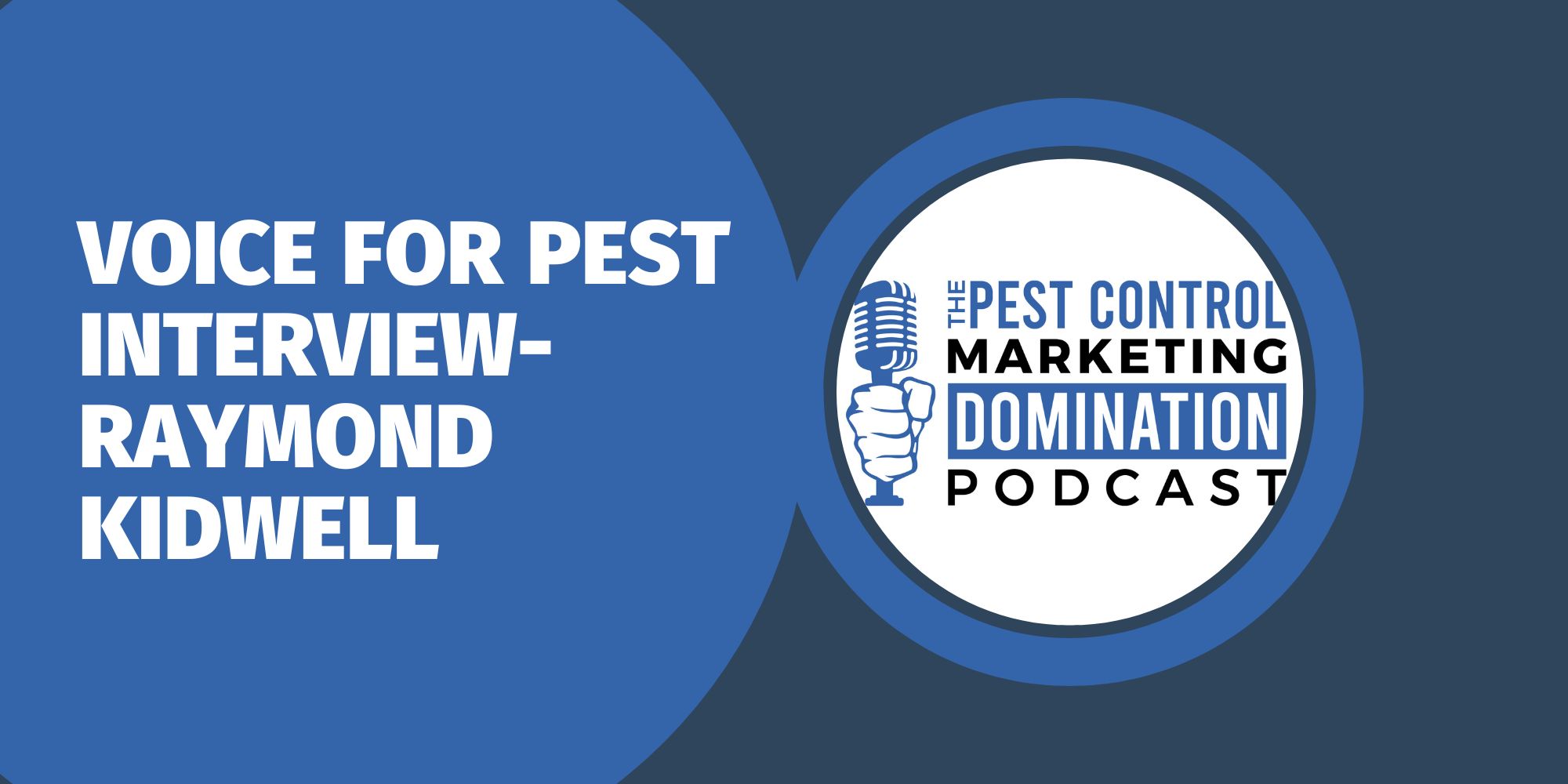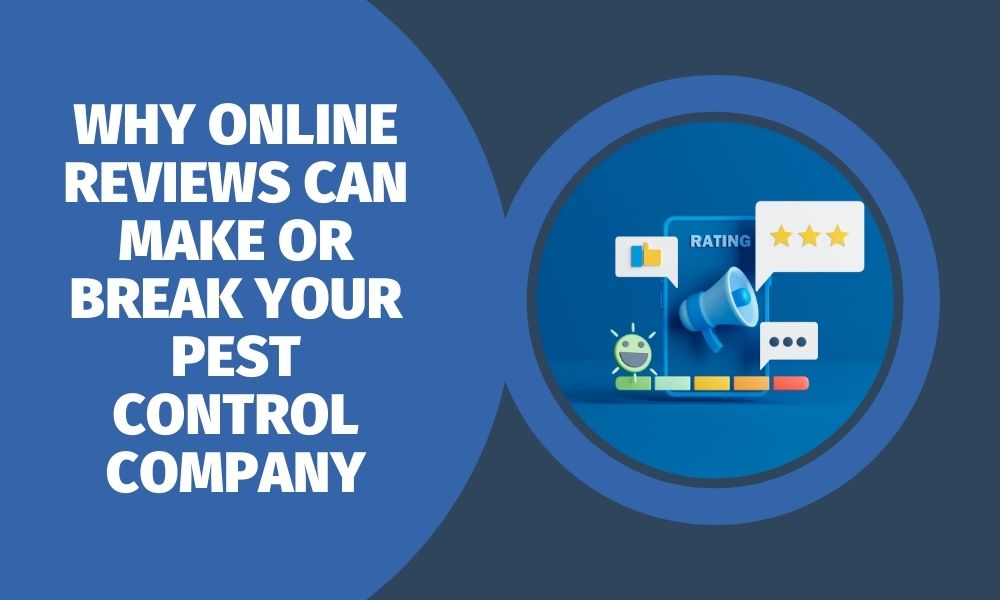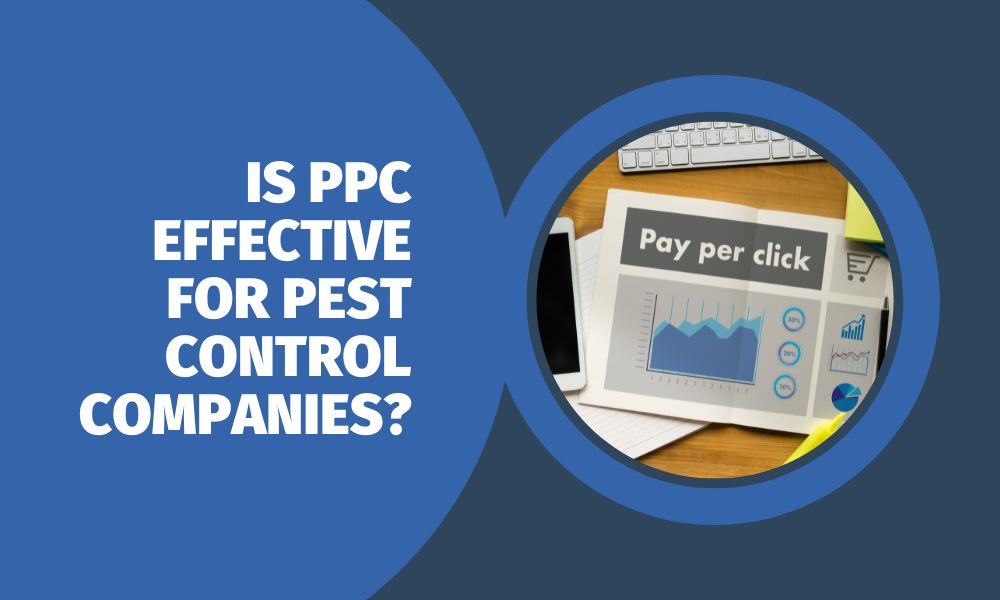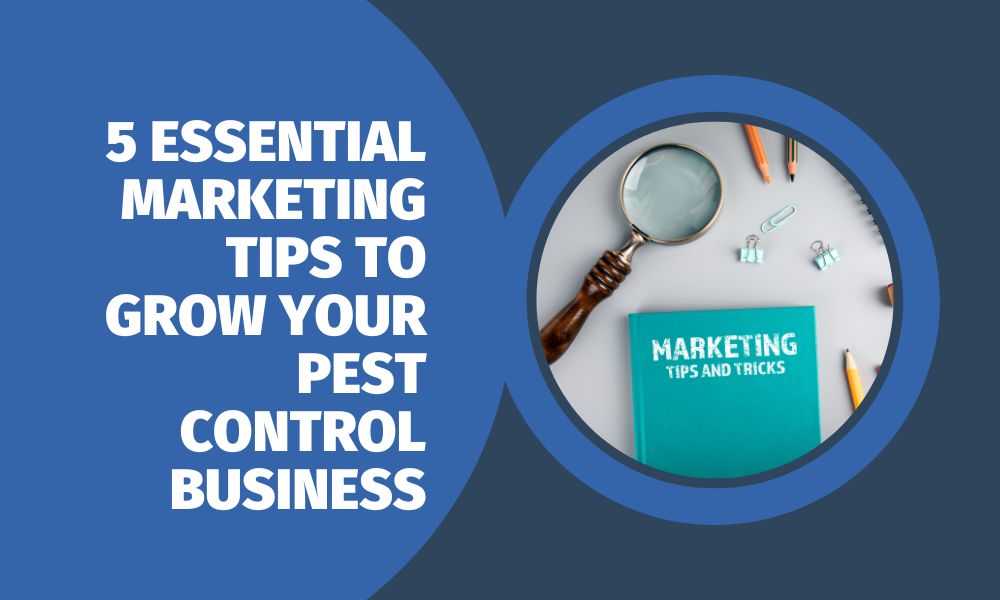Effective content planning is key to reaching your target audience and growing your pest control business. A well-structured content calendar not only keeps you organized but also ensures your content aligns with your marketing goals and customer needs. Strategic content scheduling allows you to effectively connect with your audience, ensuring engagement and reinforcing your brand’s authority in the pest control industry.
Why a Content Calendar Matters
A content calendar helps you plan and manage your content strategy with clarity and efficiency. Here’s why it’s important:
- Consistency: Regular posting builds trust and keeps your audience engaged.
- Efficiency: Organize content in advance, saving time and reducing last-minute stress.
- Alignment: Plan topics that resonate with your audience and match your business goals.
- Adaptability: Adjust your strategy based on seasonal trends and customer needs.
For pest control businesses, a content calendar ensures that topics like seasonal pest concerns and services are covered at the right time.
Steps to Create an Effective Content Calendar
1. Define Your Goals
Start by identifying your objectives—are you looking to boost engagement, drive traffic, or generate leads? Clear goals will shape the type of content you create and when you post it.
2. Research Topics and Keywords
Conduct research on trending pest control topics and keywords to ensure your content resonates with your audience. Focus on seasonal pest concerns, common customer questions, and industry updates.
3. Choose Your Content Types
Decide on the types of content to include, such as:
- Blog posts
- Social media updates
- Infographics
- Videos
- Email newsletters
Mixing content types helps keep your strategy fresh and engaging.
4. Map Out a Posting Schedule
Determine how often you’ll post and choose the best days and times for maximum visibility. Align your schedule with key business dates, such as promotions or pest control service launches.
5. Use Tools to Organize Your Calendar
Leverage tools like spreadsheets, project management platforms, or specific content calendar apps to keep your schedule organized. These tools make it easy to track deadlines, topics, and progress.
6. Review and Adjust
Periodically analyze your calendar’s performance to identify what works and what needs improvement. Use insights to refine your content strategy over time.
Tips for Maximizing Your Content Calendar
- Incorporate Seasonal Content: Address pest concerns that arise during specific times of the year, like termite swarms in spring or mosquito control in summer.
- Repurpose High-Performing Content: Transform successful blog posts into social media graphics, videos, or email campaigns.
- Engage Your Audience: Include interactive content such as polls or Q&A sessions to boost engagement.
- Monitor Results: Track metrics like engagement and traffic to ensure your efforts are delivering results.
Strengthen Your Content Strategy for Long-Term Success
Creating a content calendar takes time and effort, but the results are worth it. A well-thought-out schedule ensures your pest control business maintains consistency, stays visible, and delivers relevant content that meets your customers’ needs. By planning ahead, you can focus on crafting high-quality content that drives engagement and establishes your authority in the industry.
If you’re ready to streamline your content efforts, Rhino Pest Control Marketing is here to provide the expertise you need to elevate your strategy.
Connect with Rhino Pest Control Marketing now to create a custom content calendar that enhances engagement, builds your brand’s authority, and attracts more customers to your pest control services.


